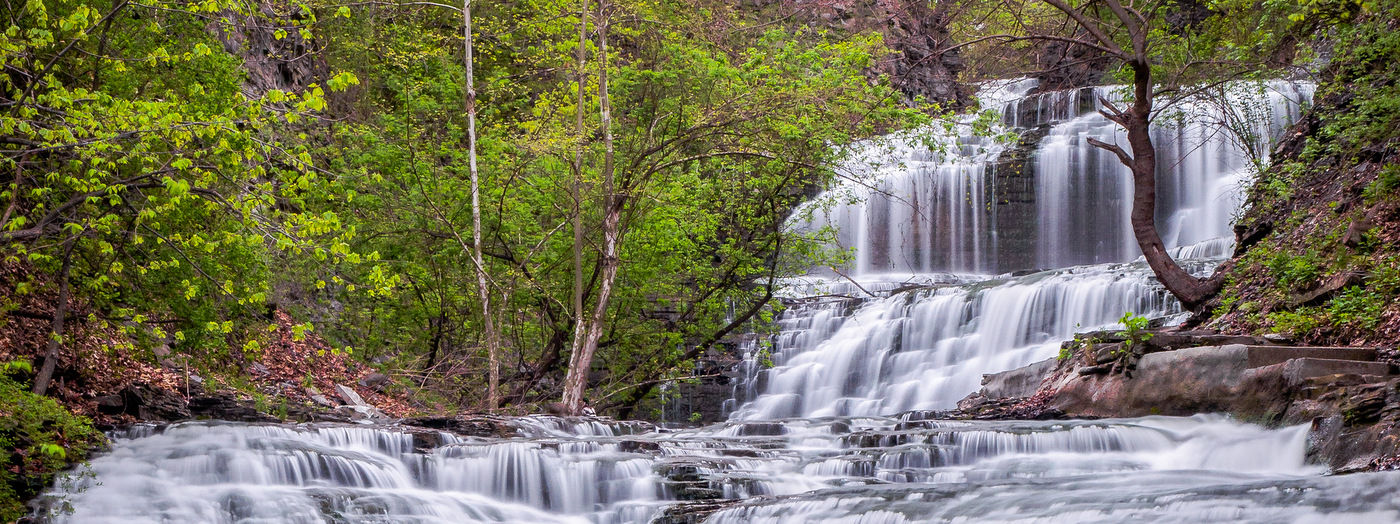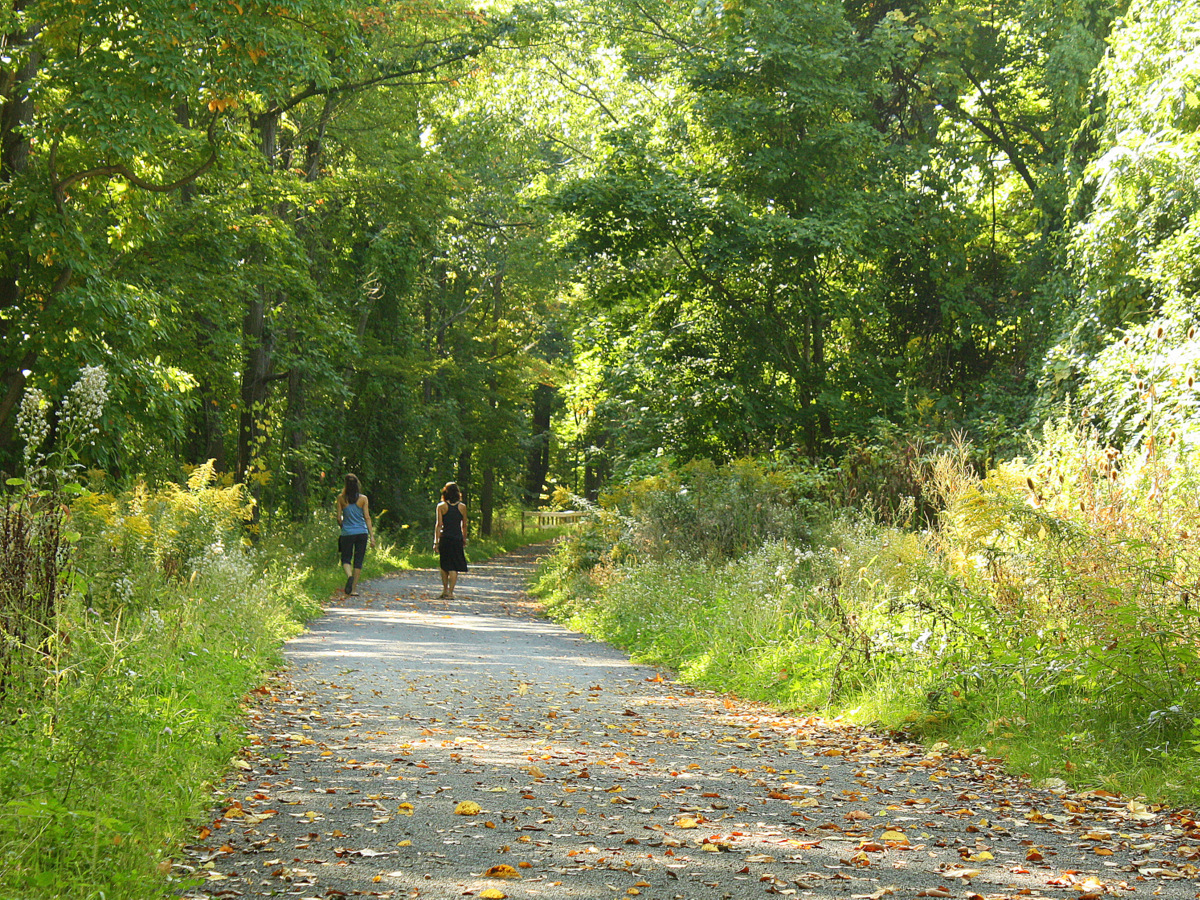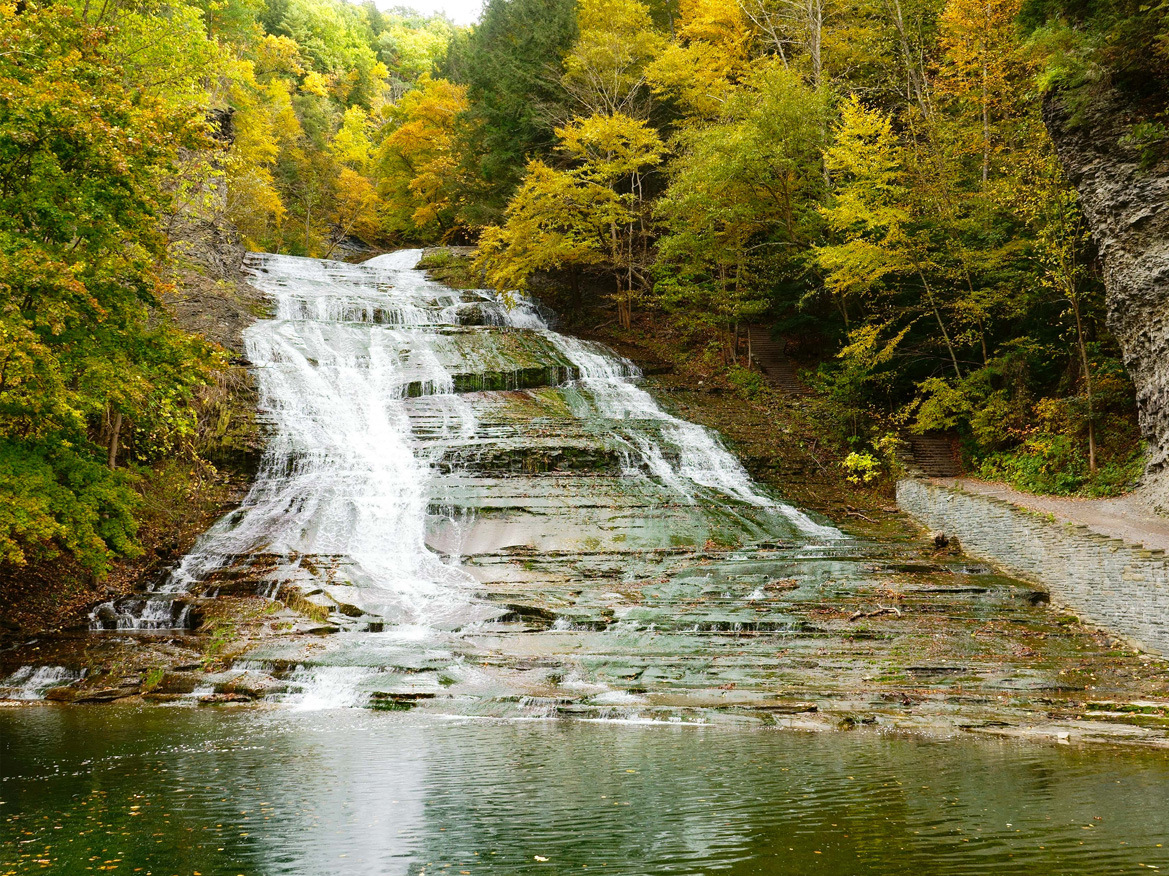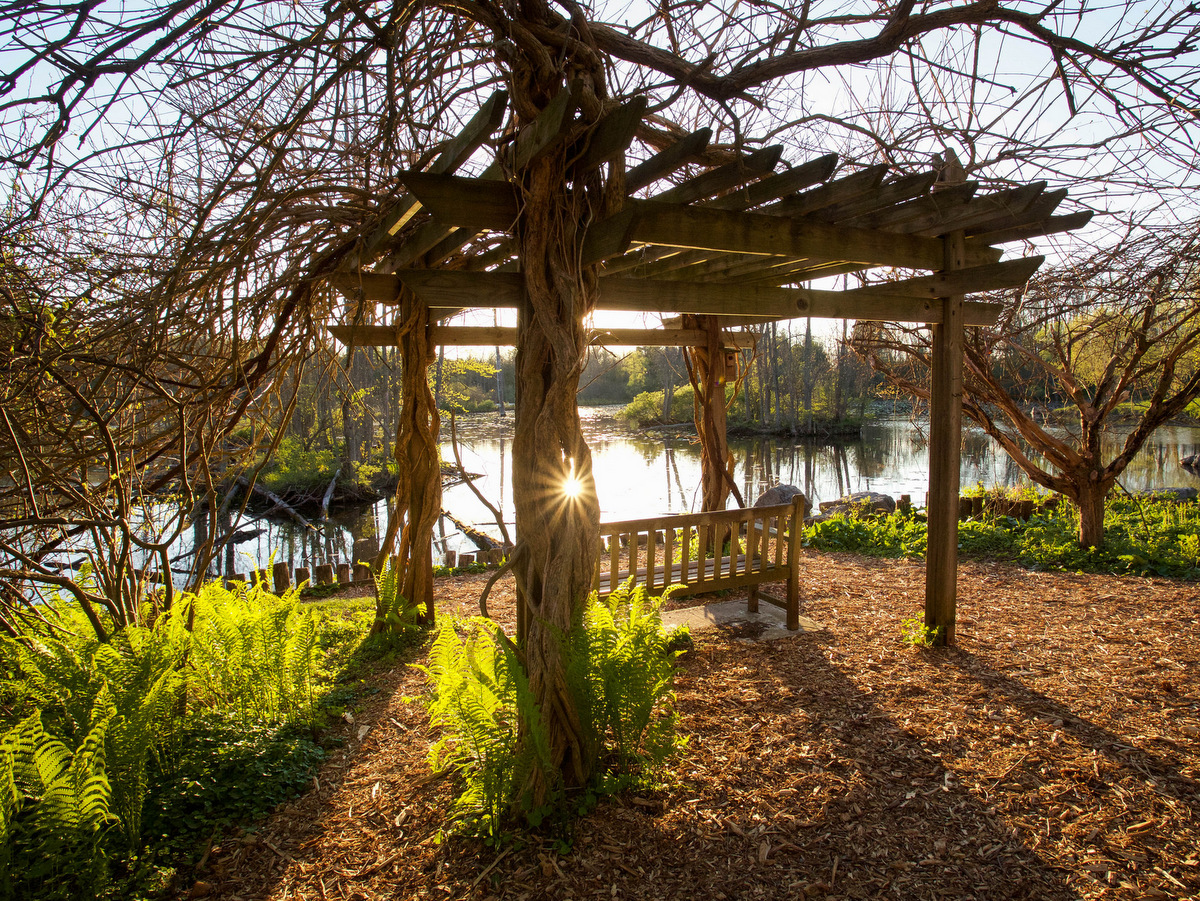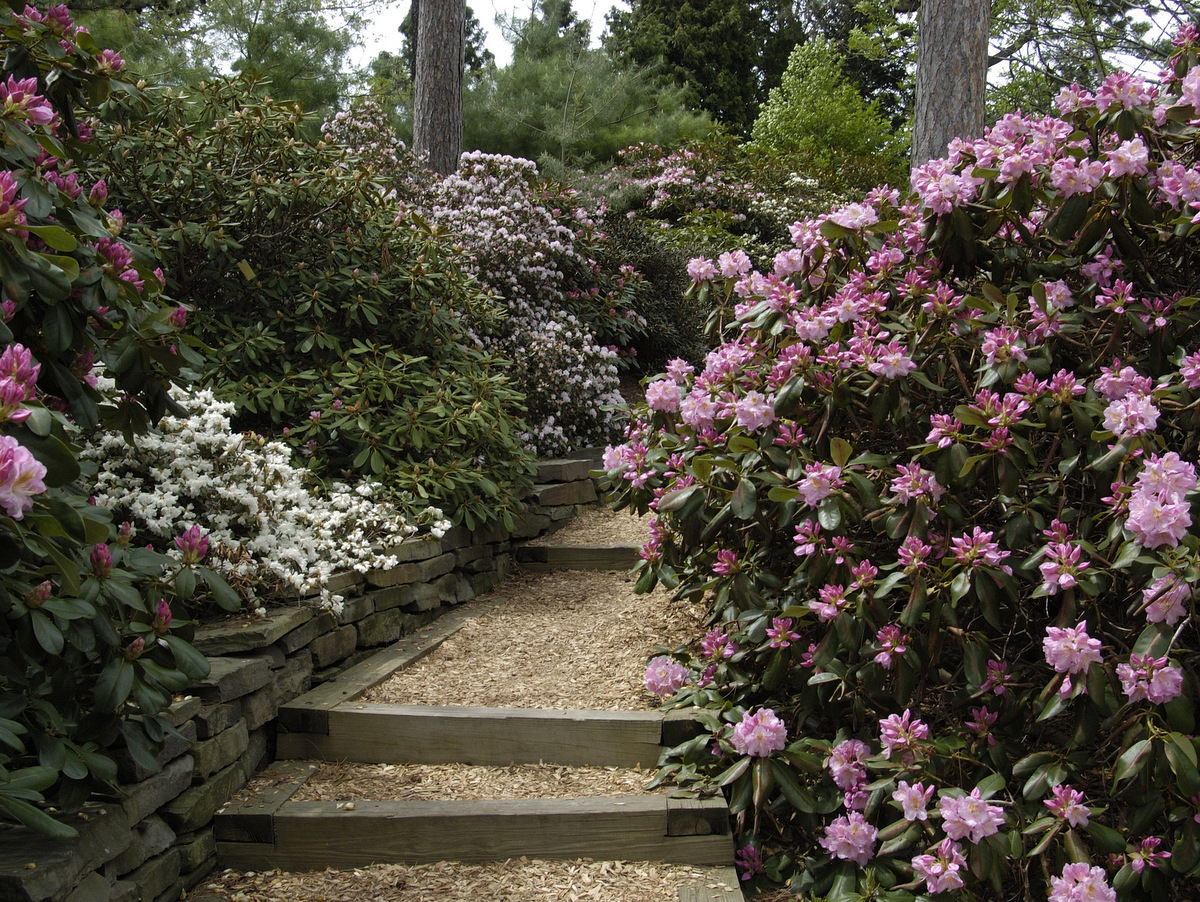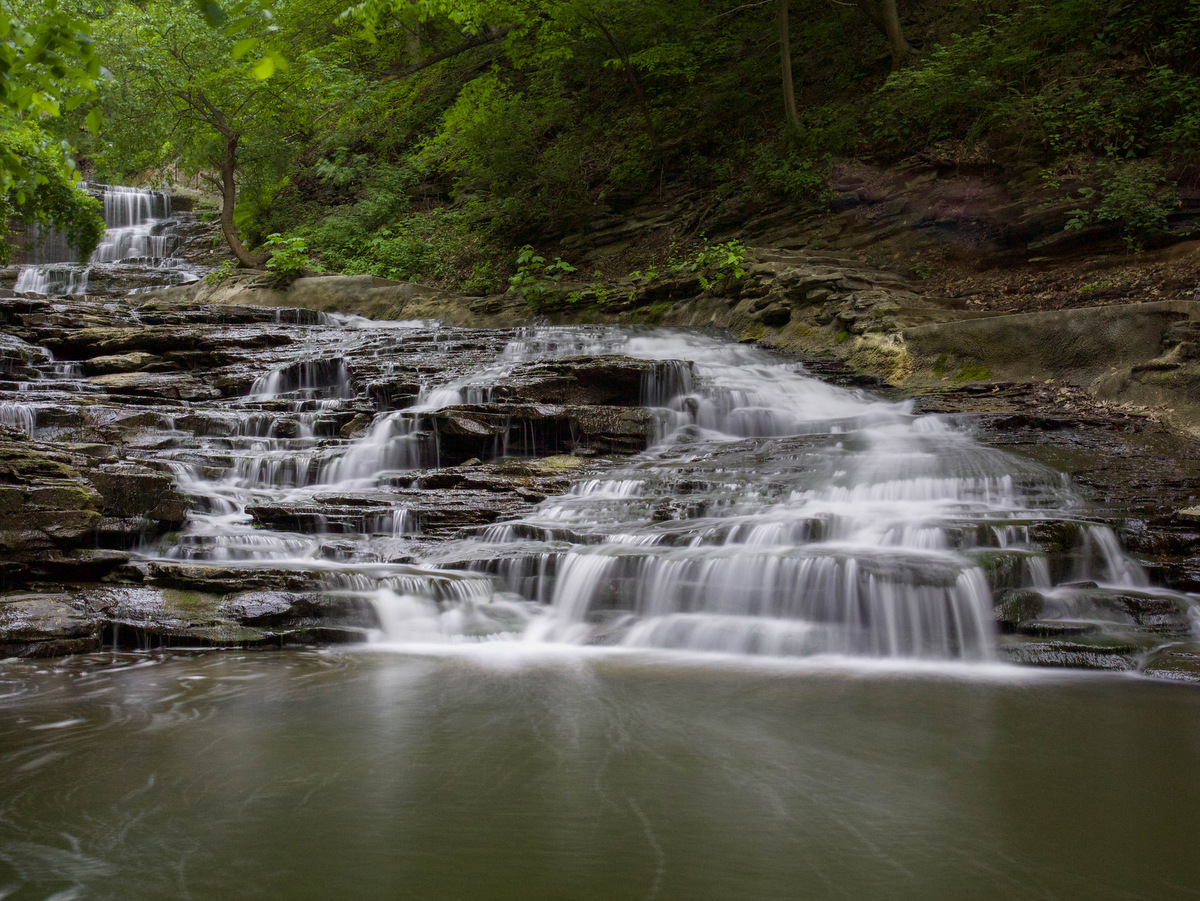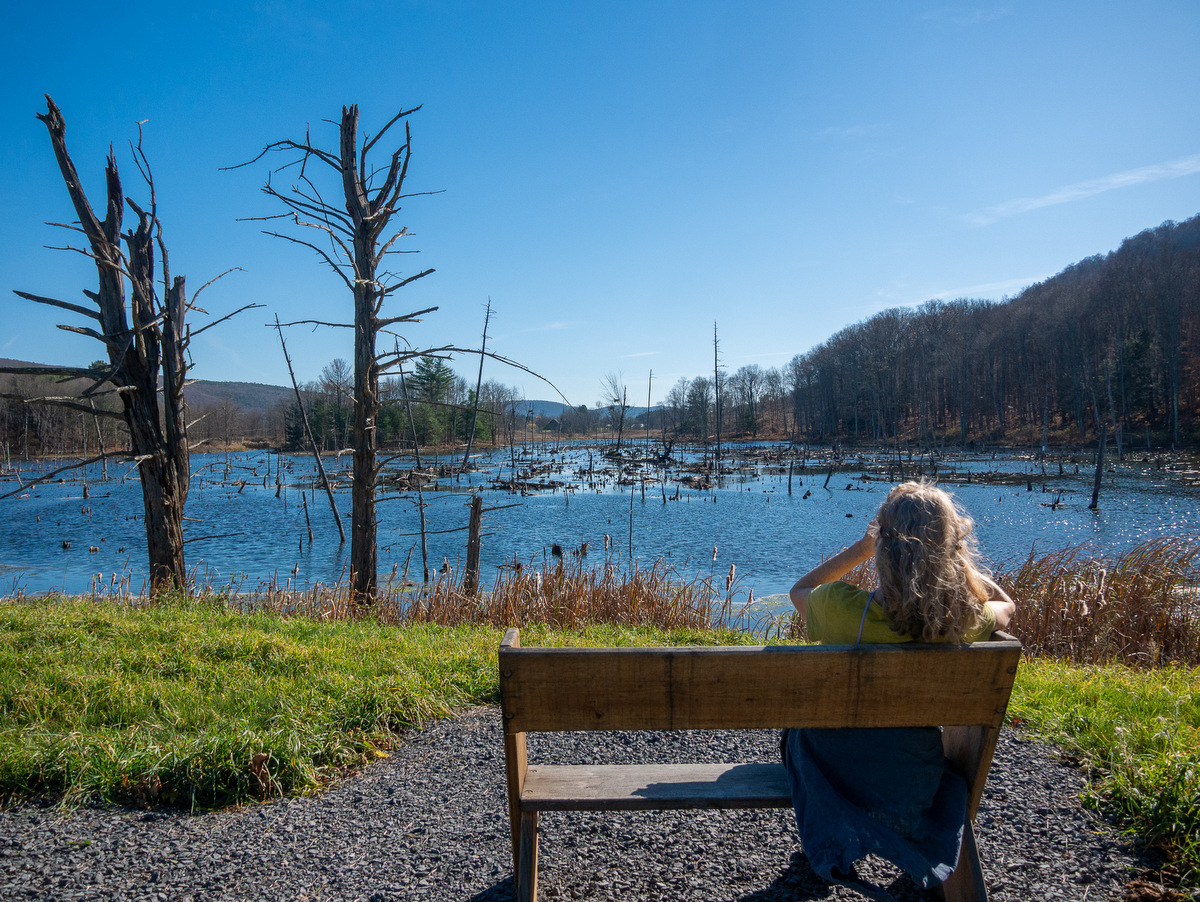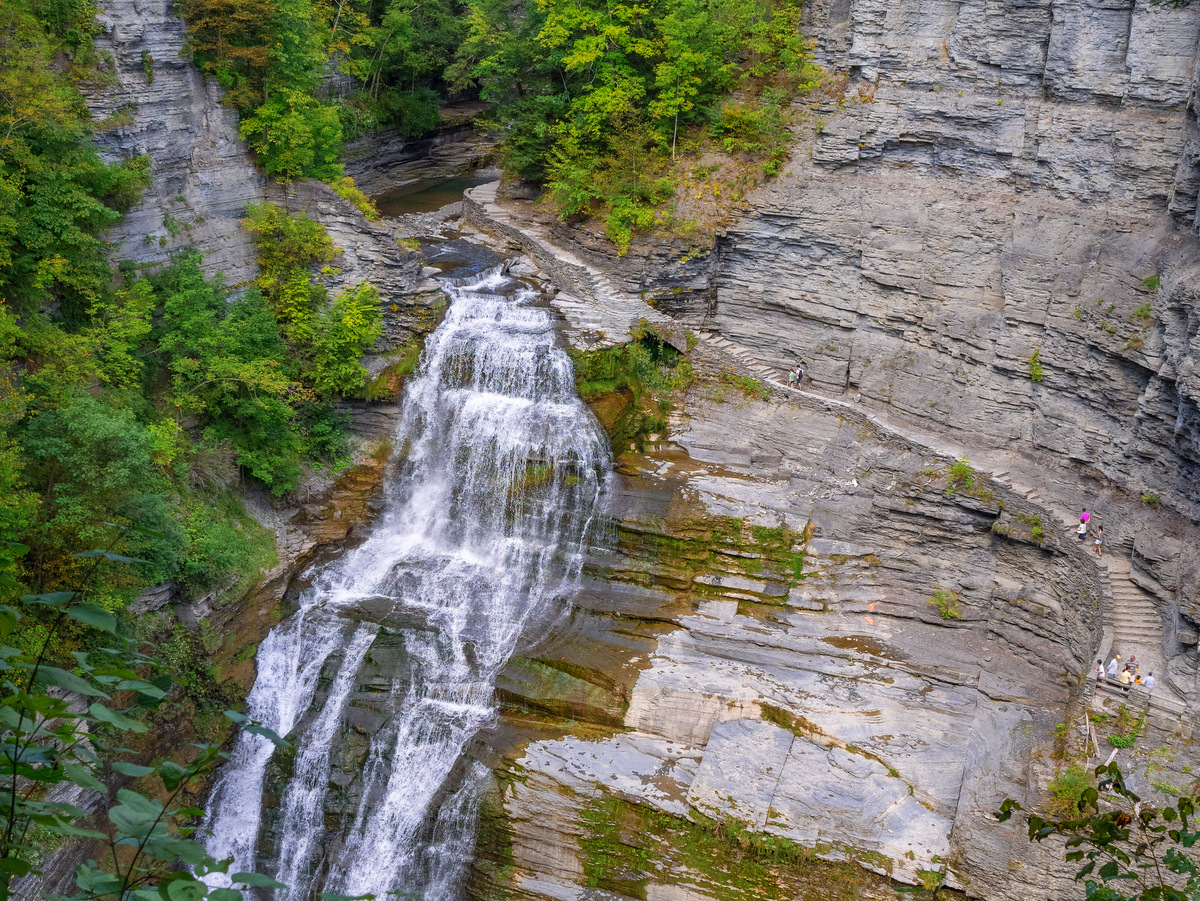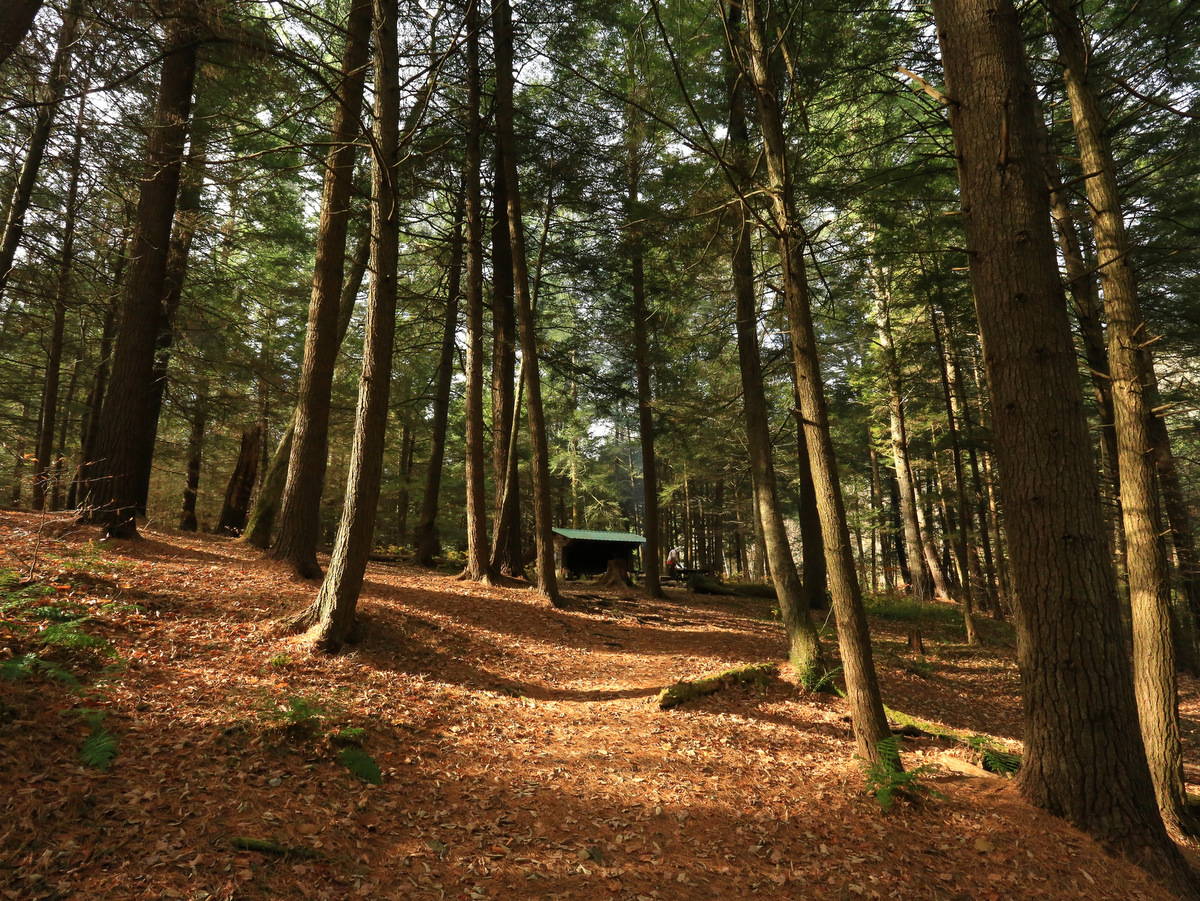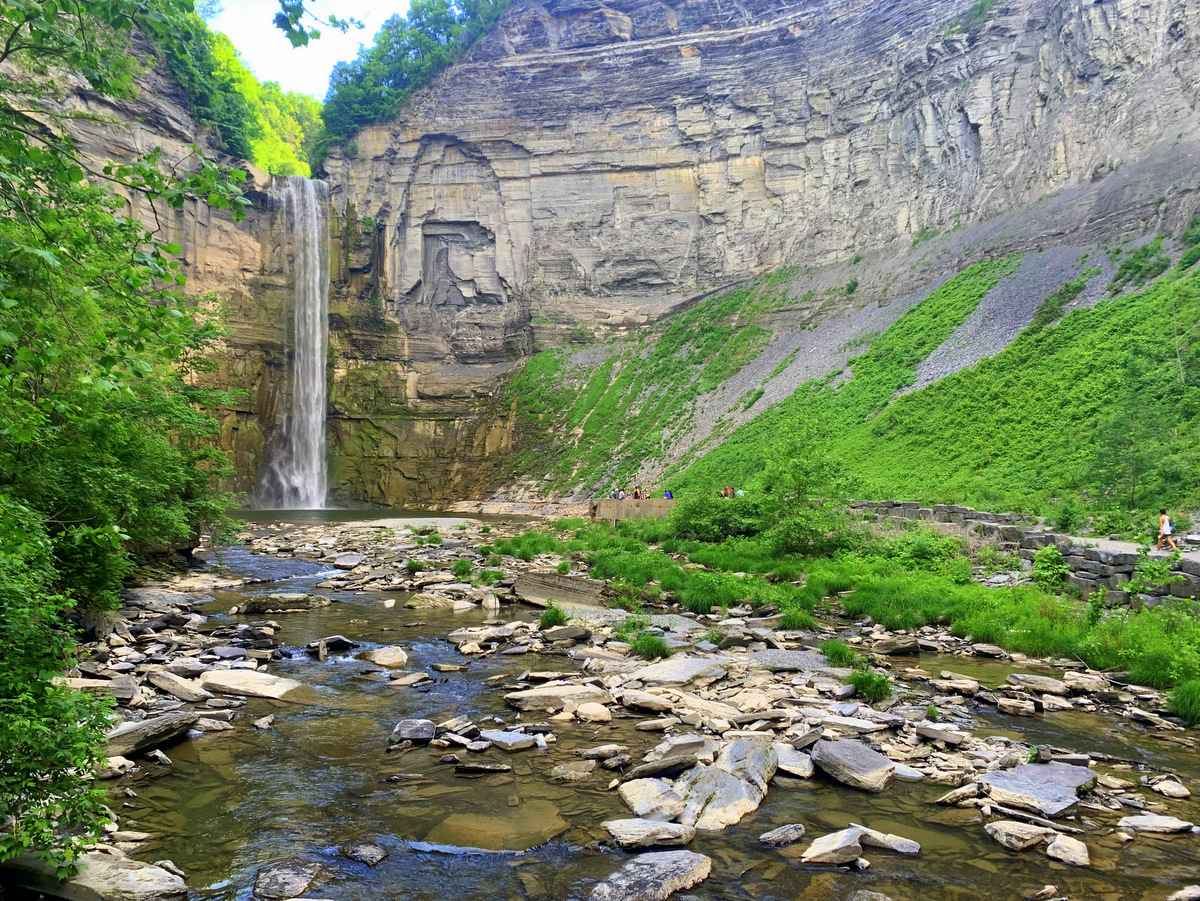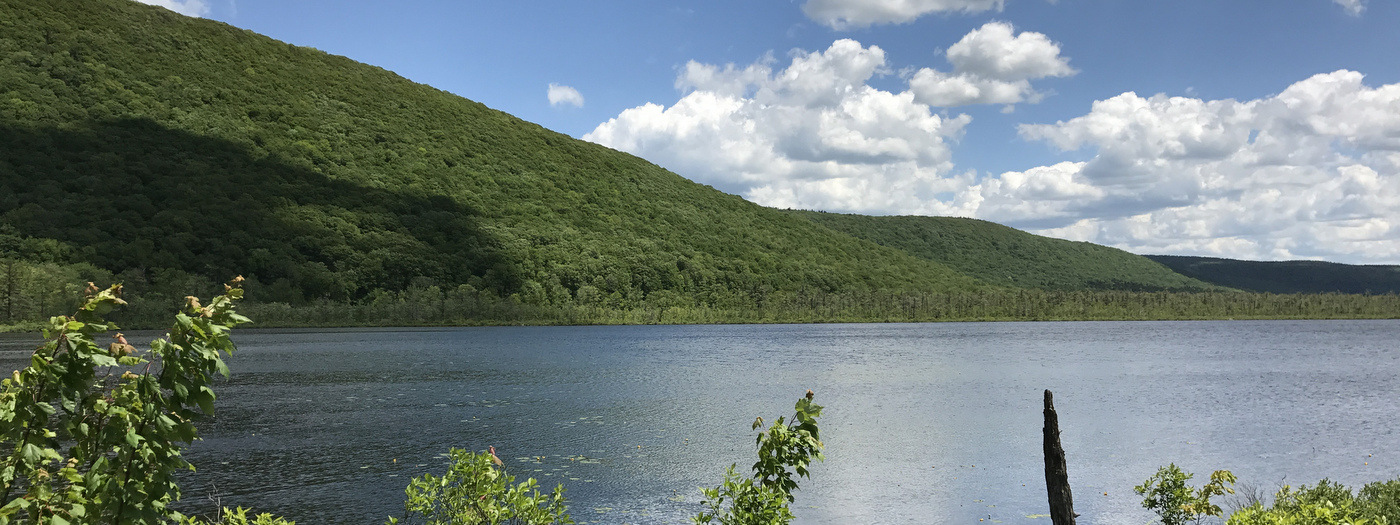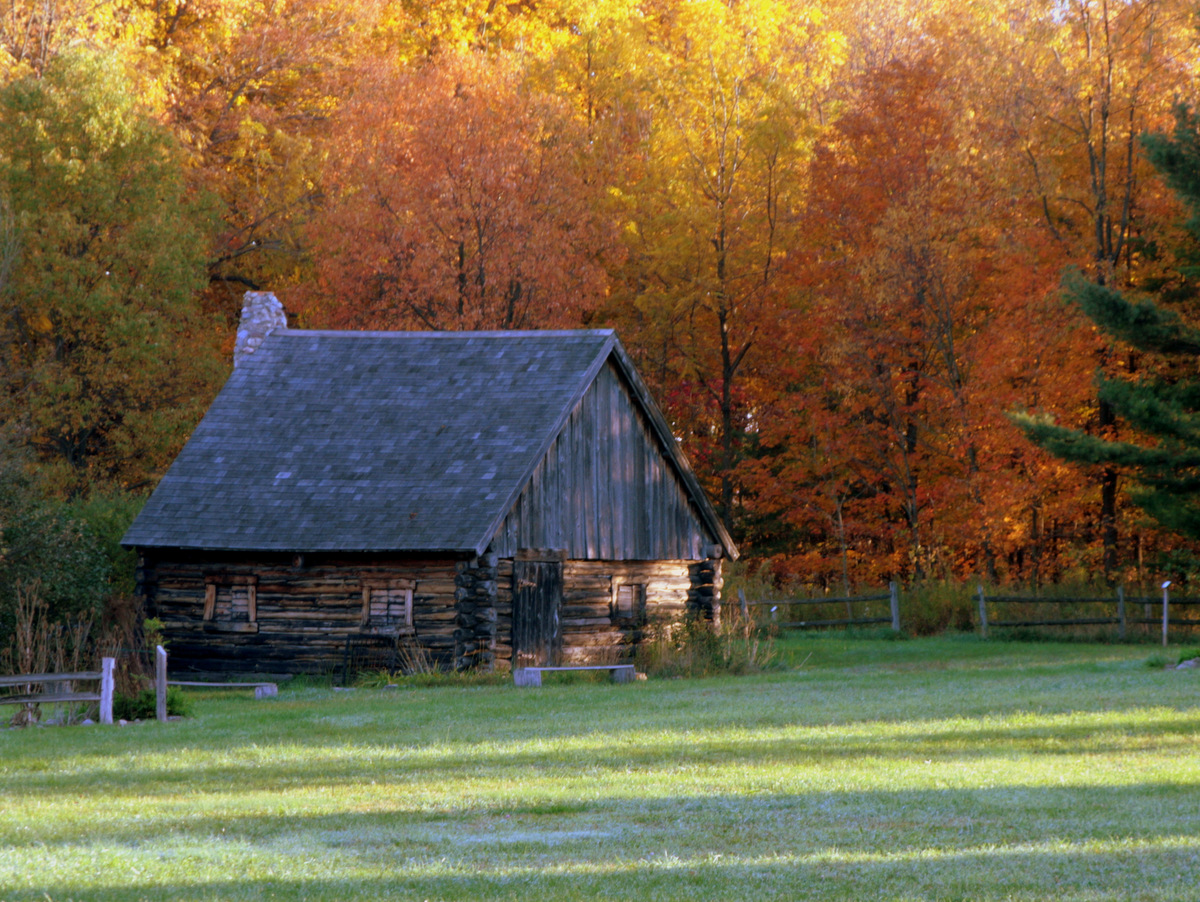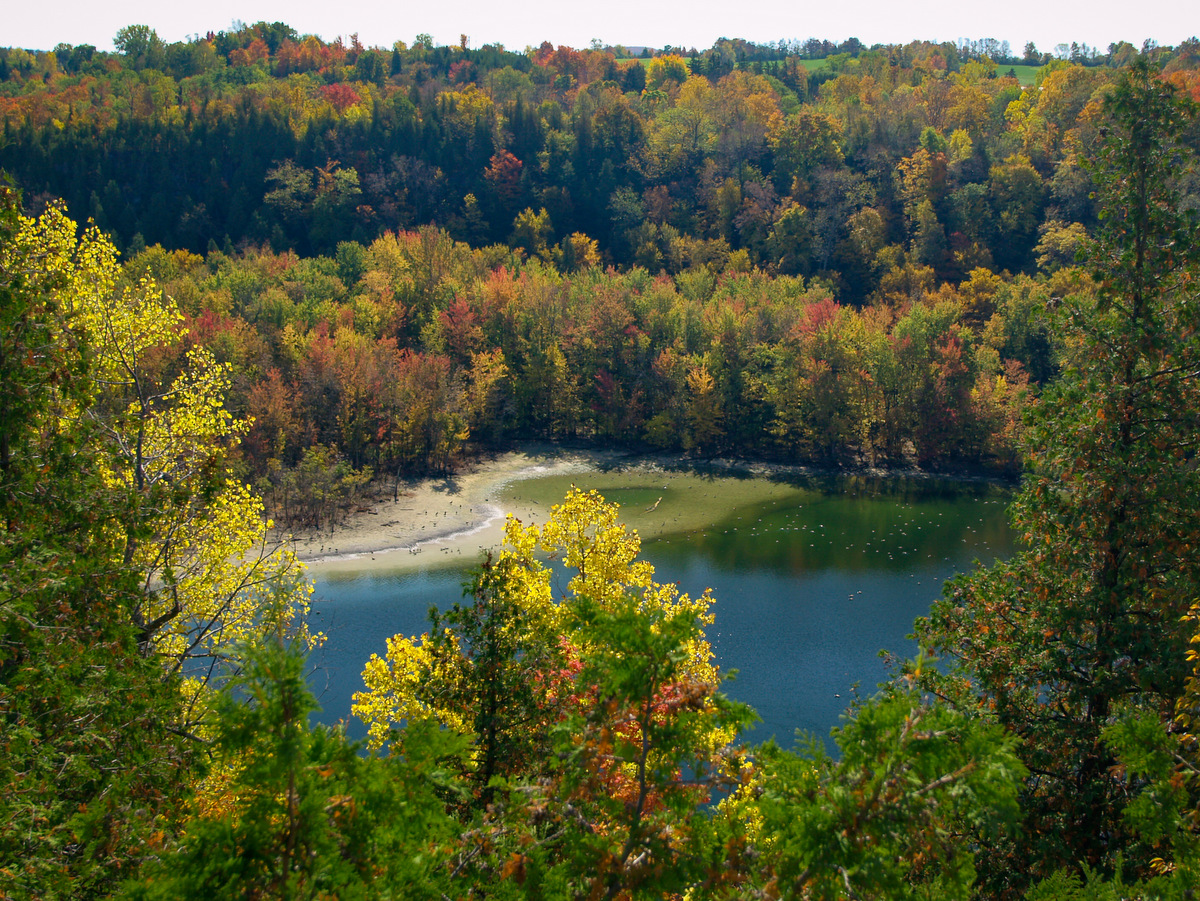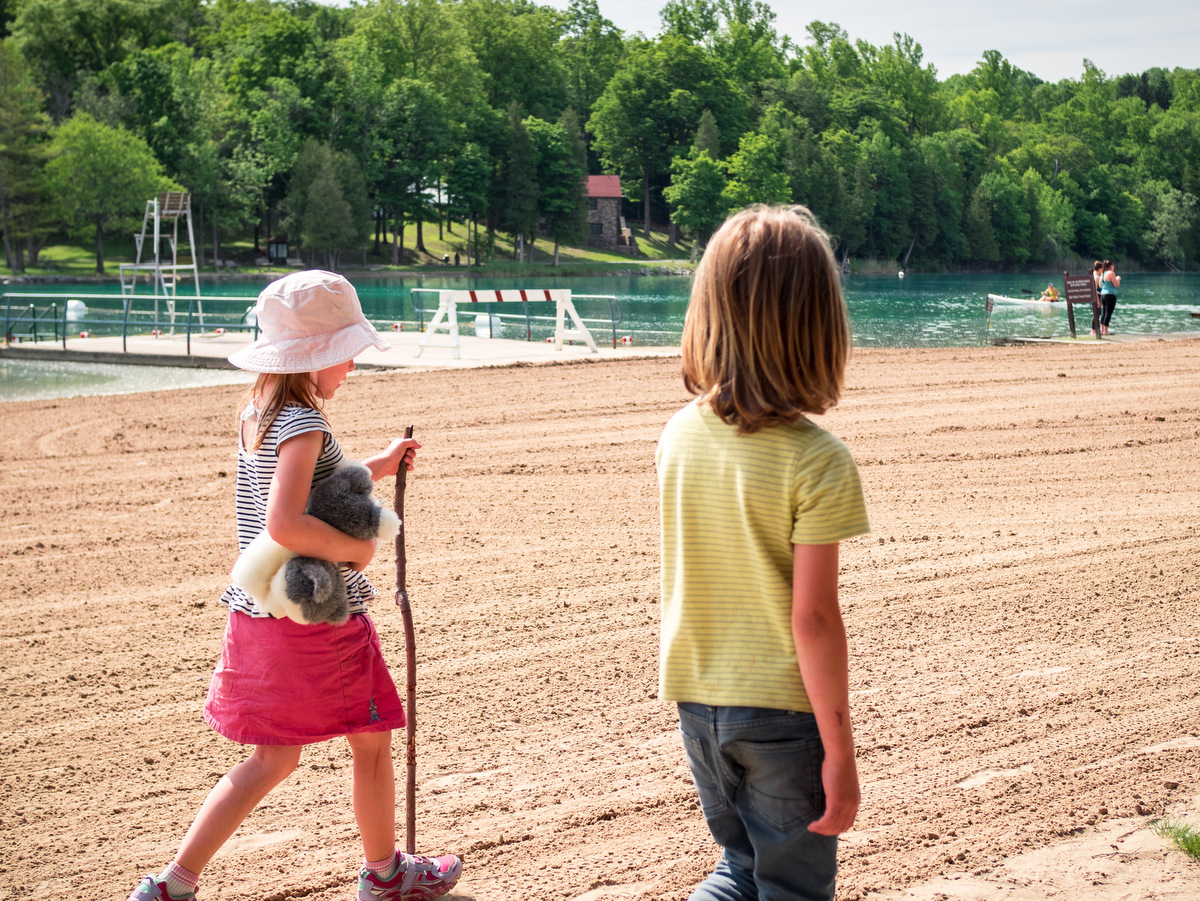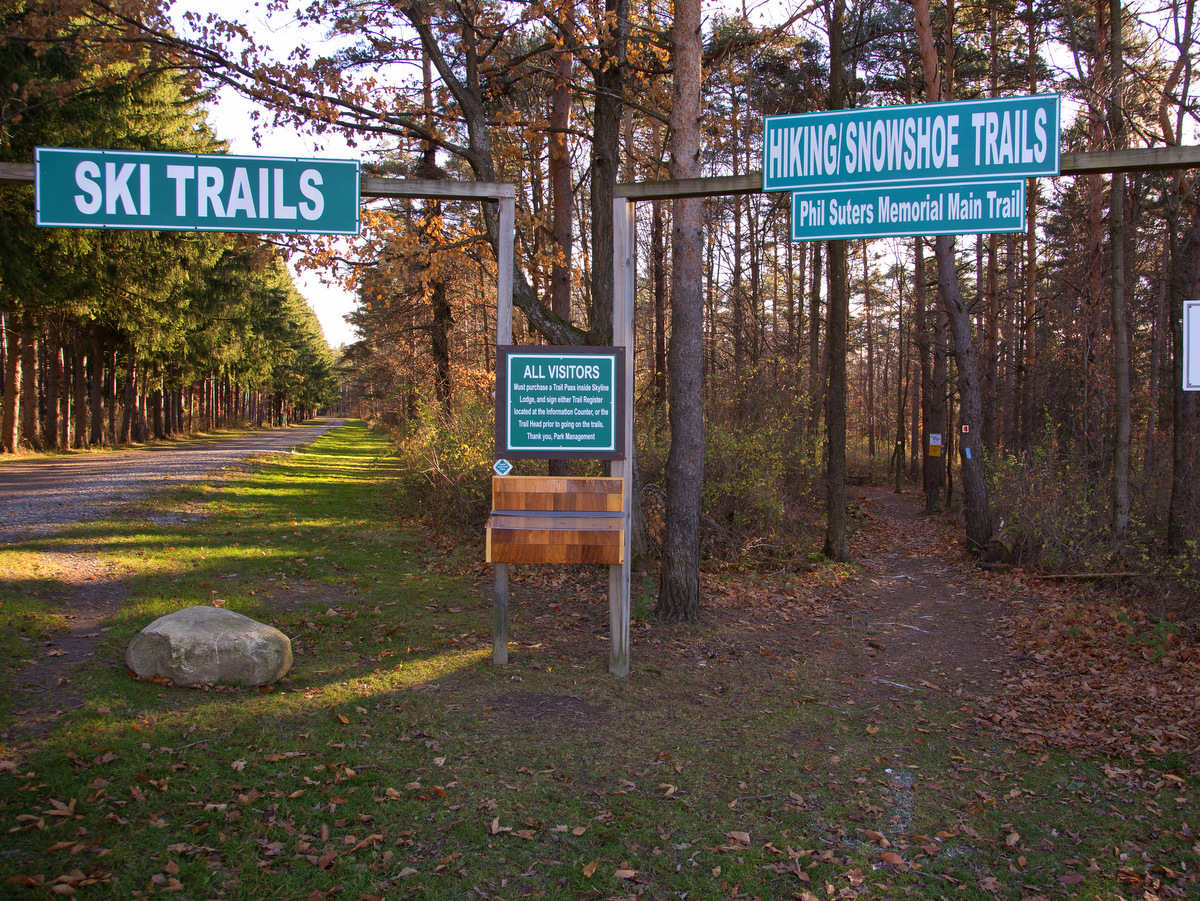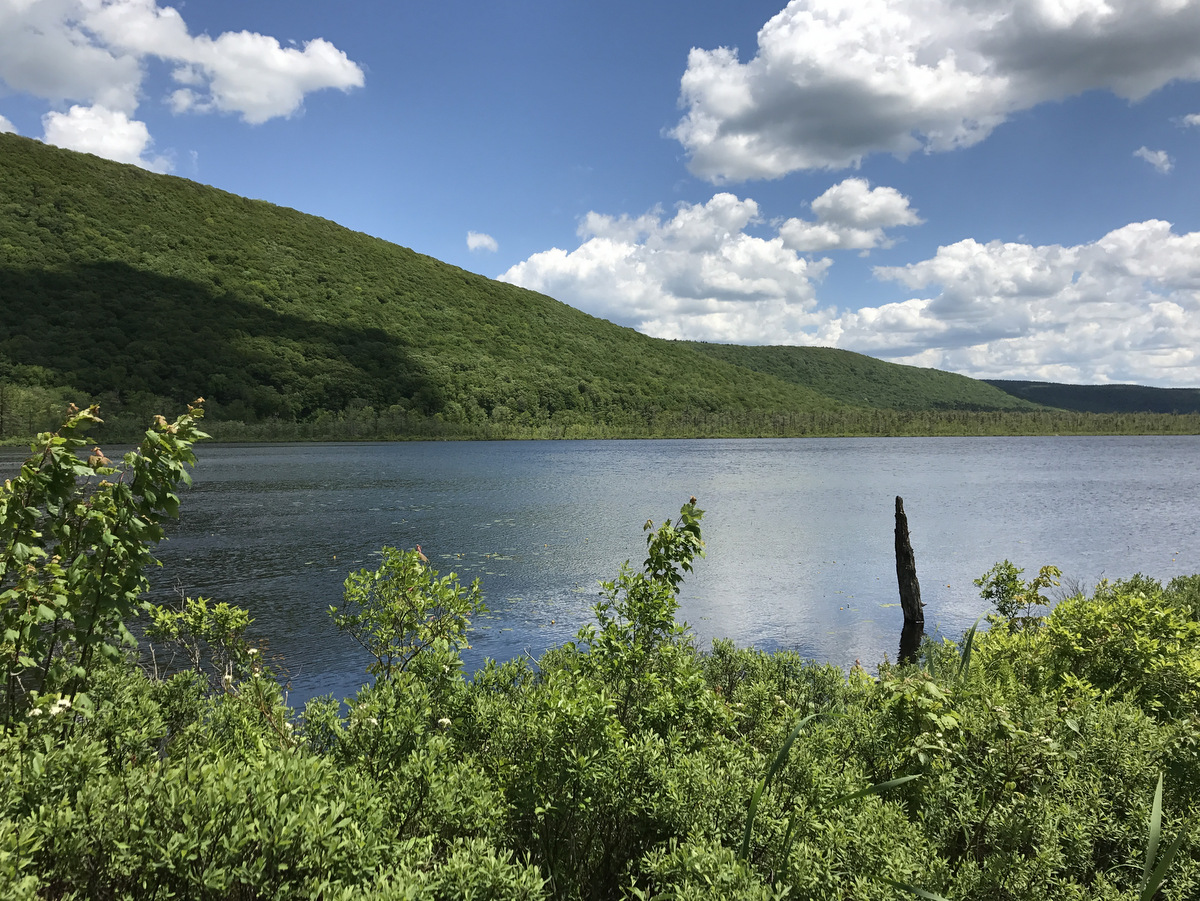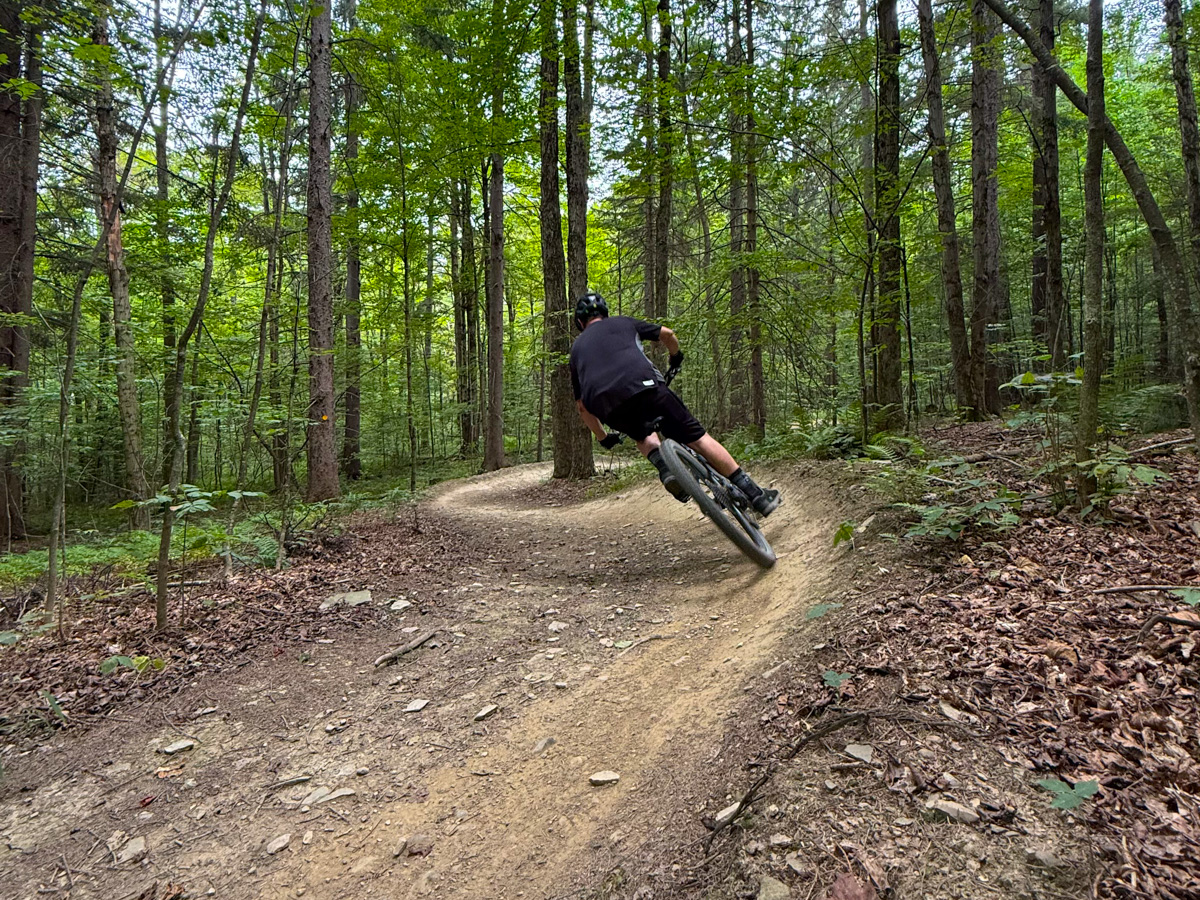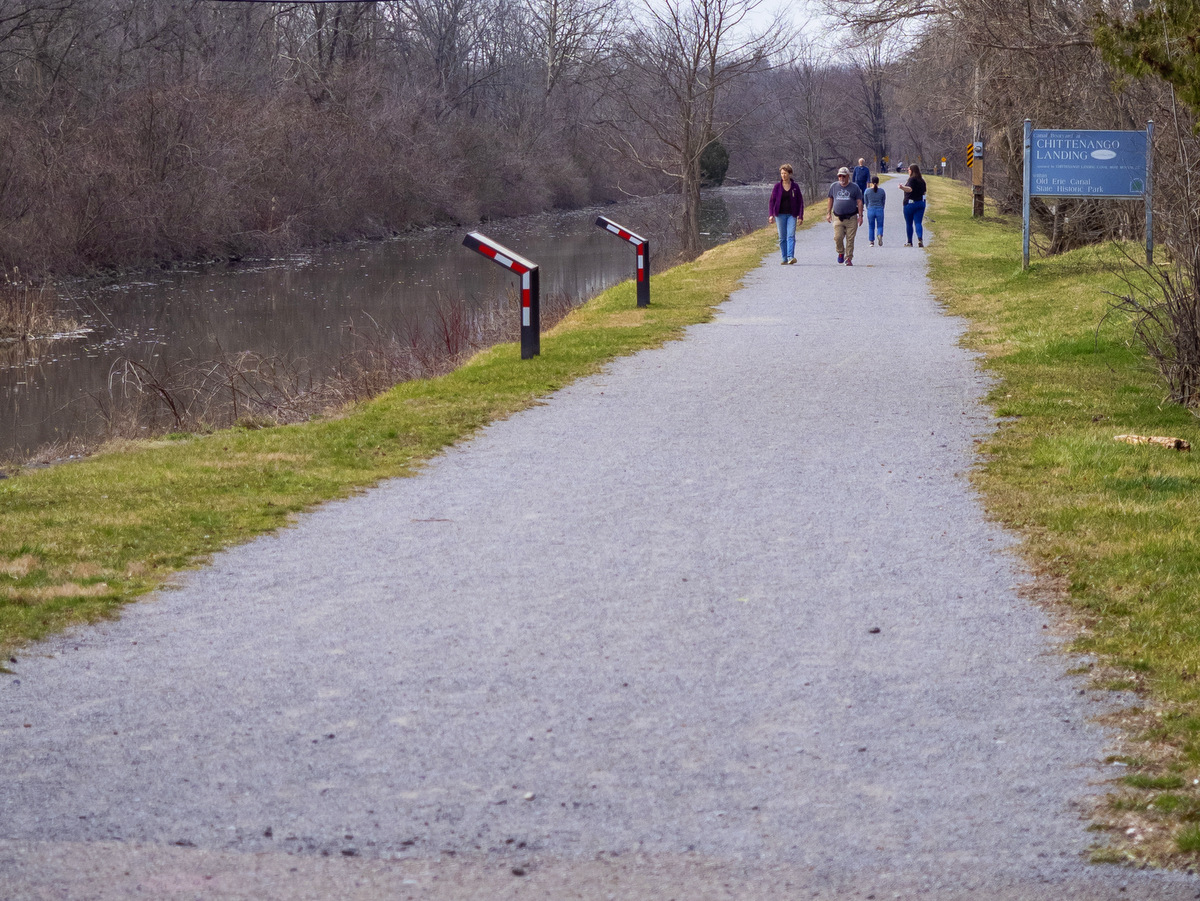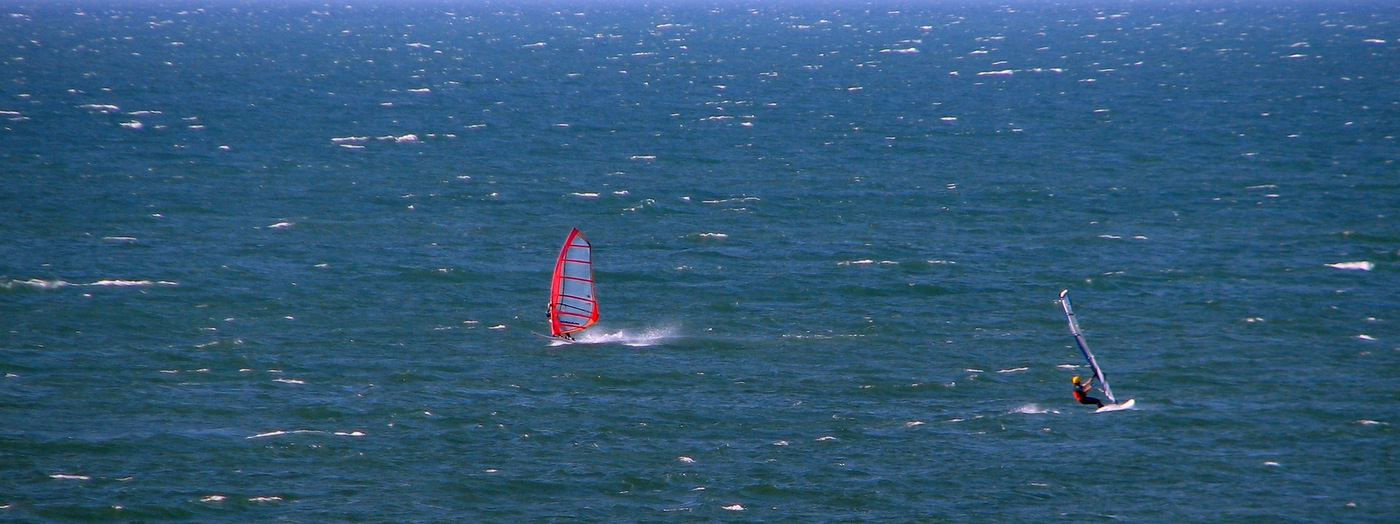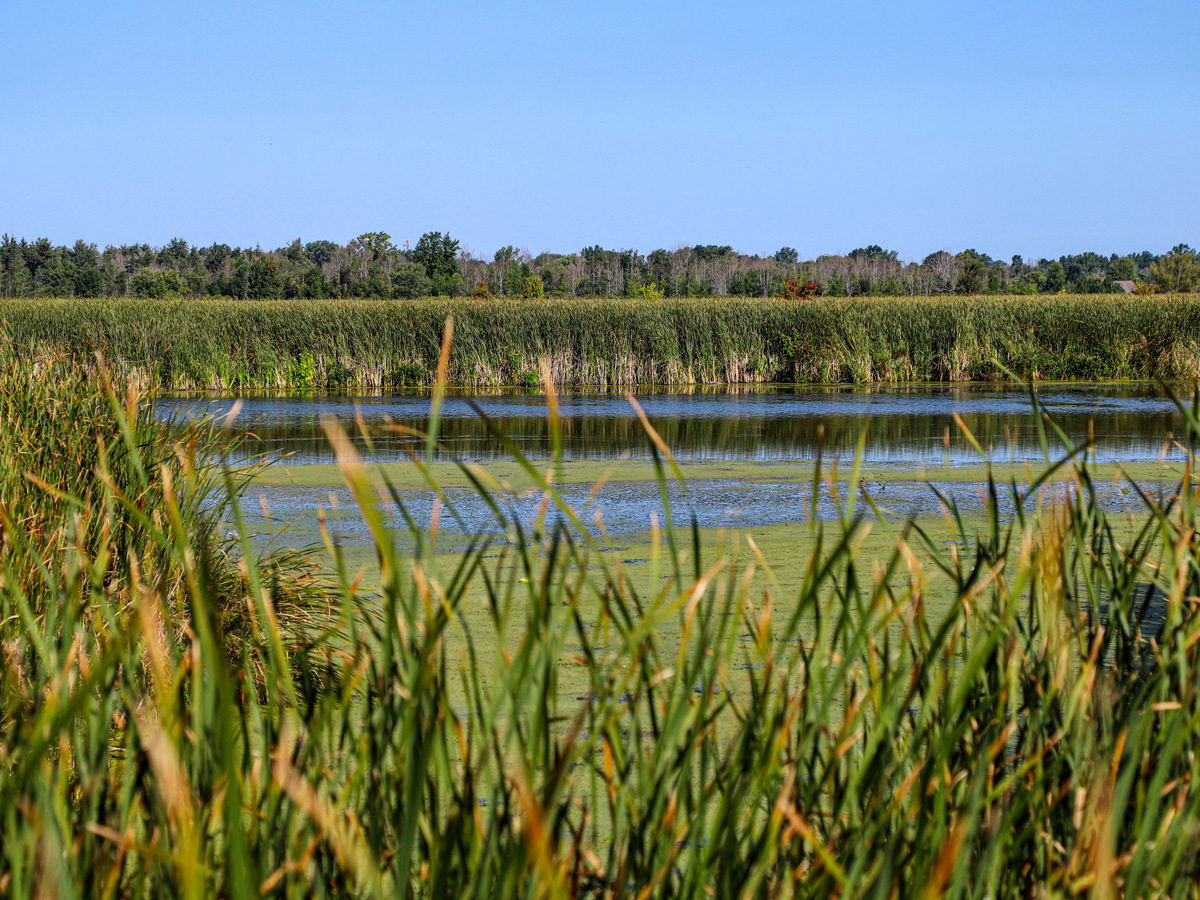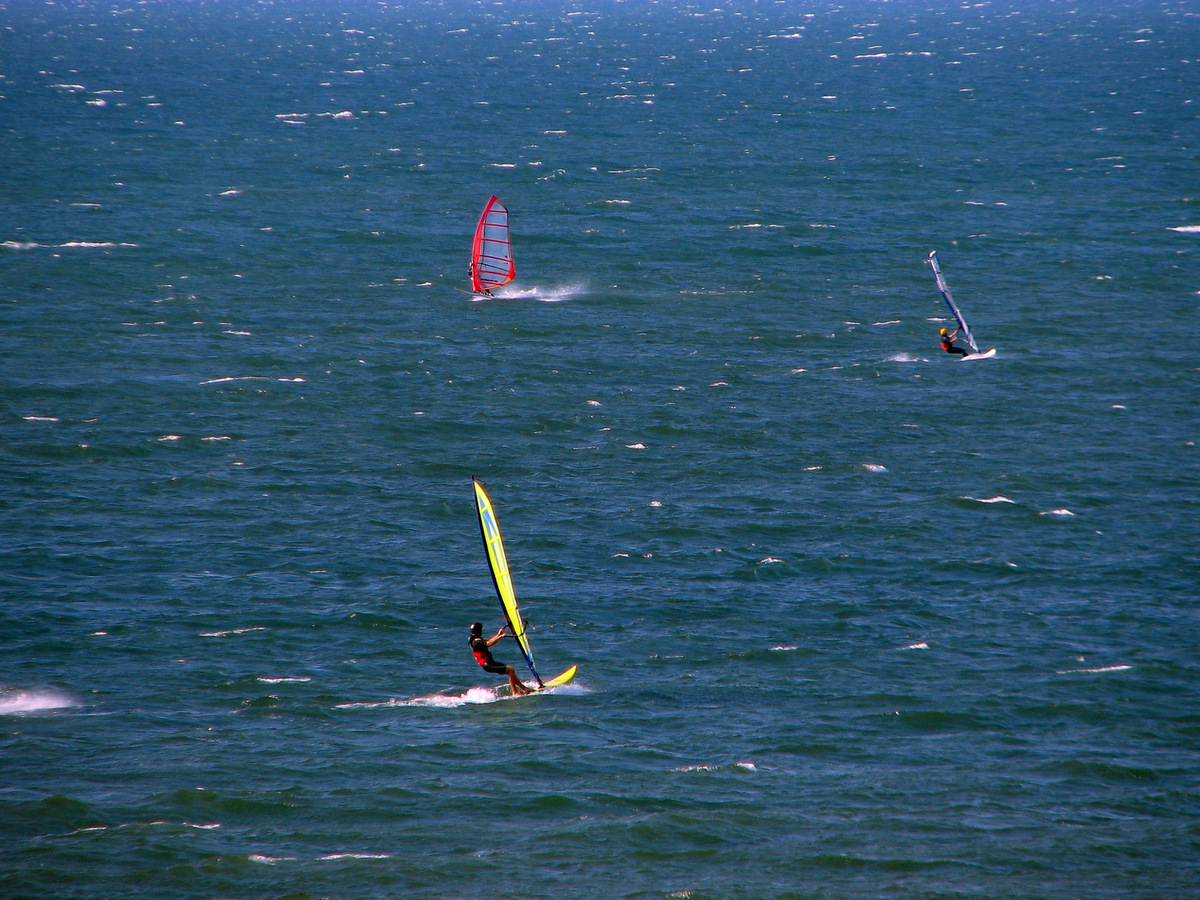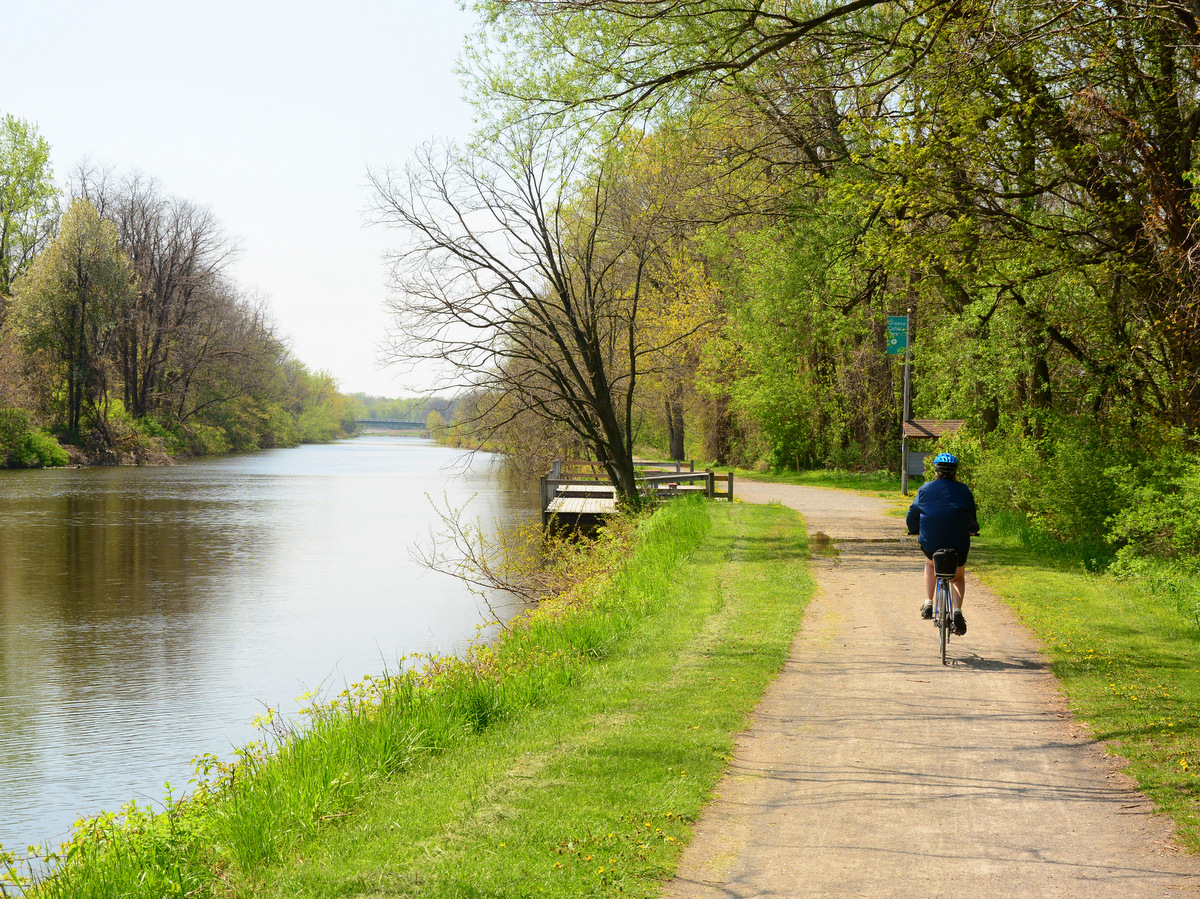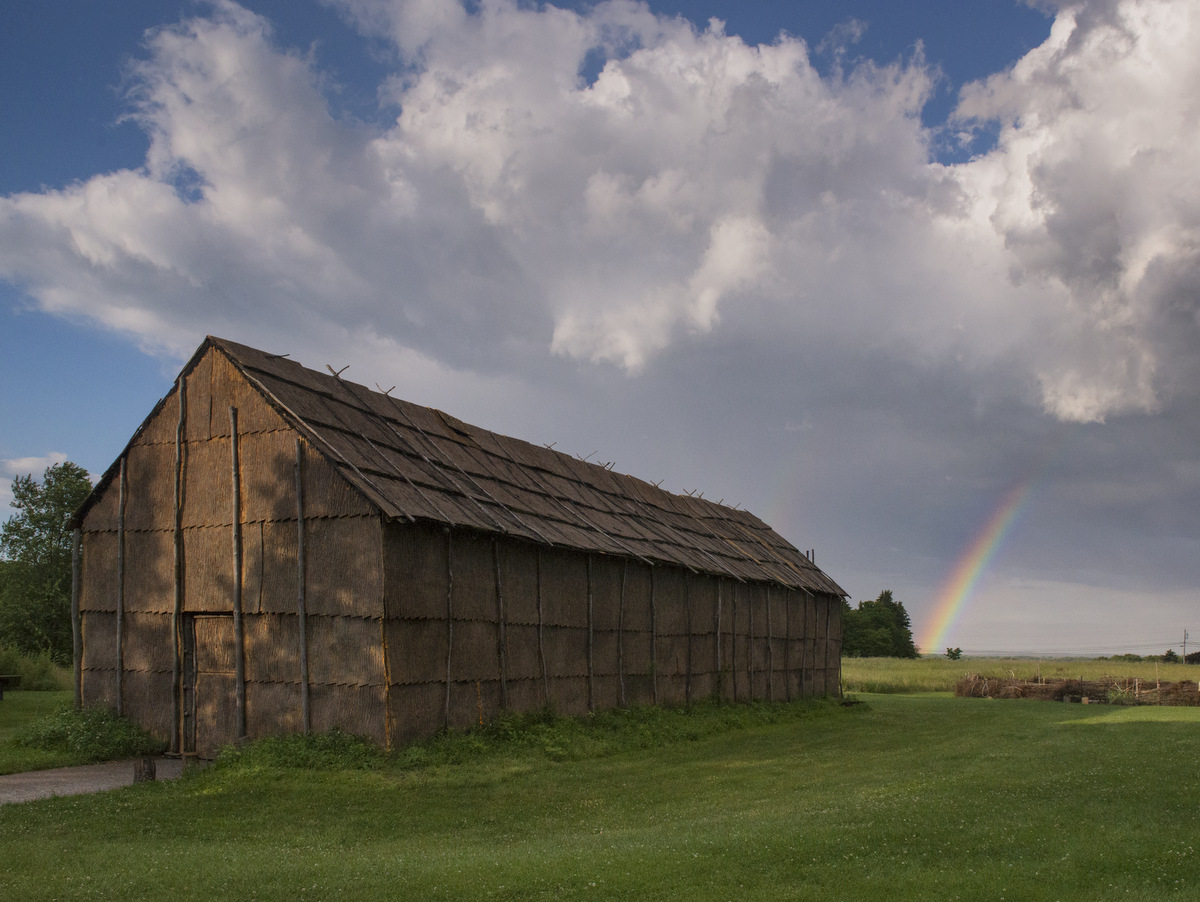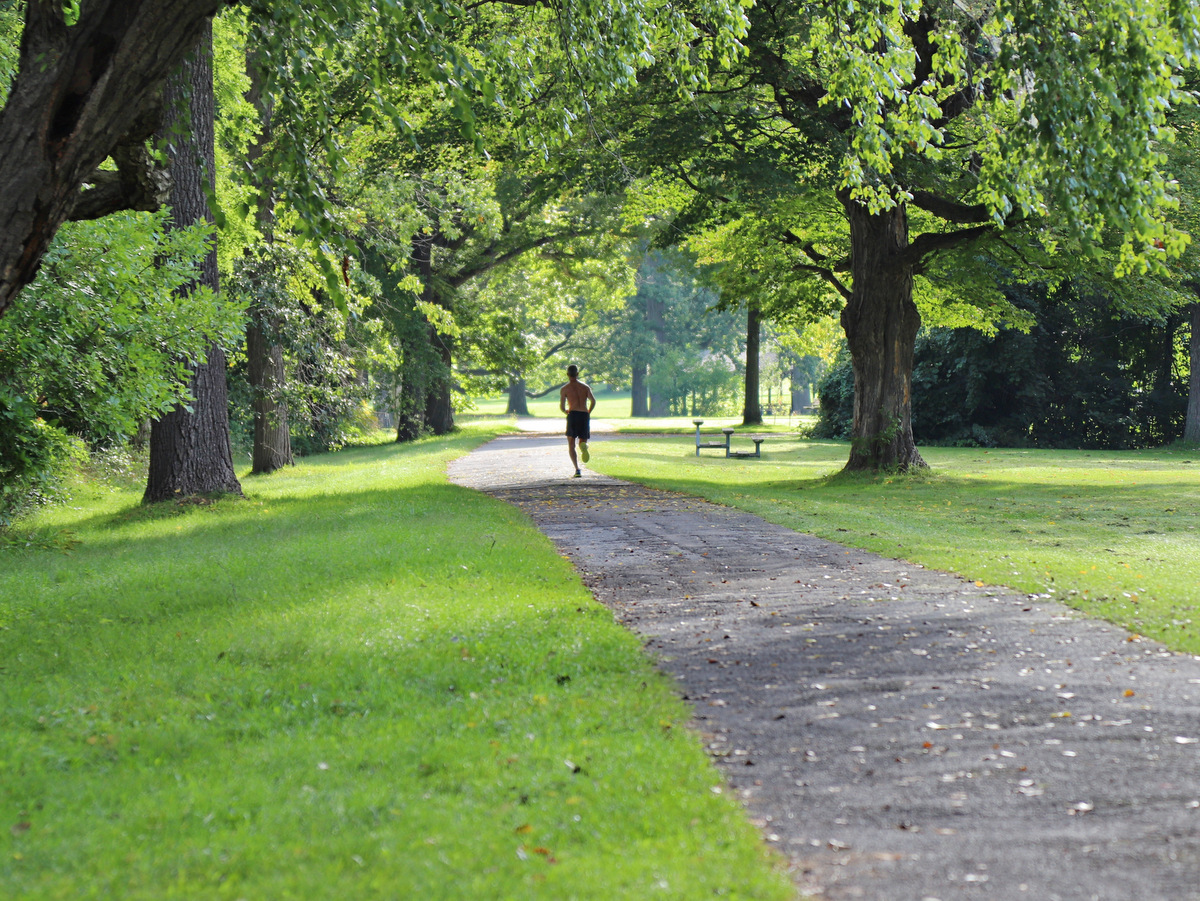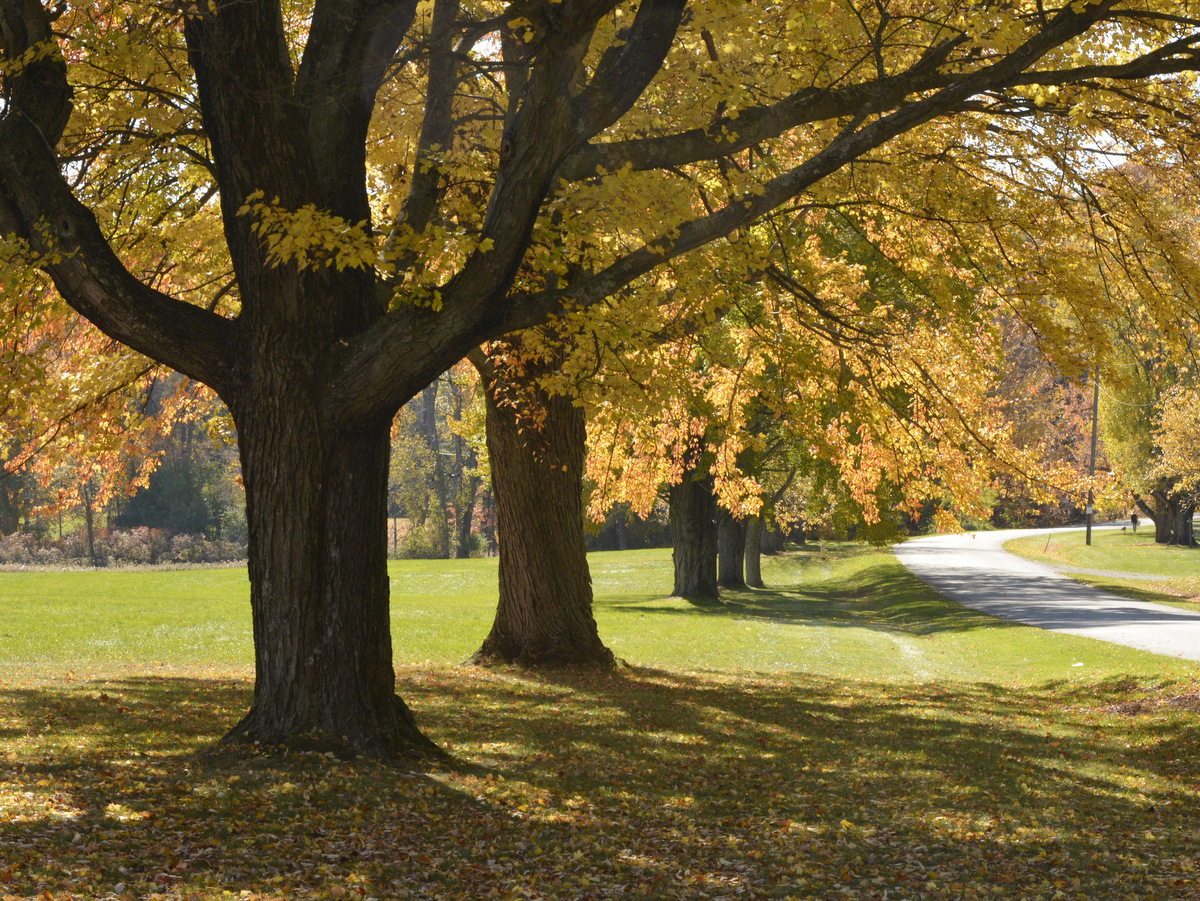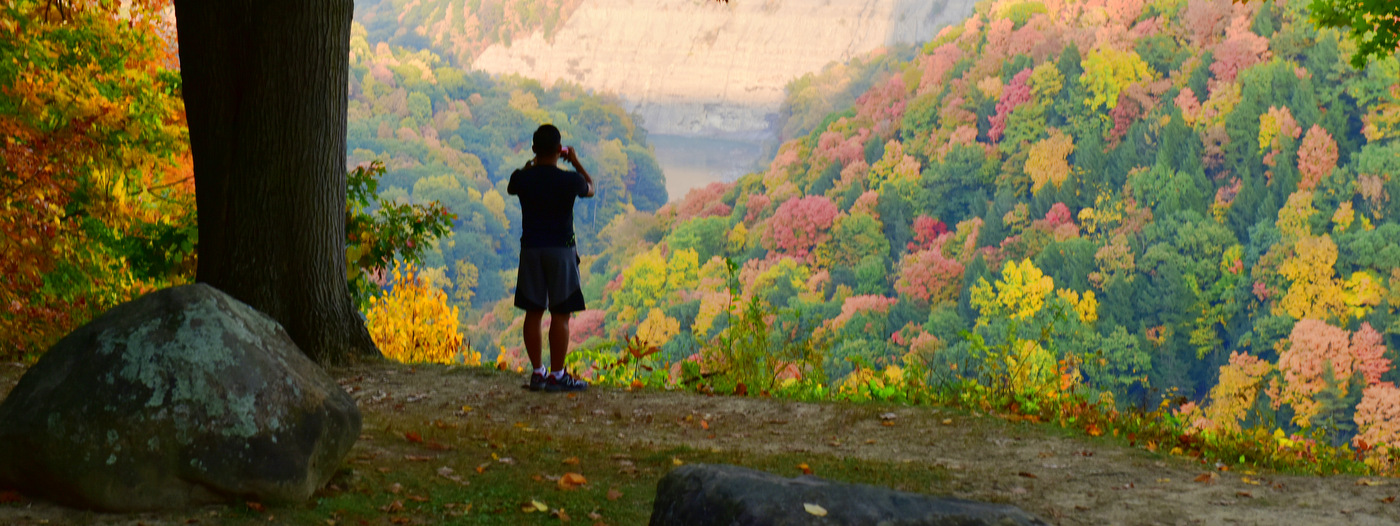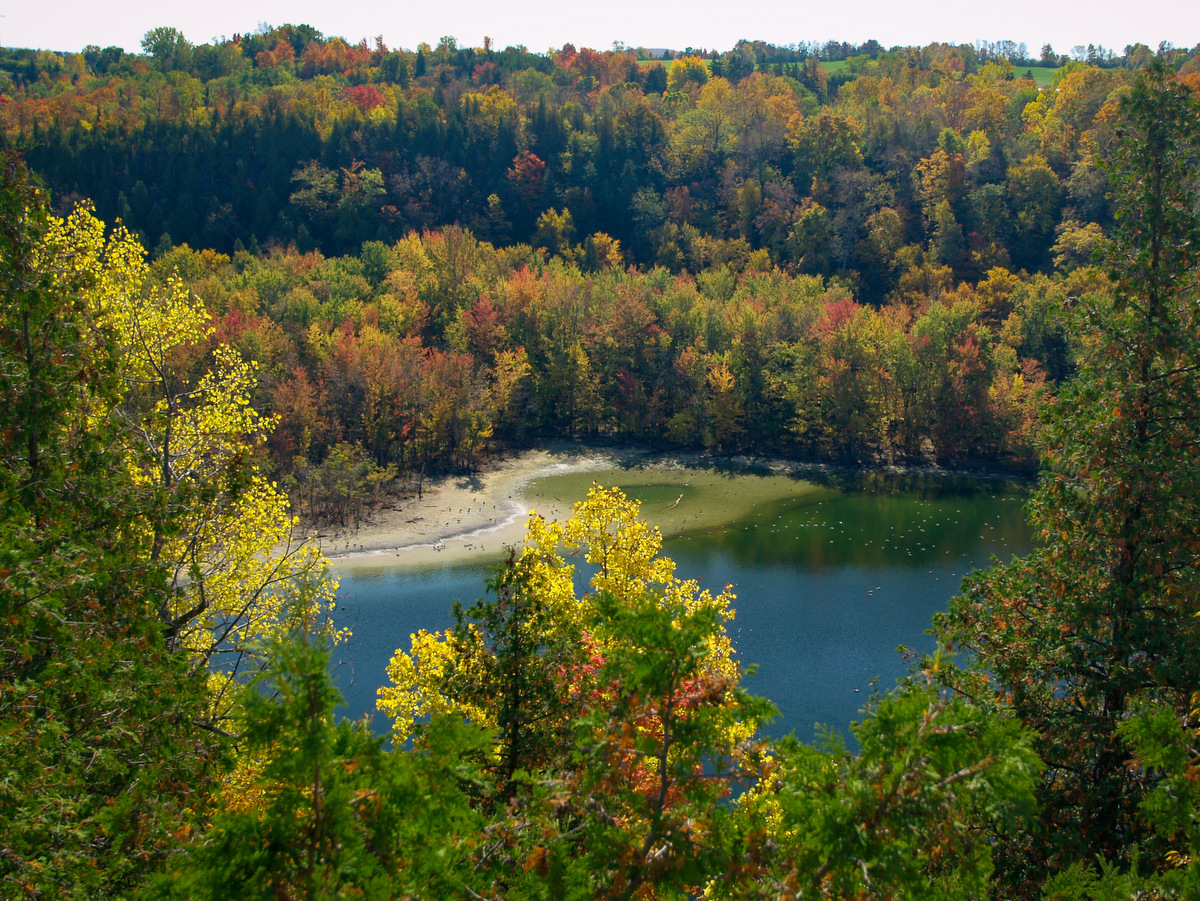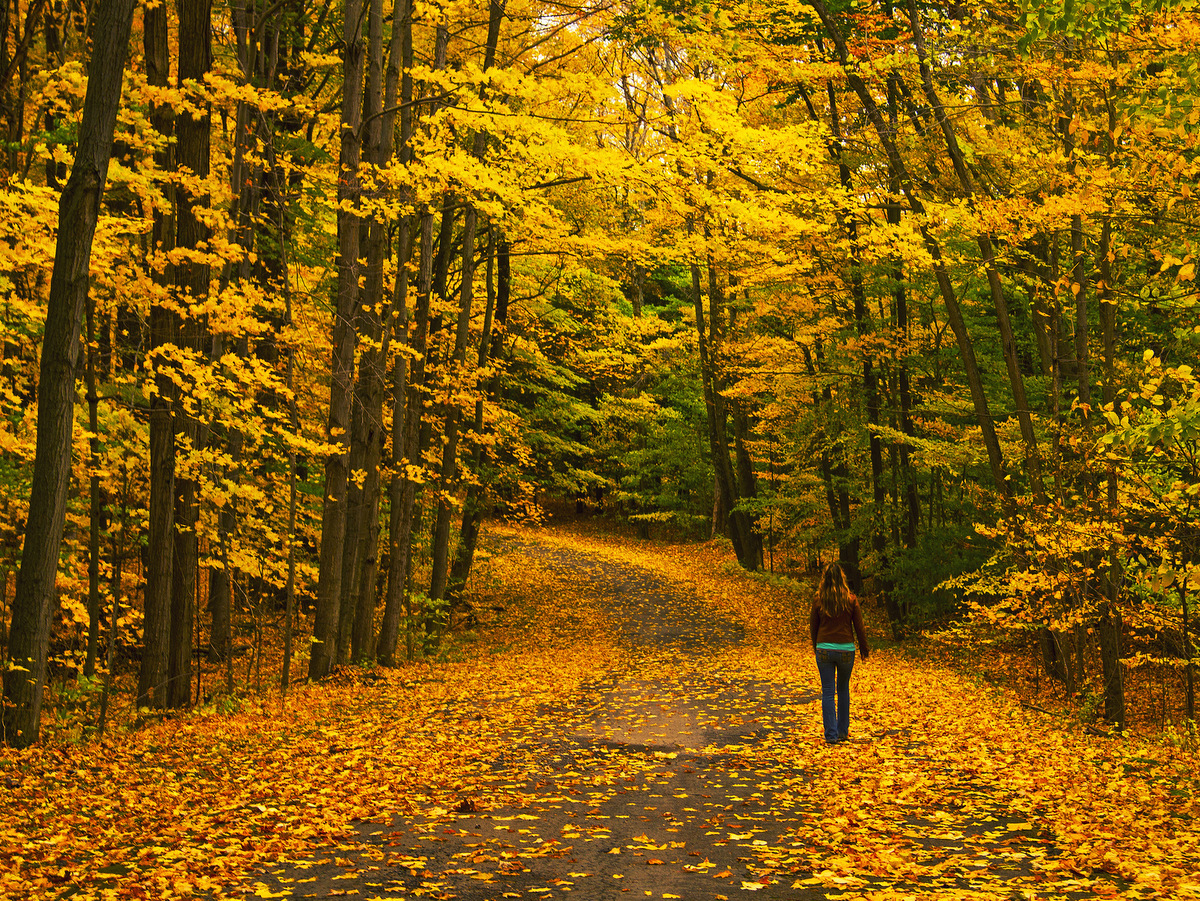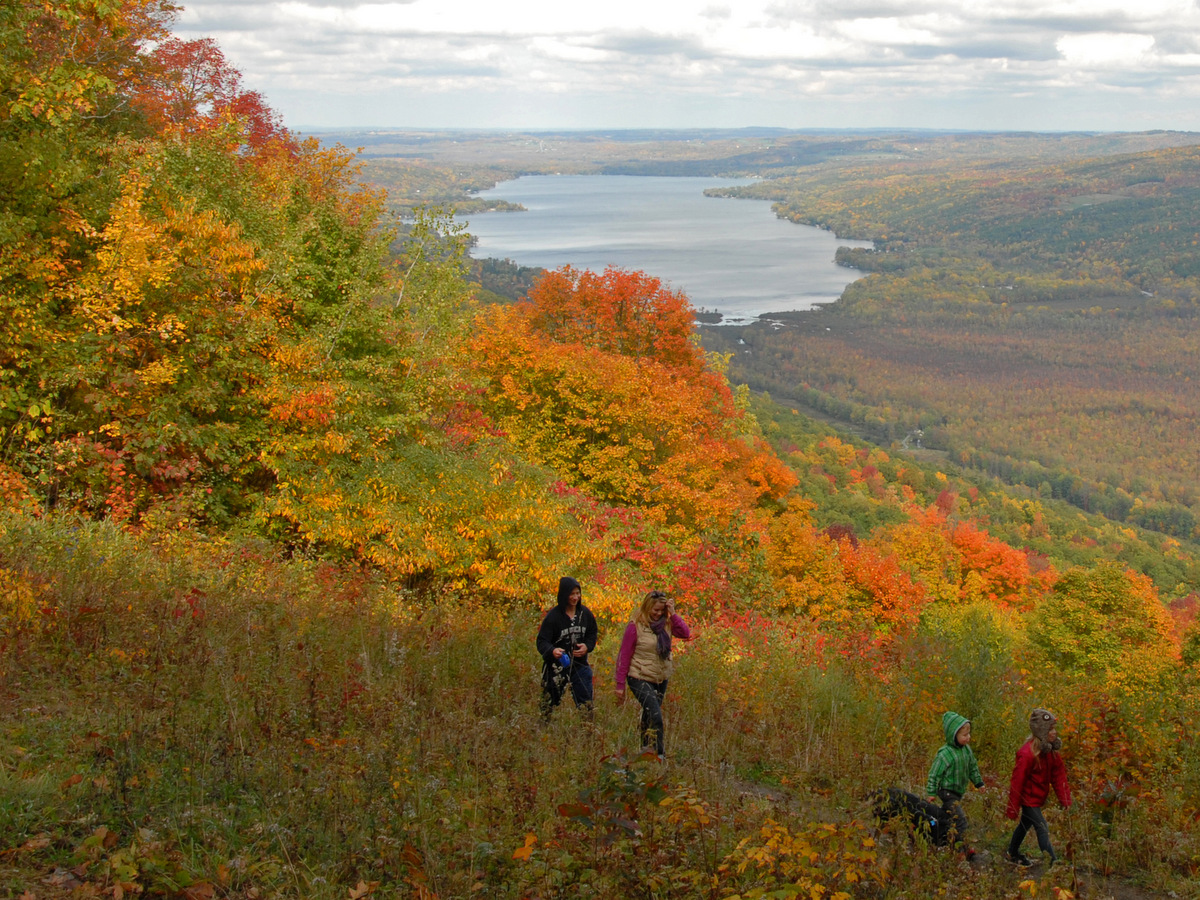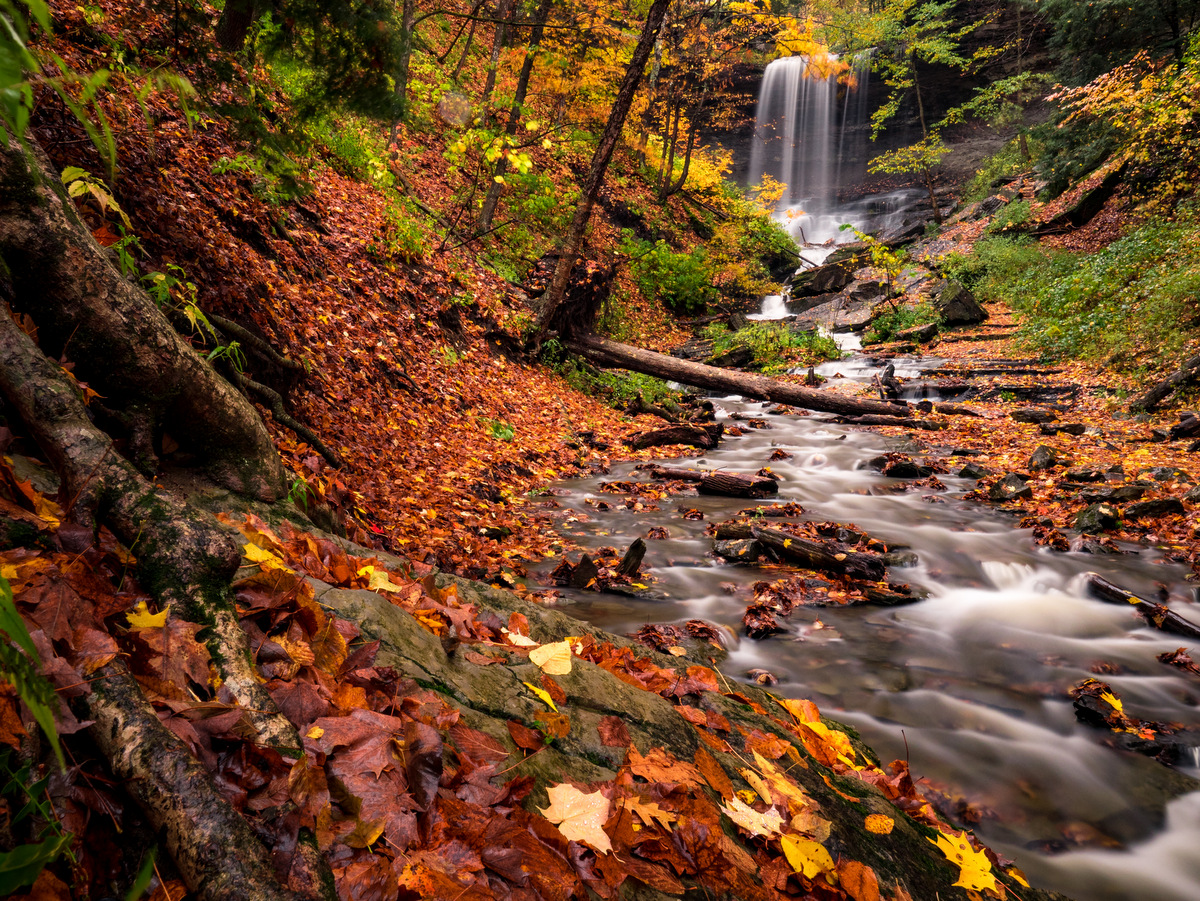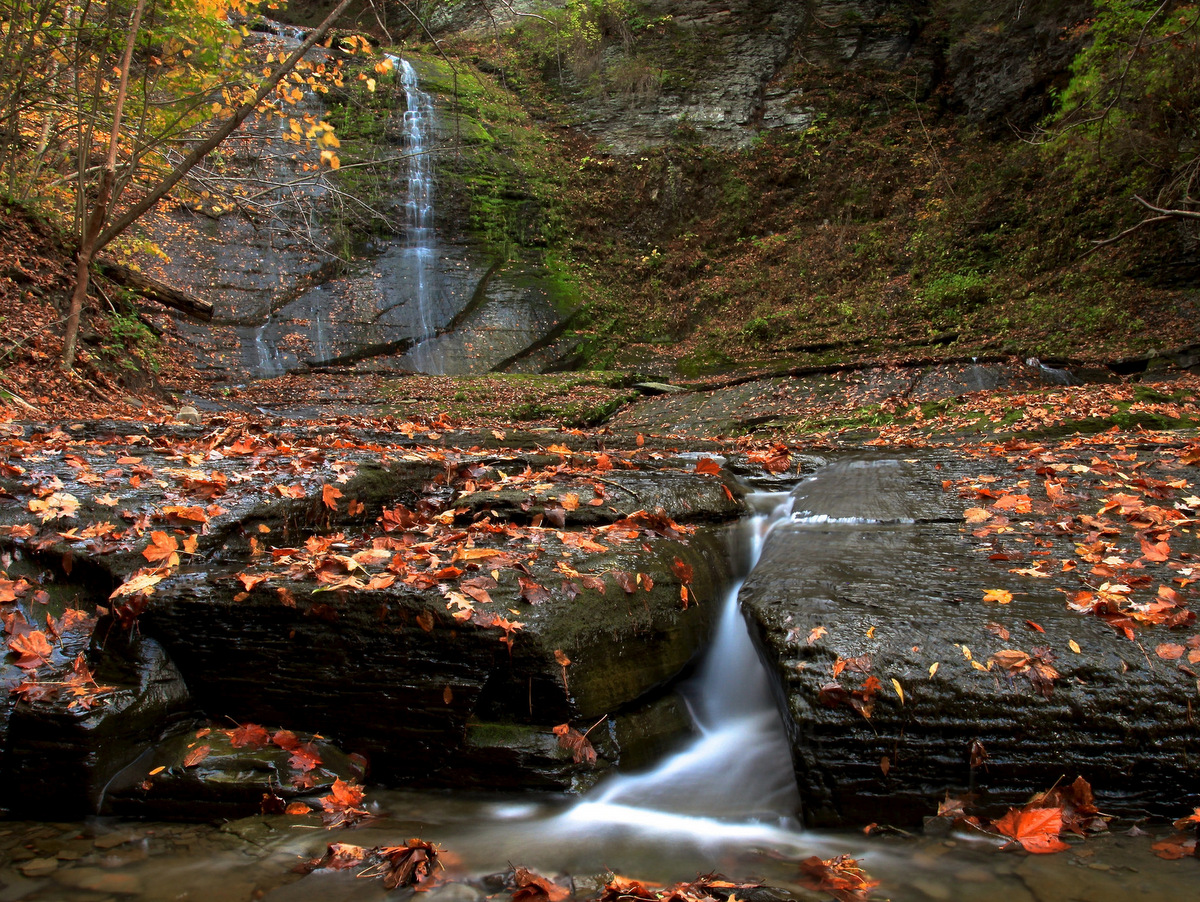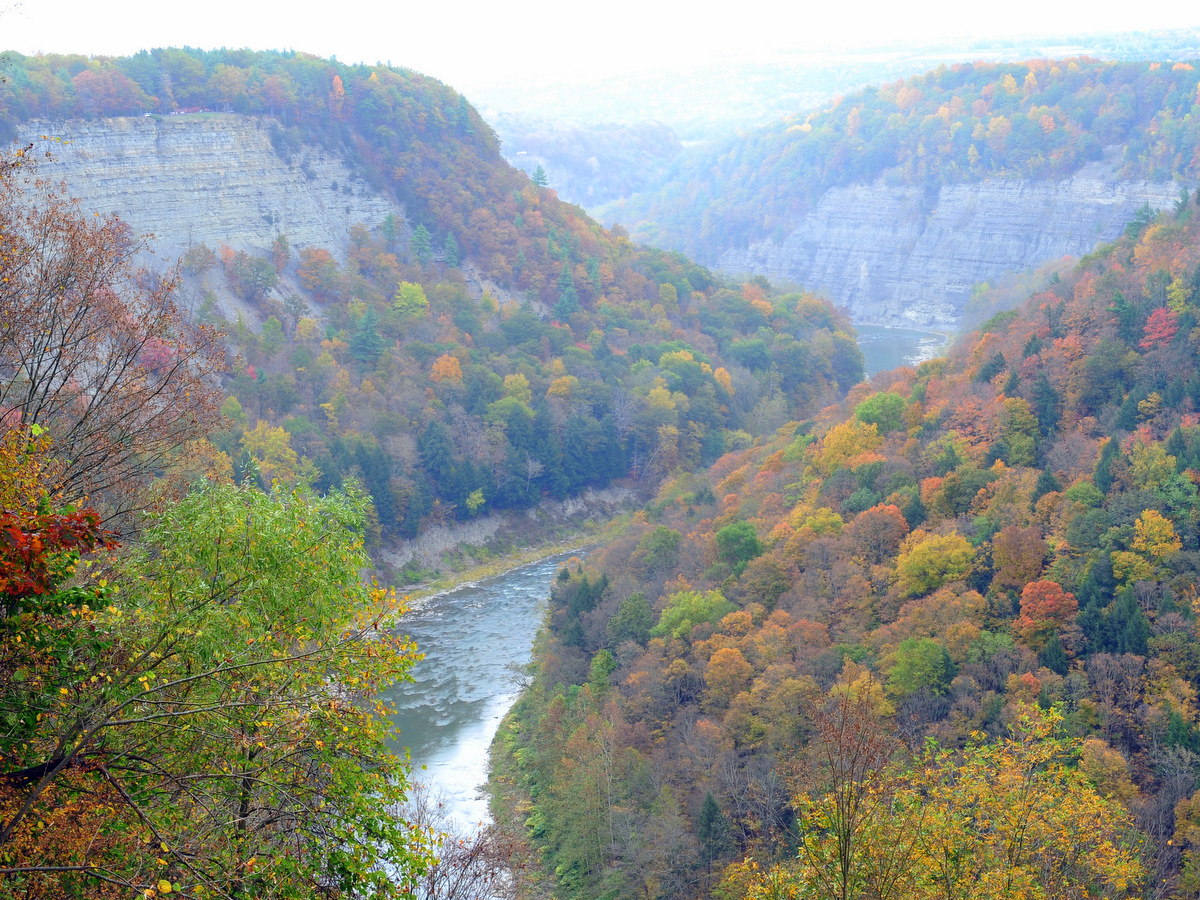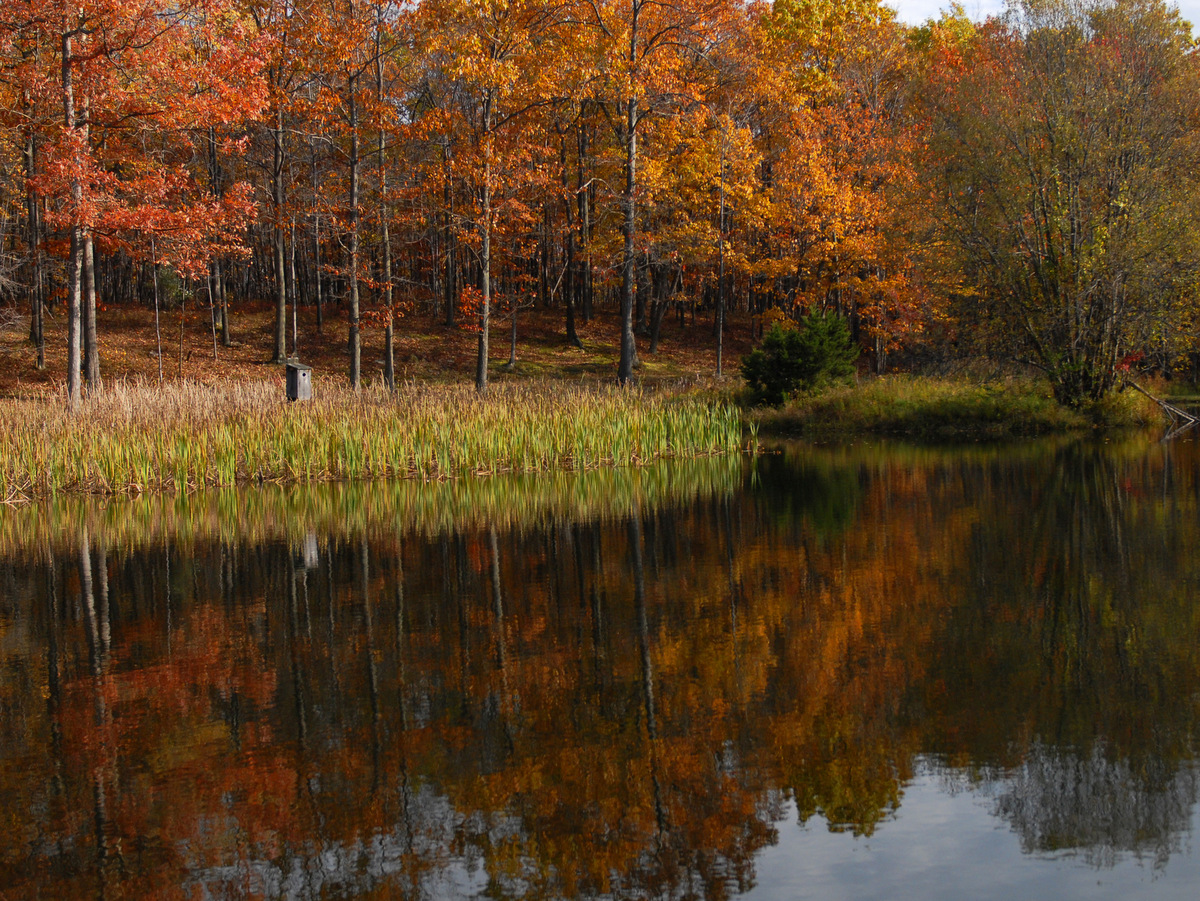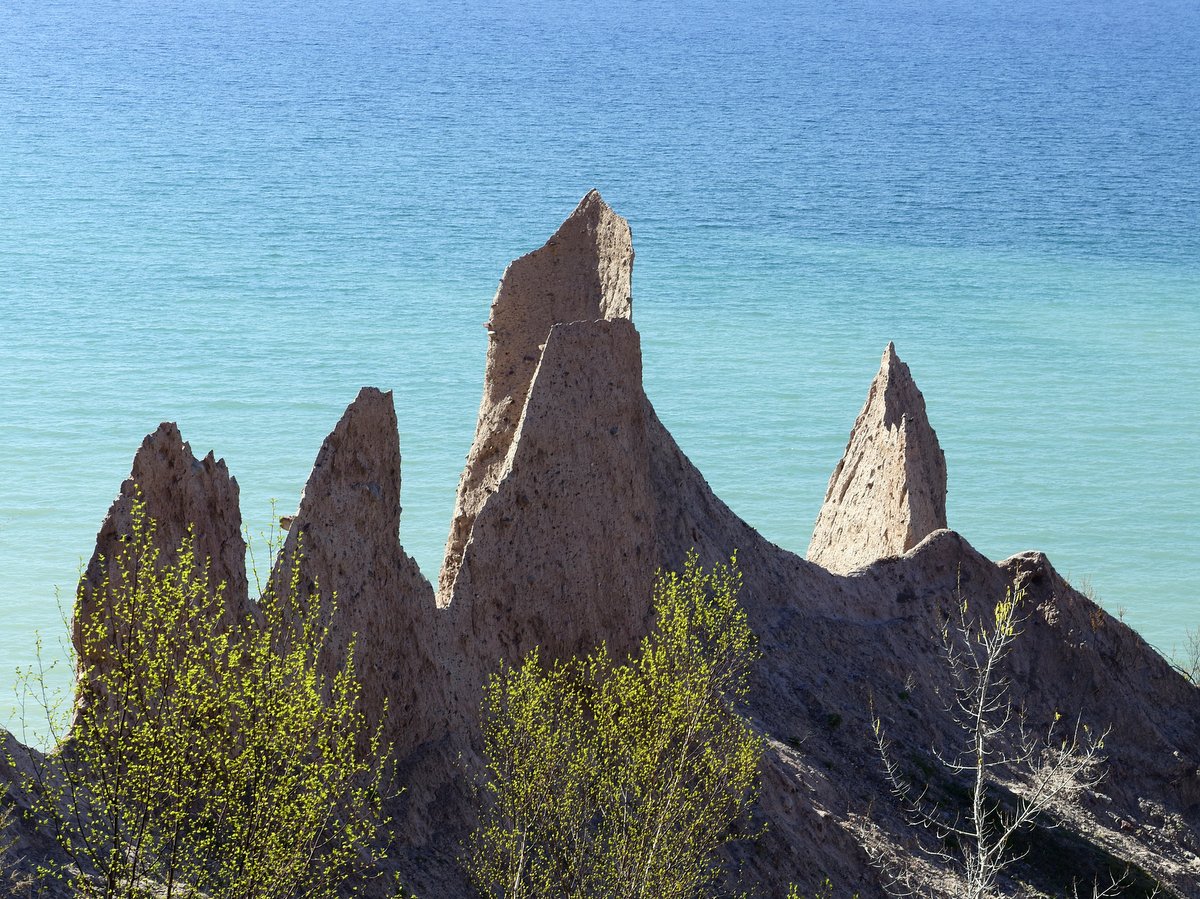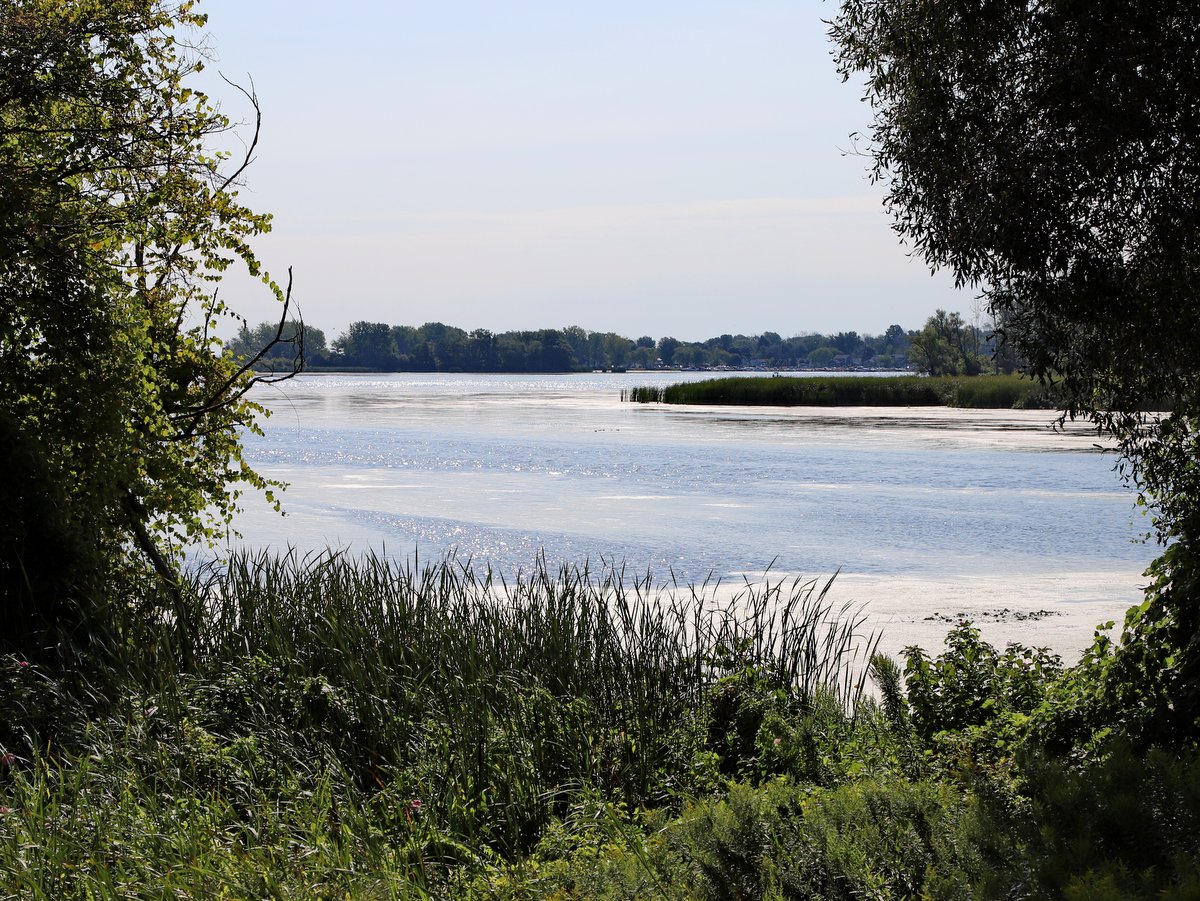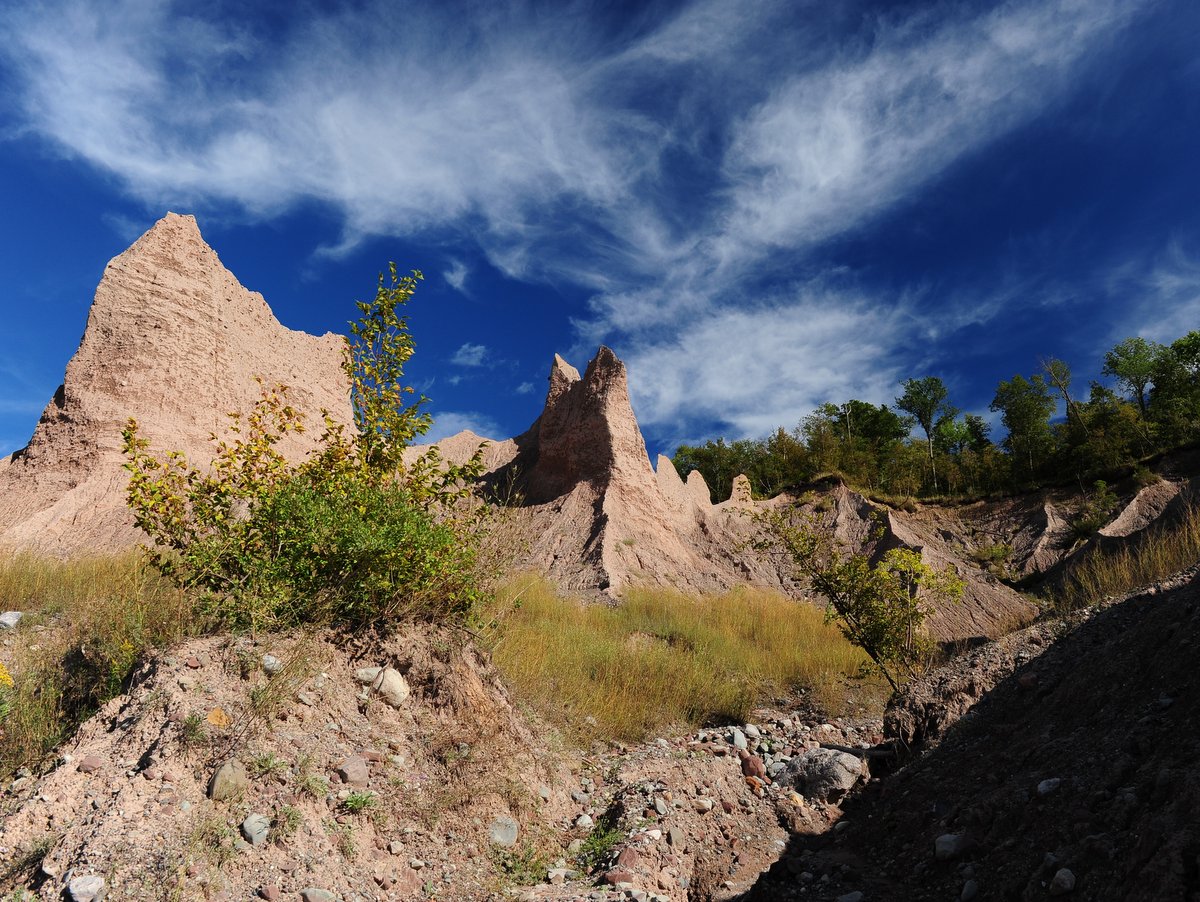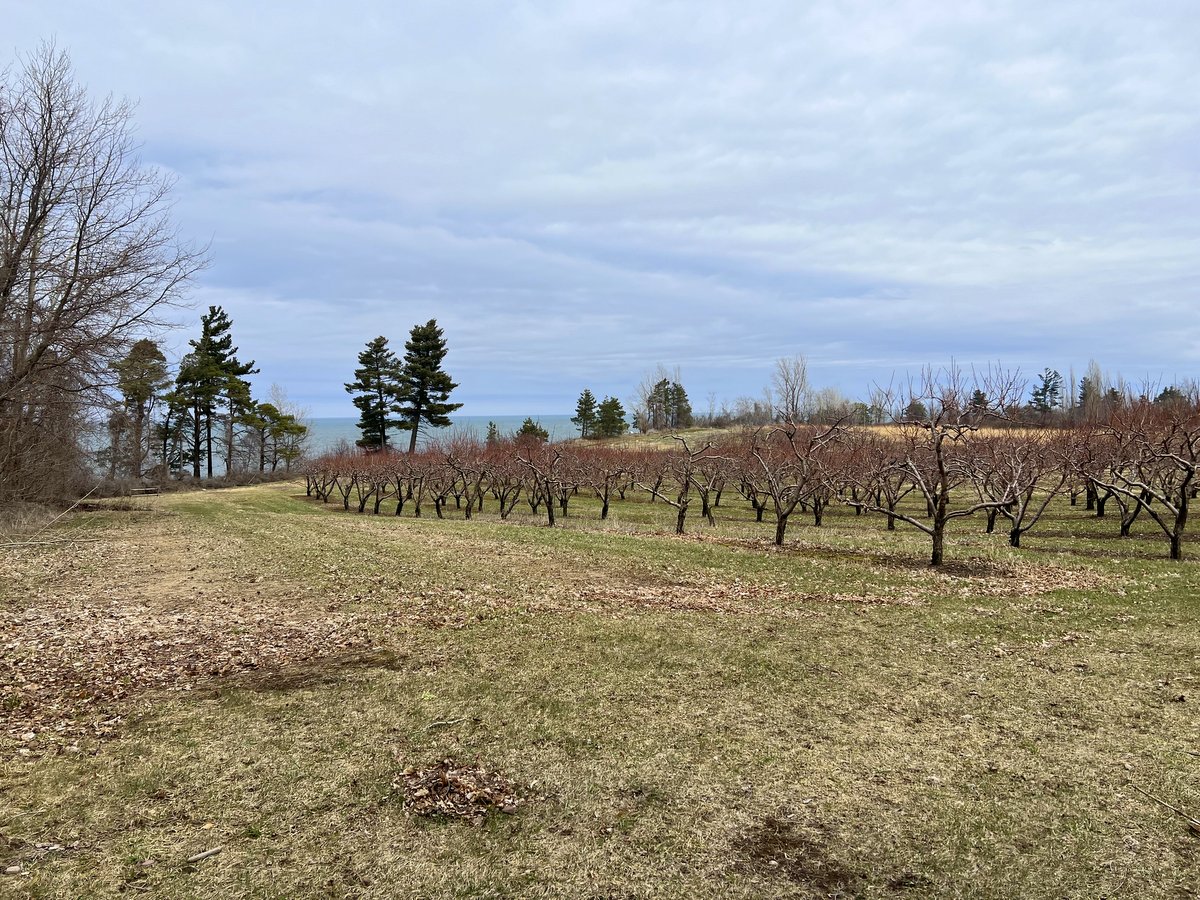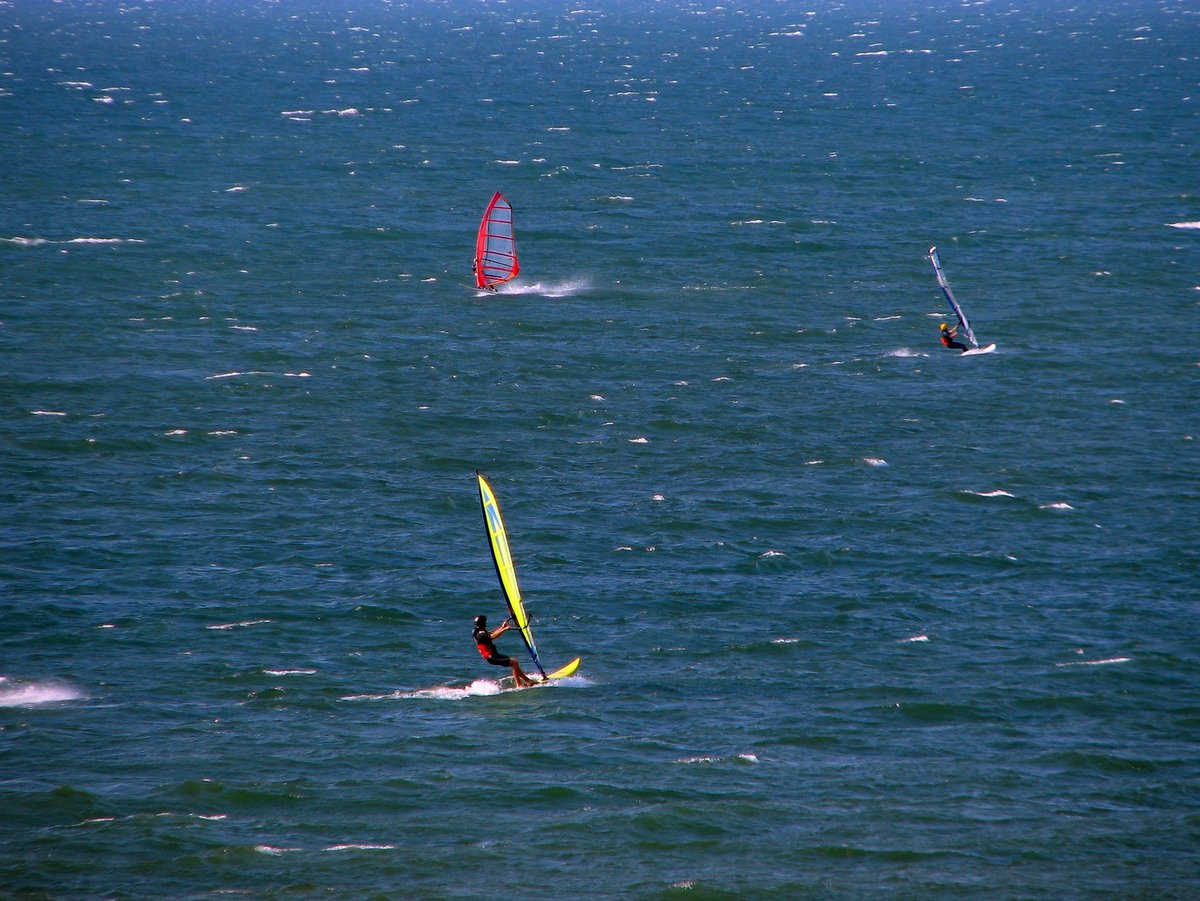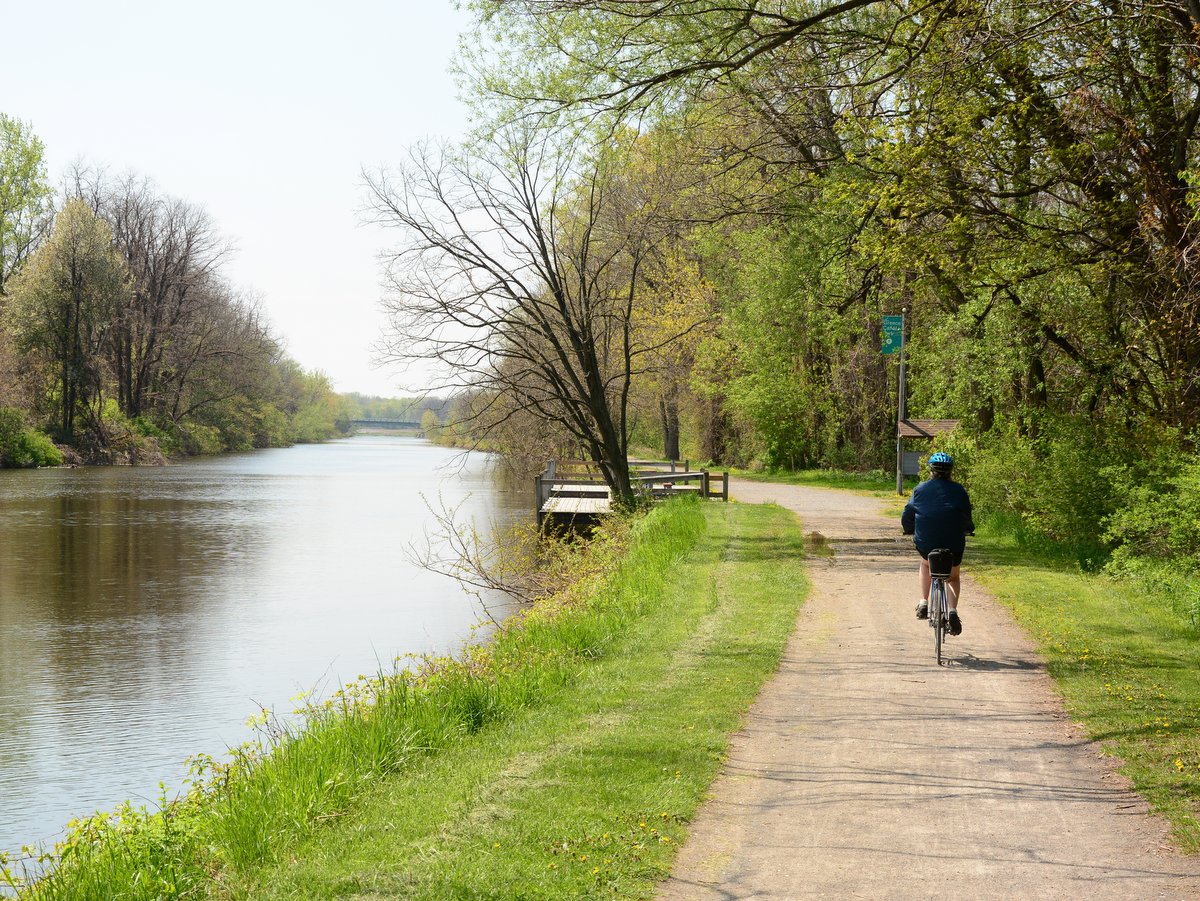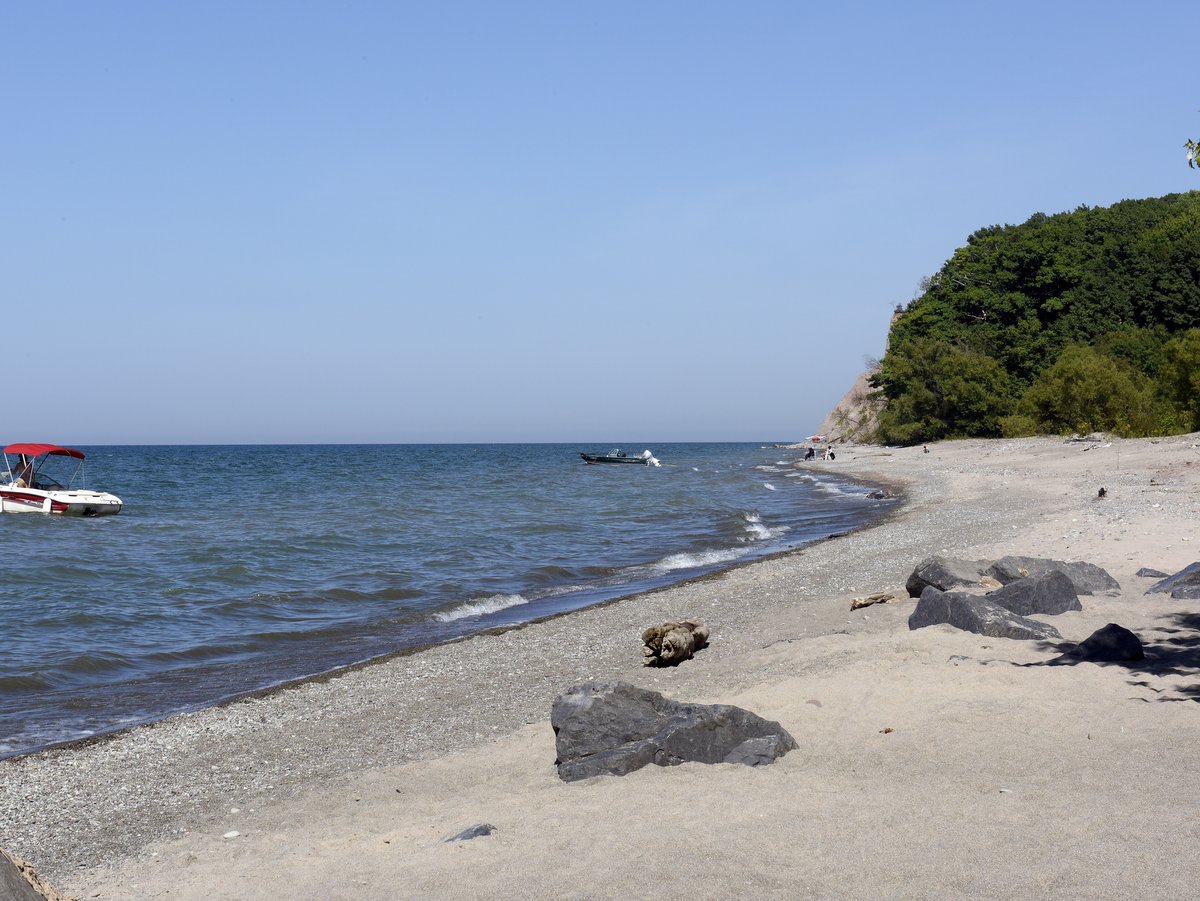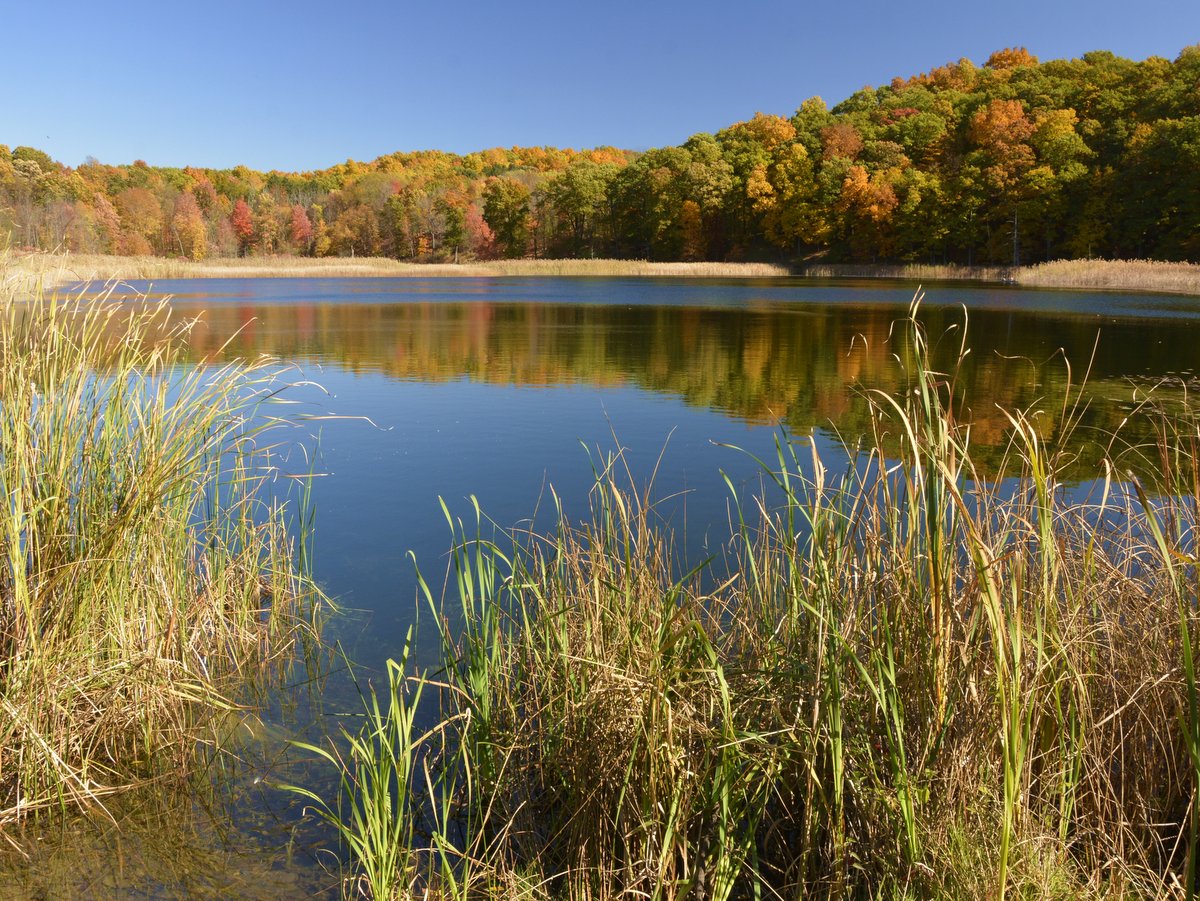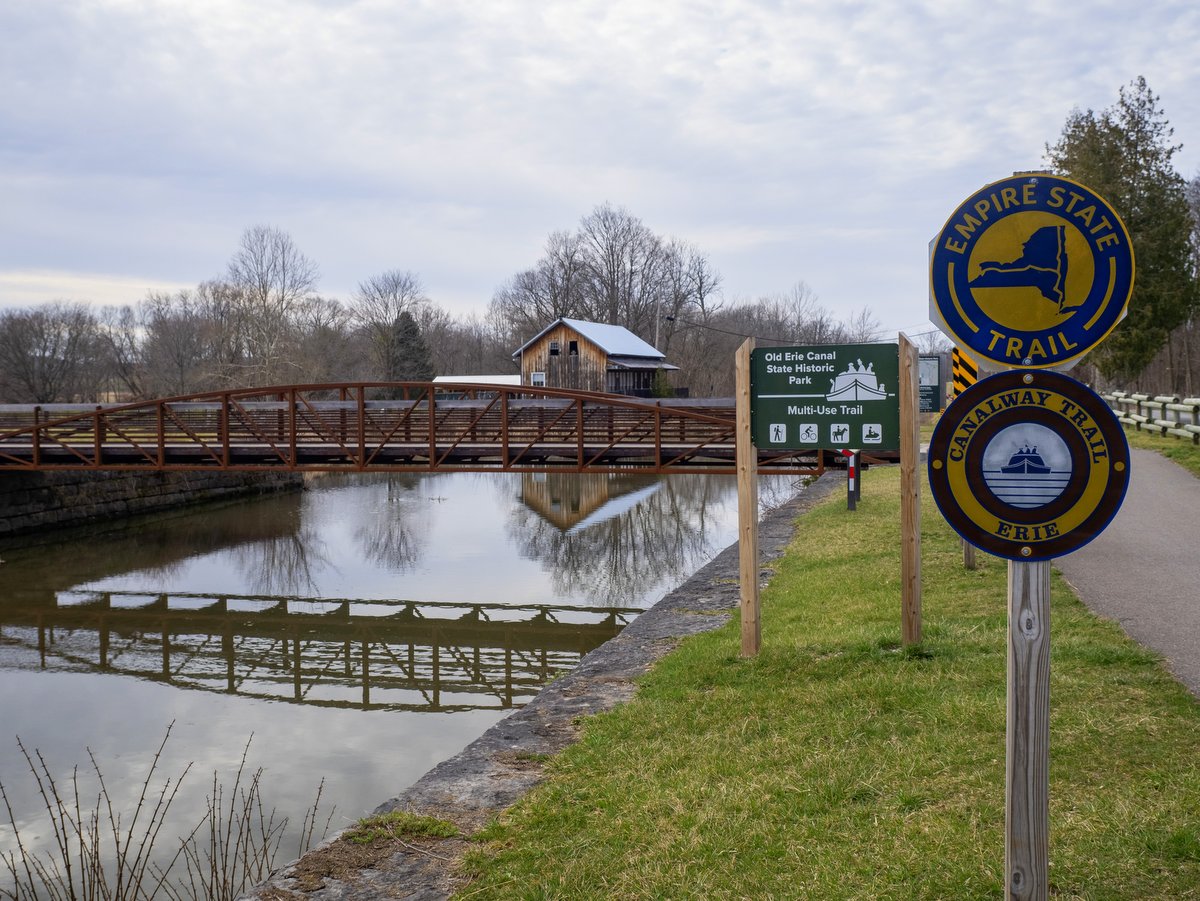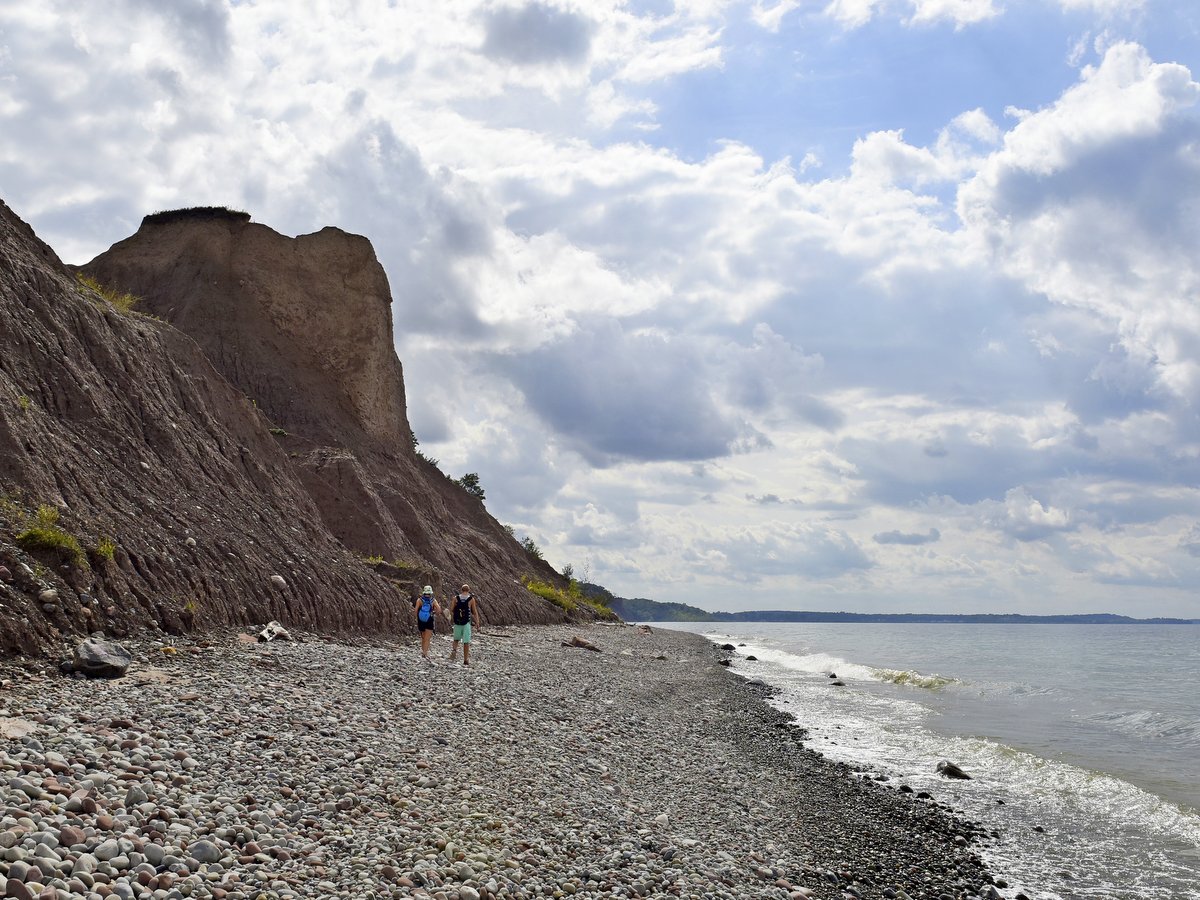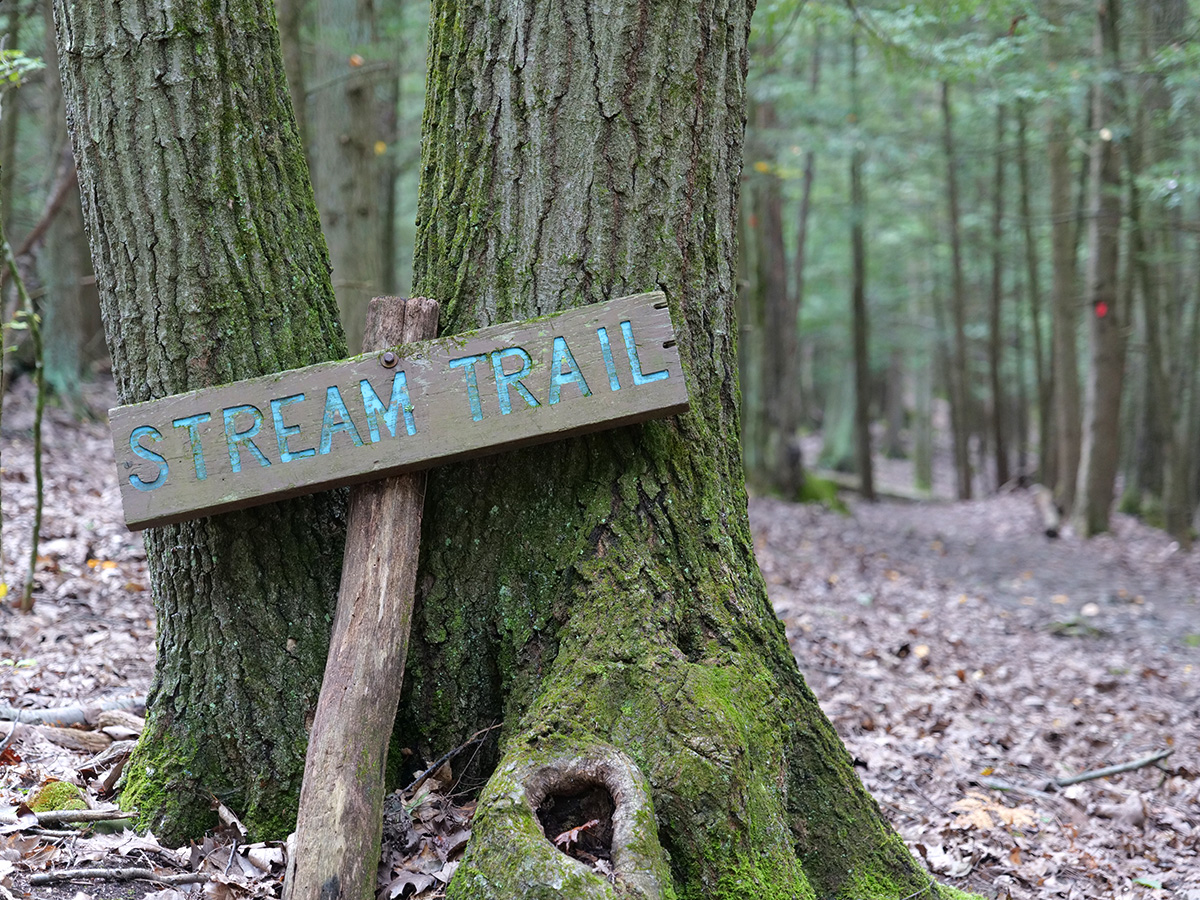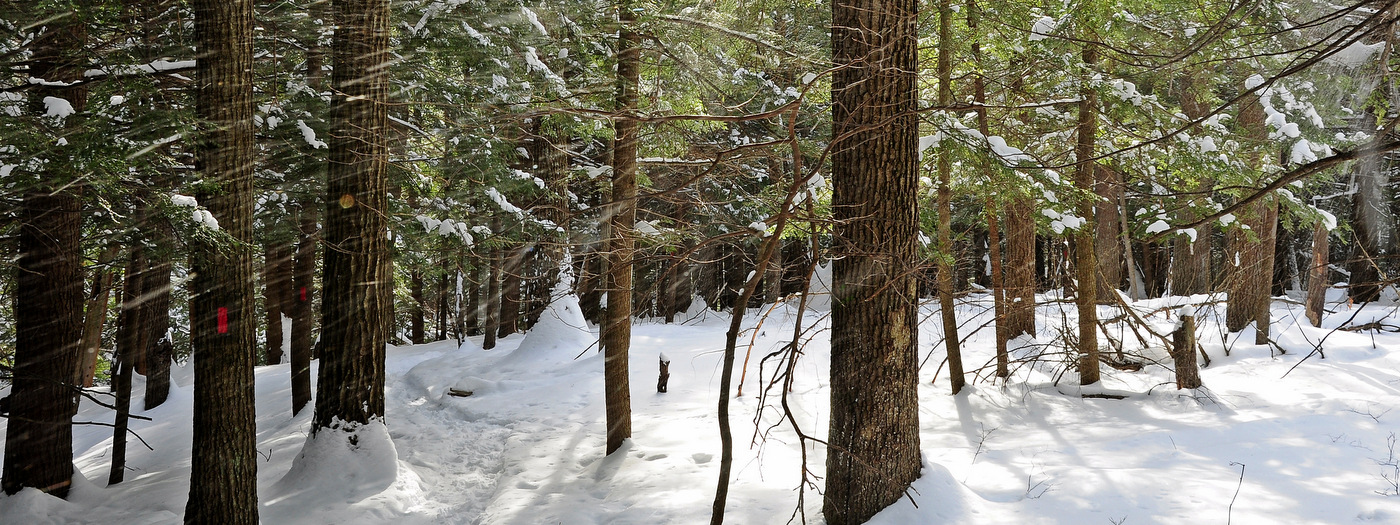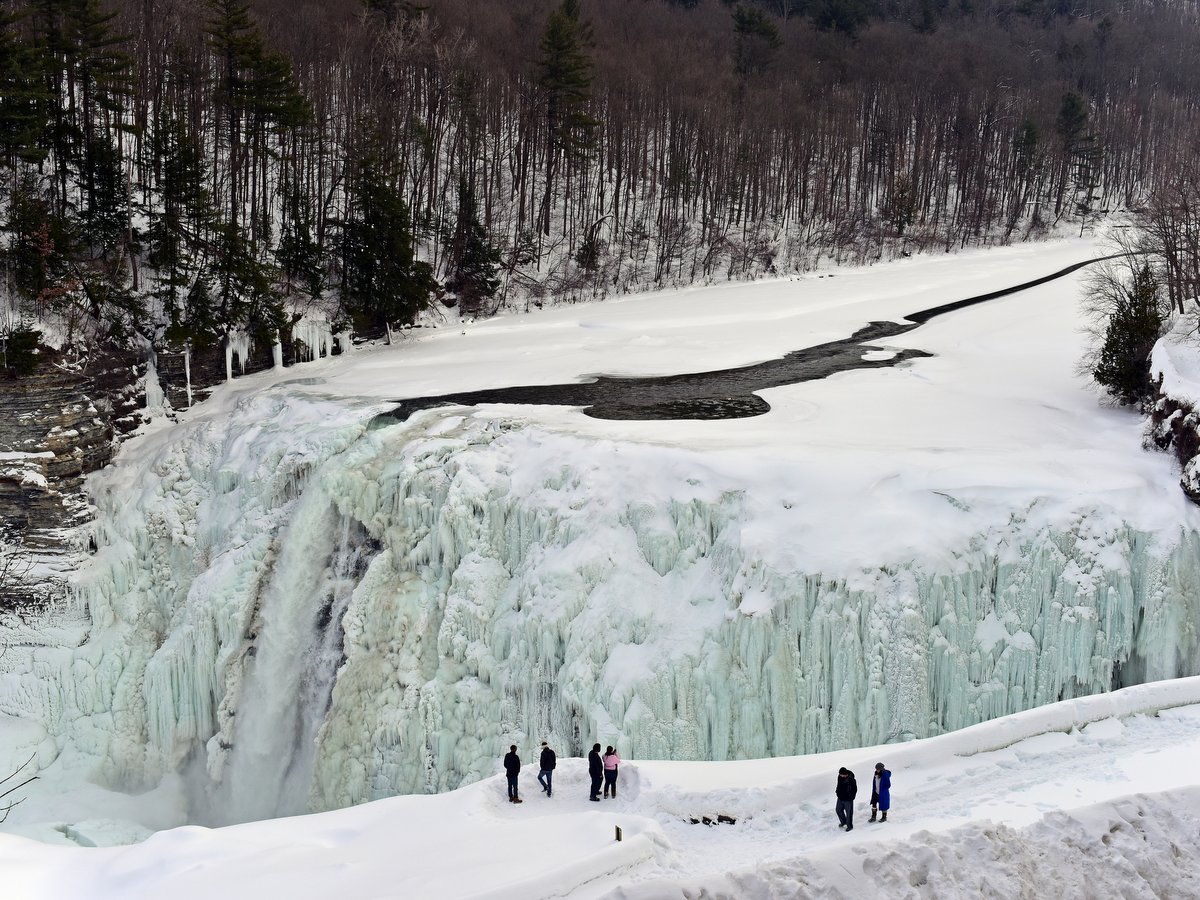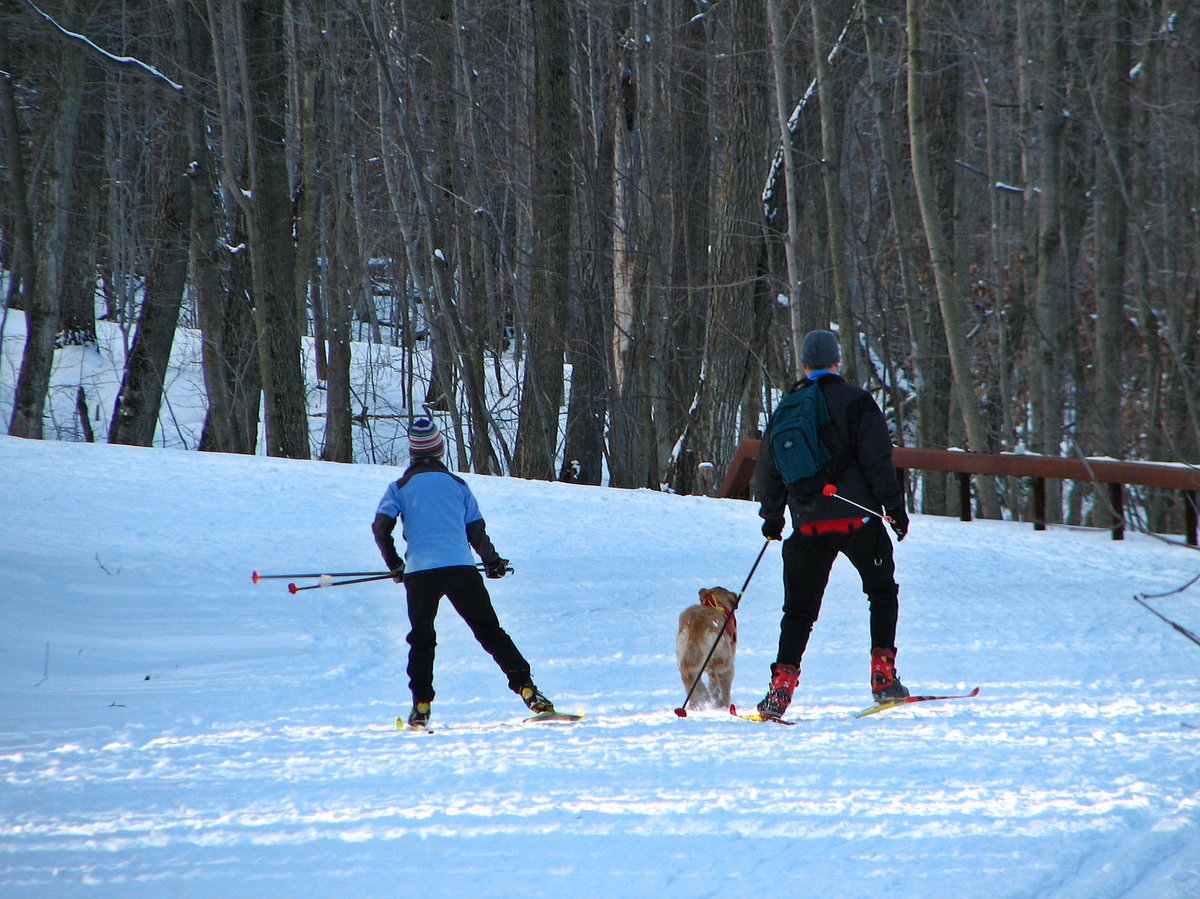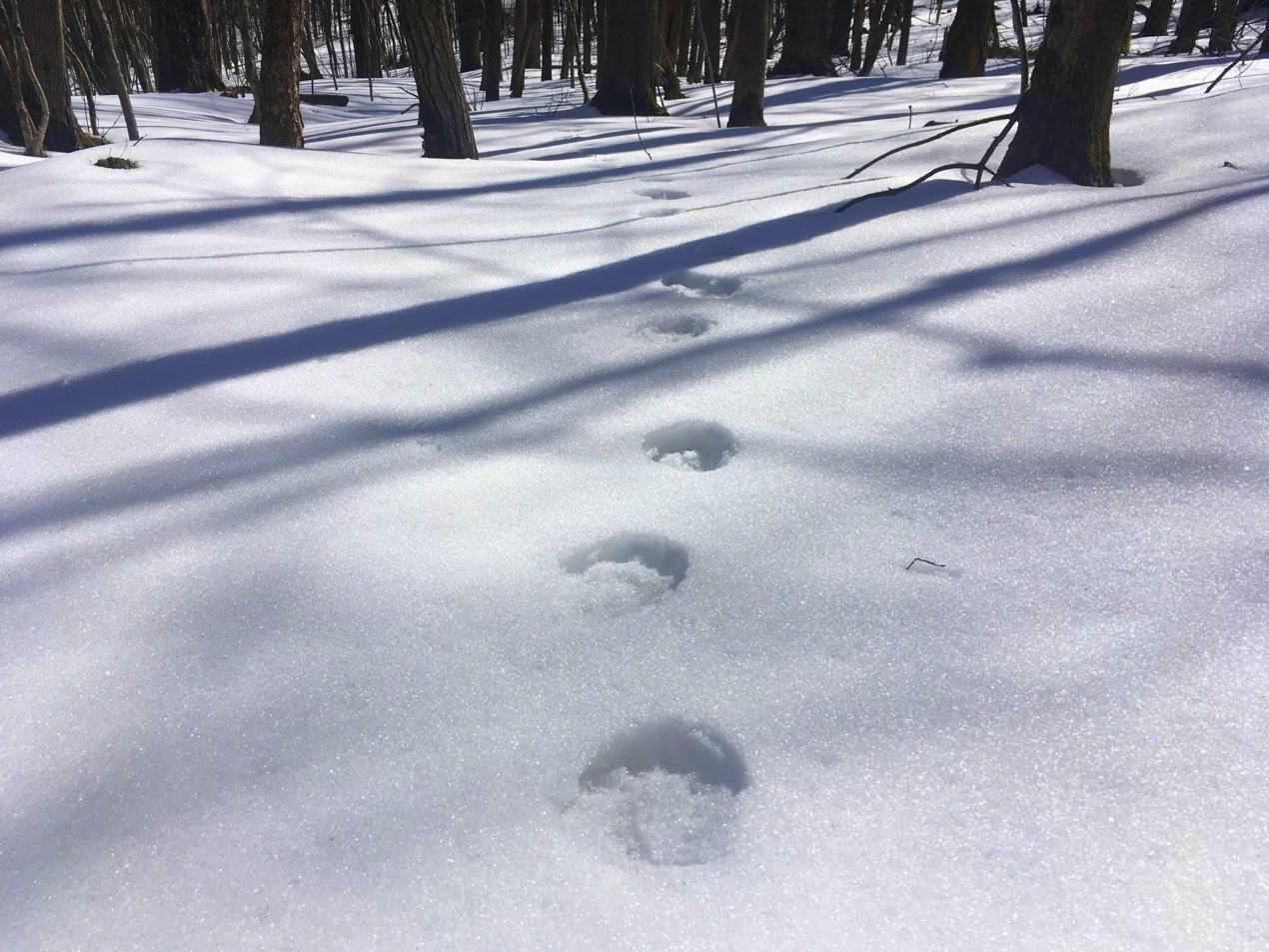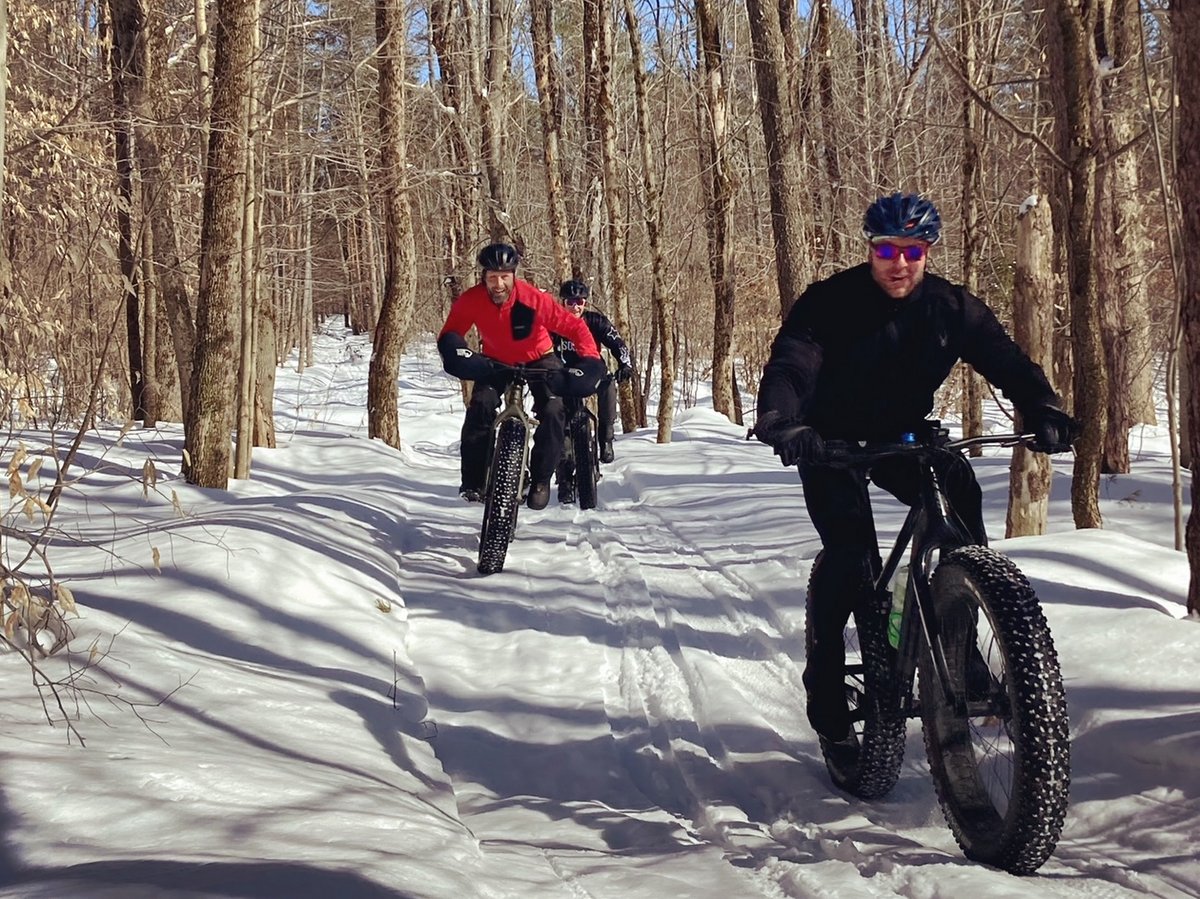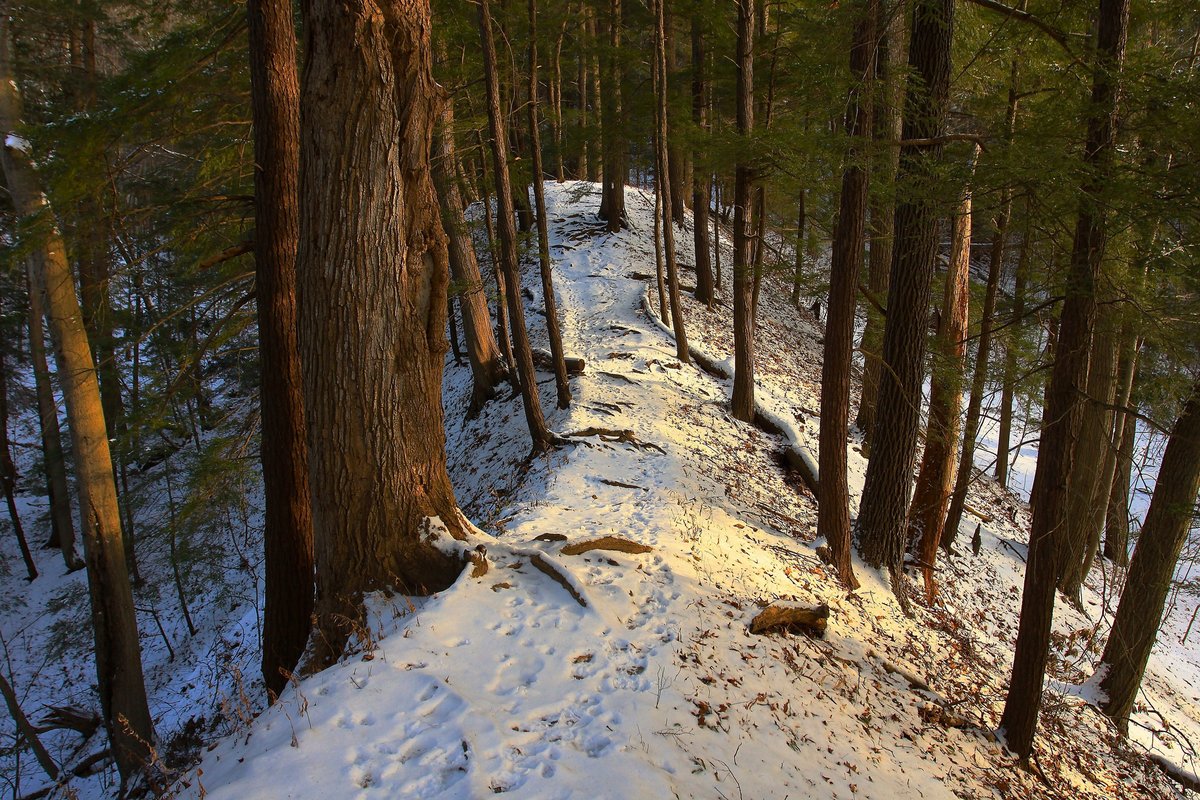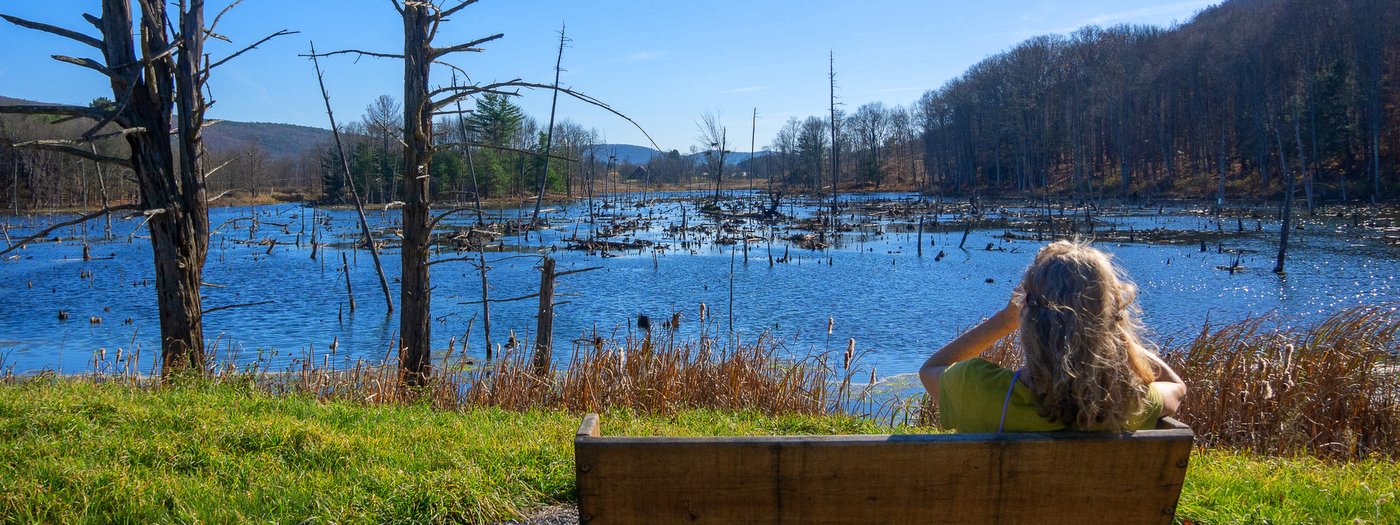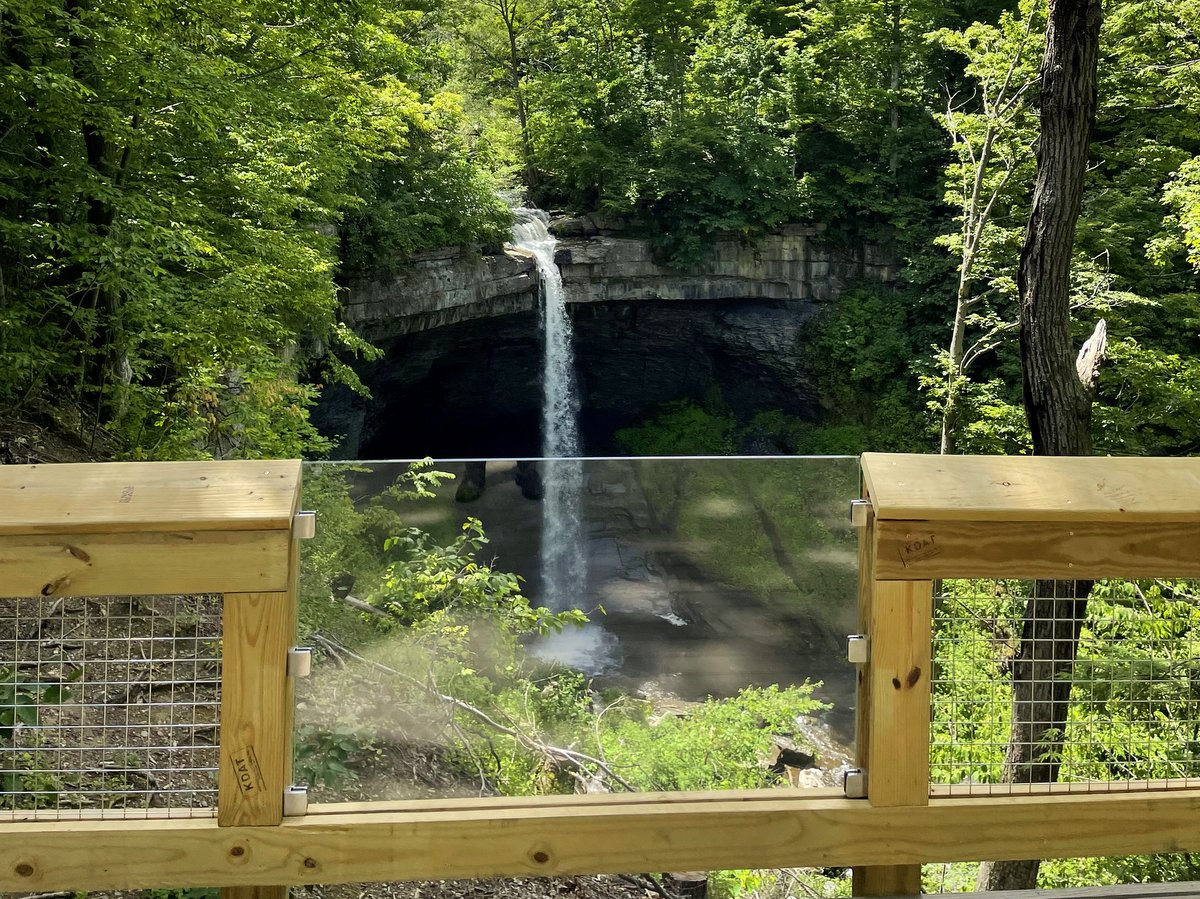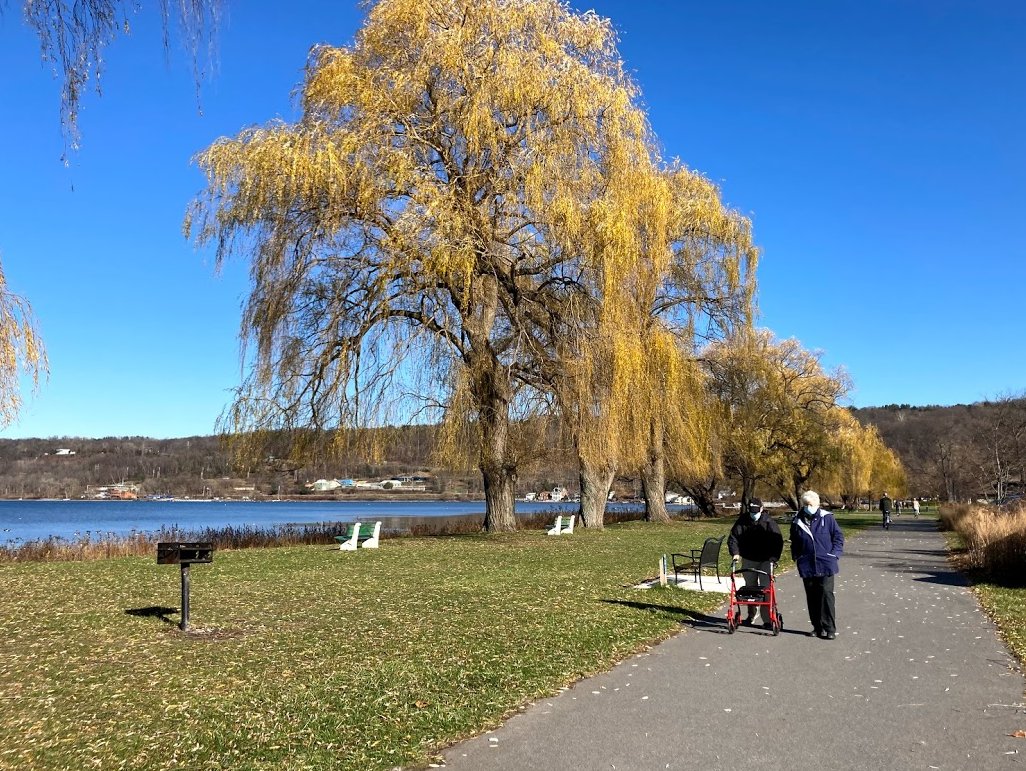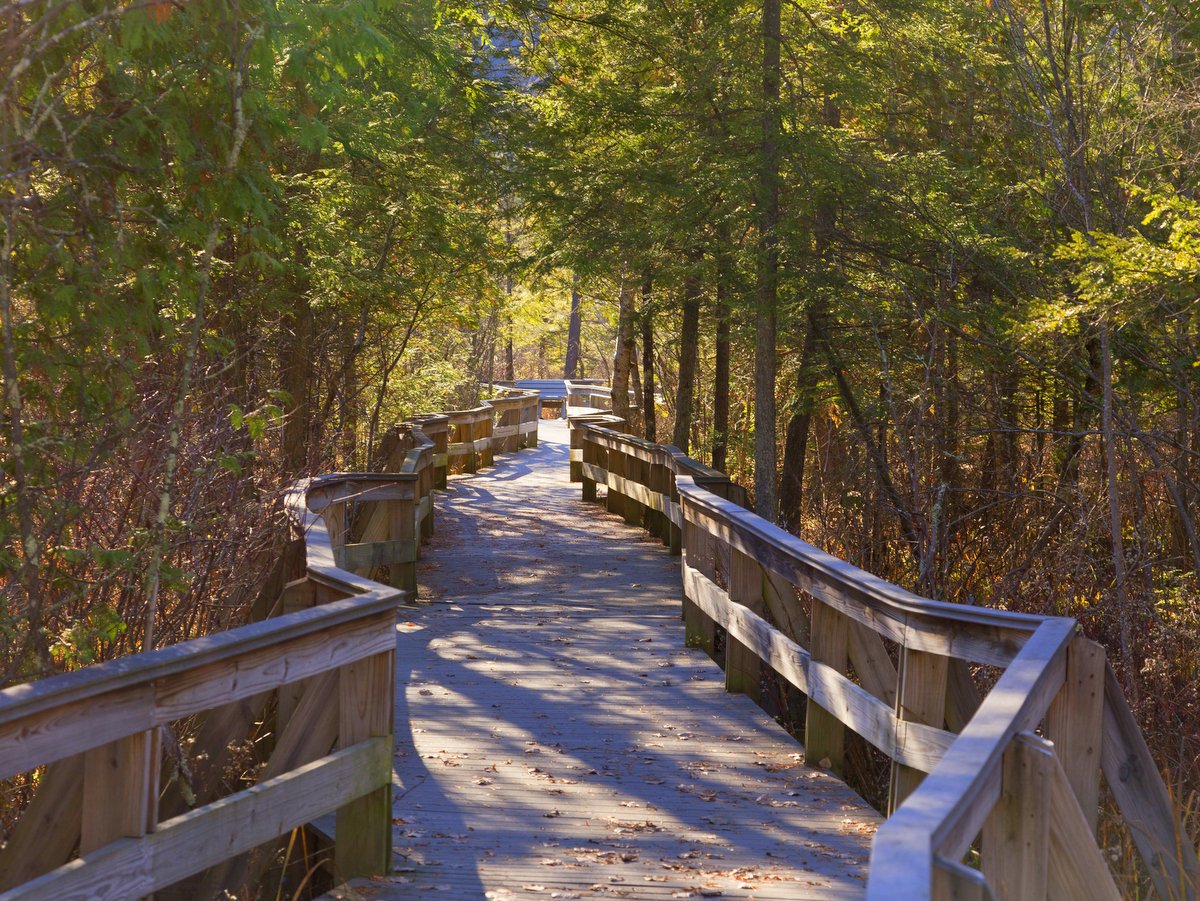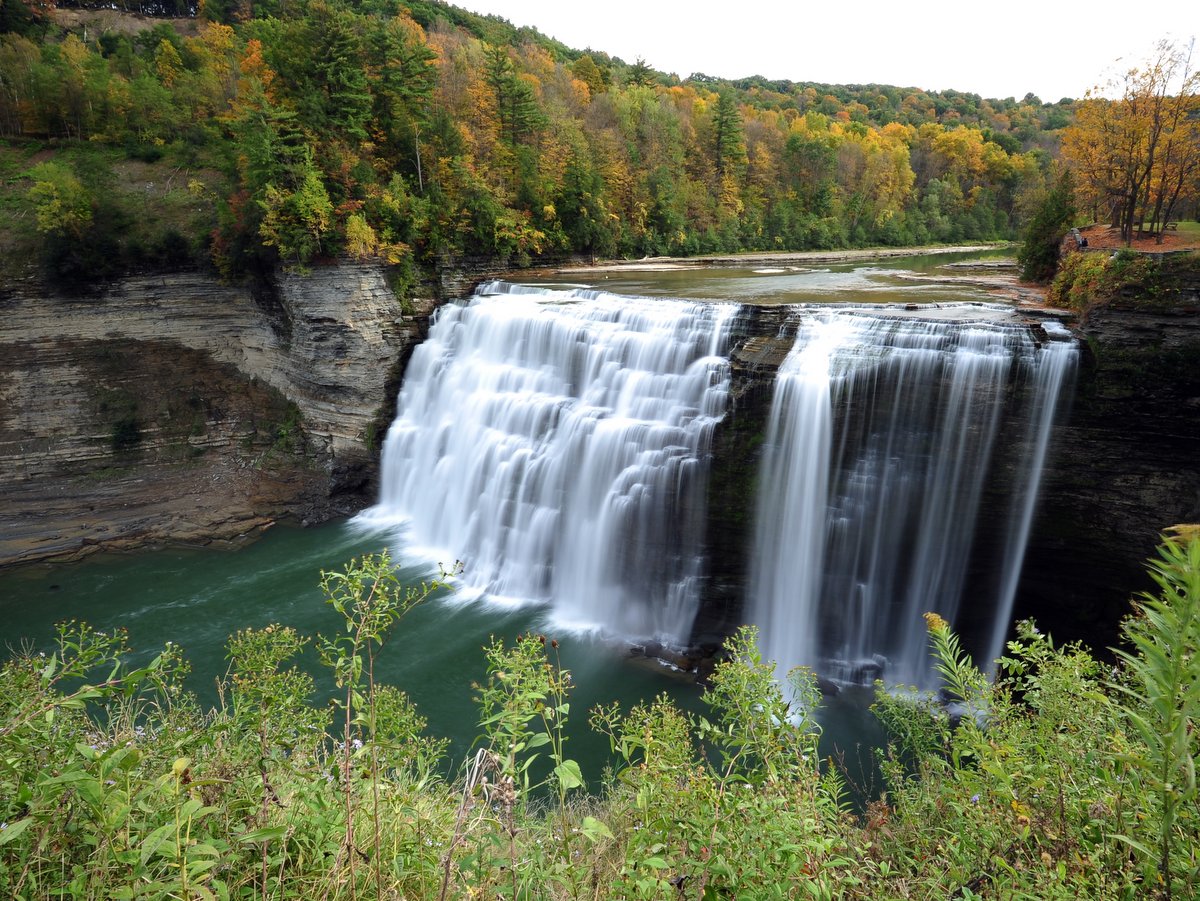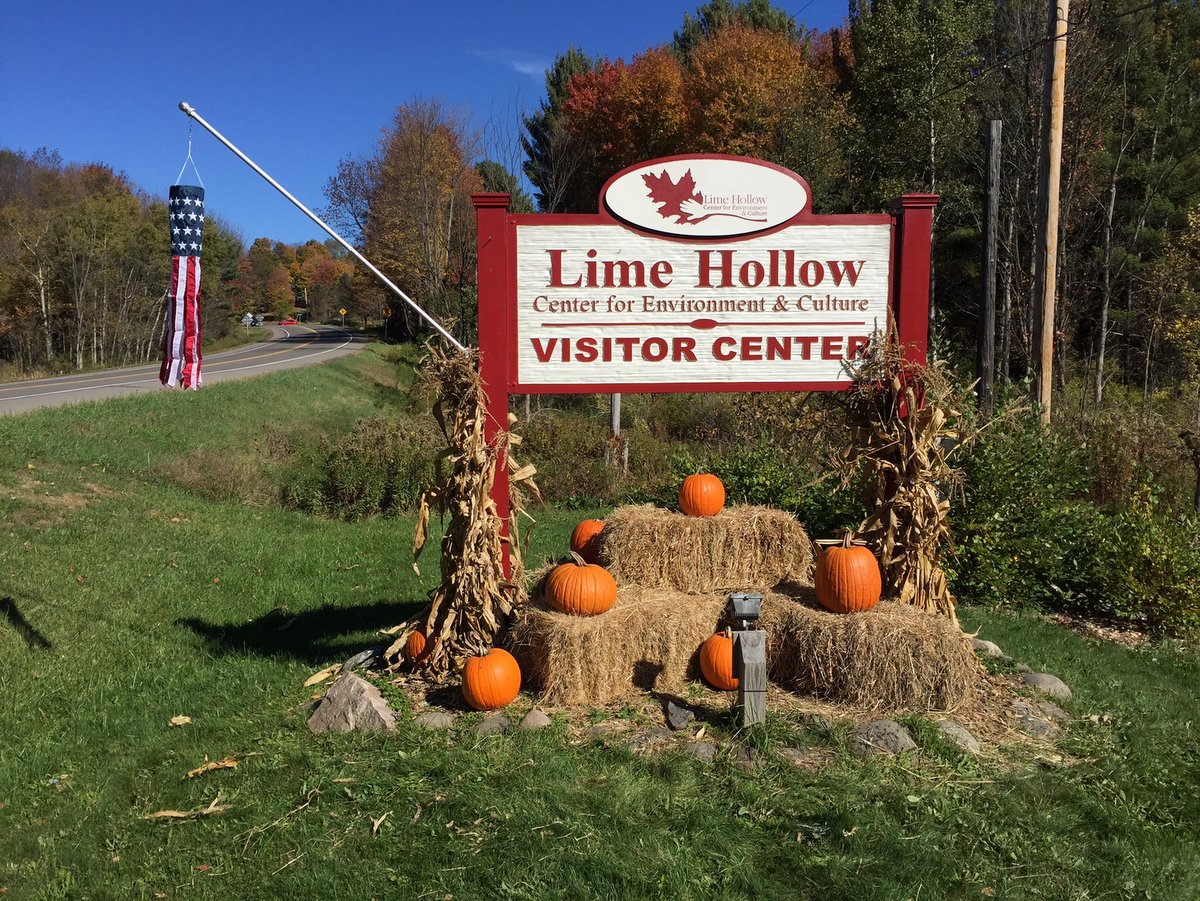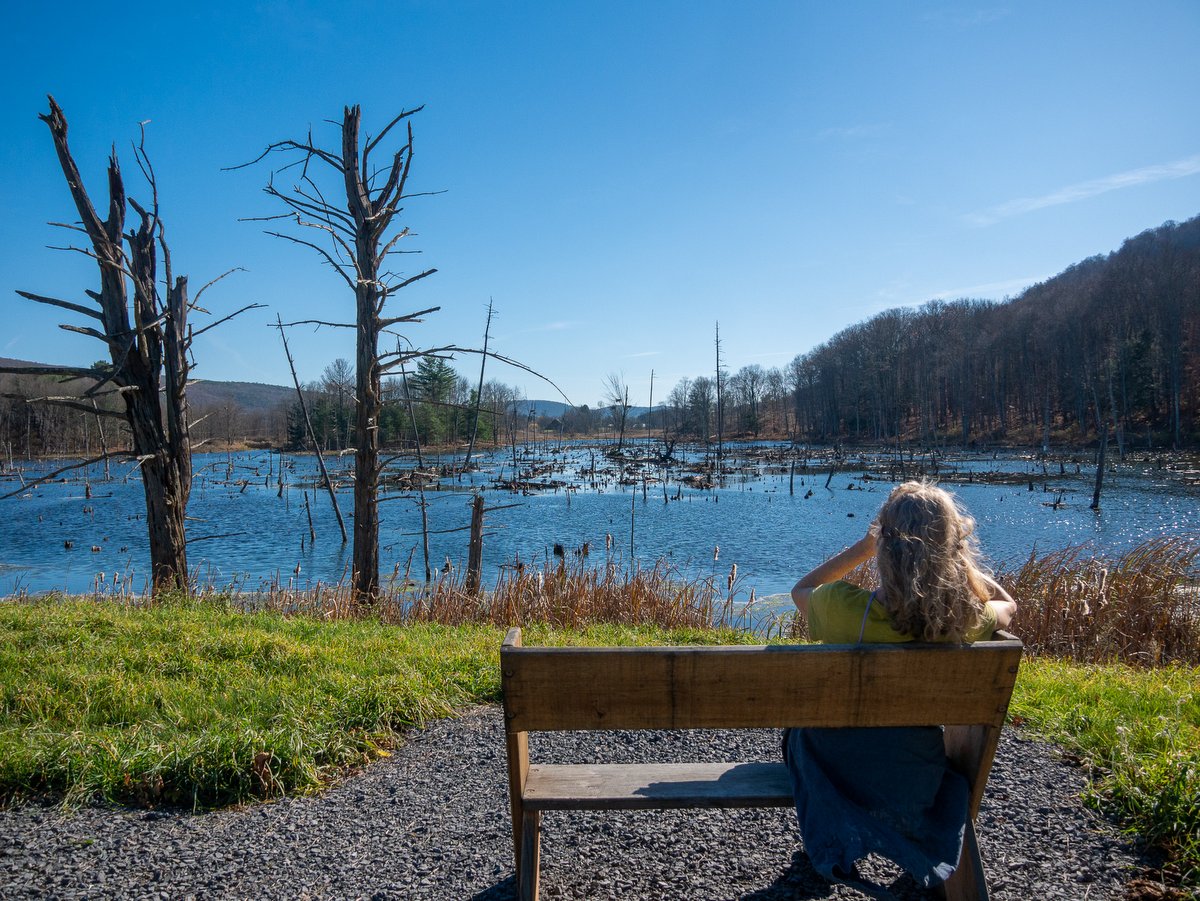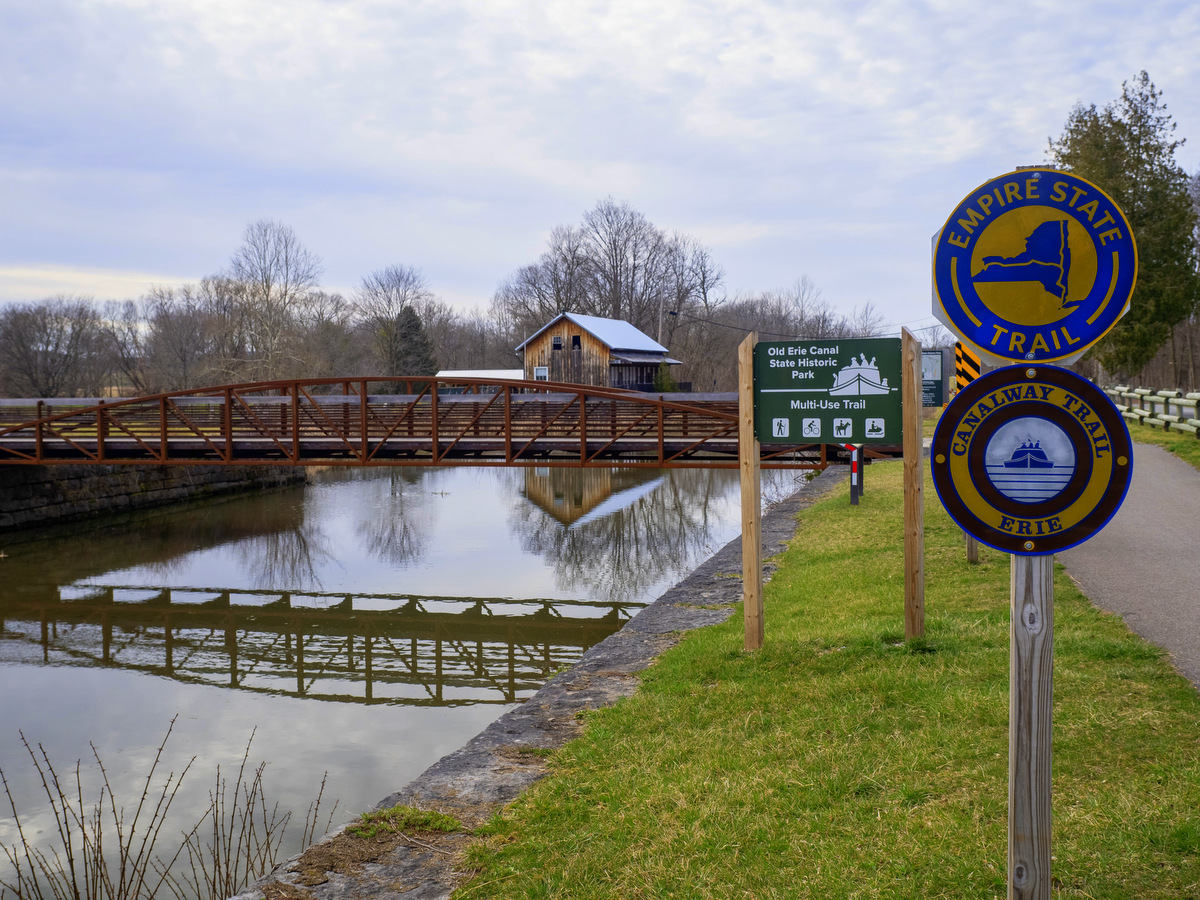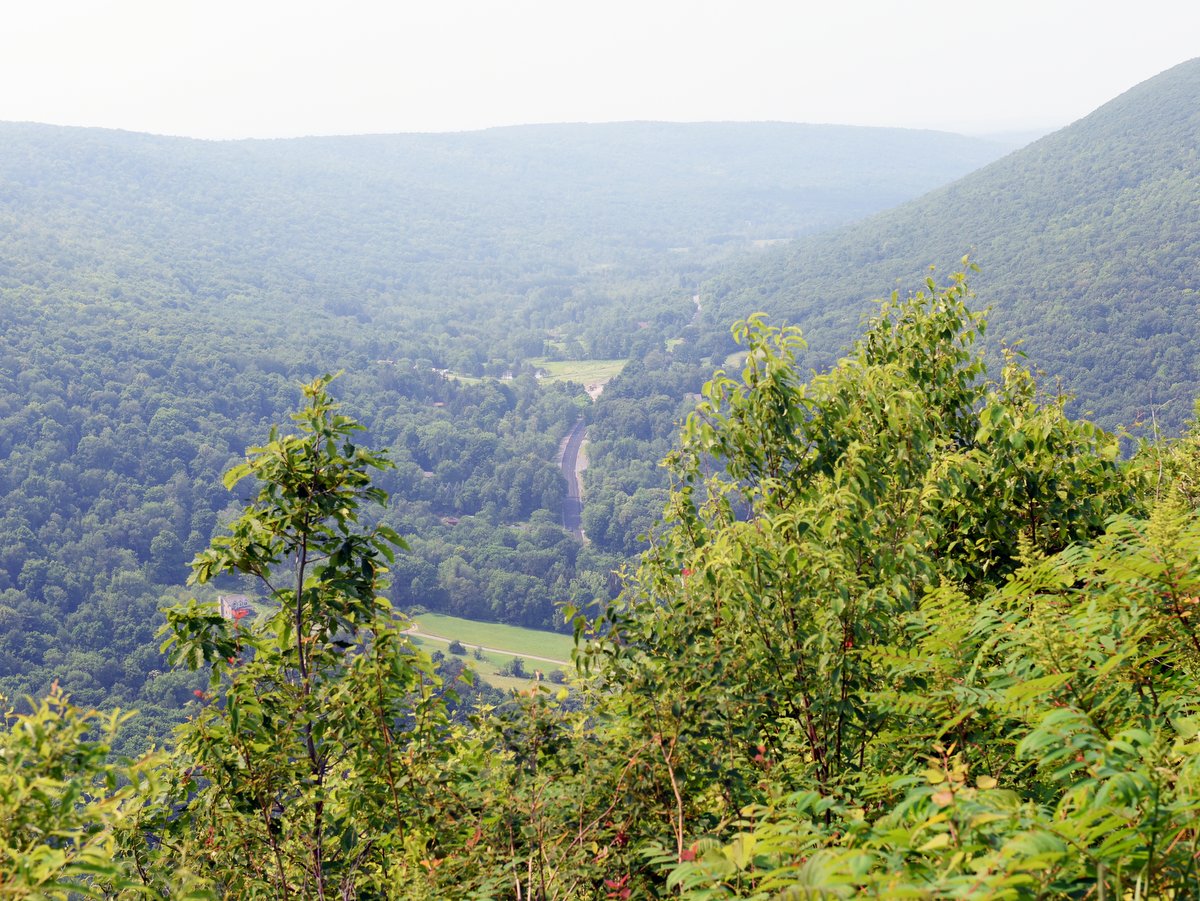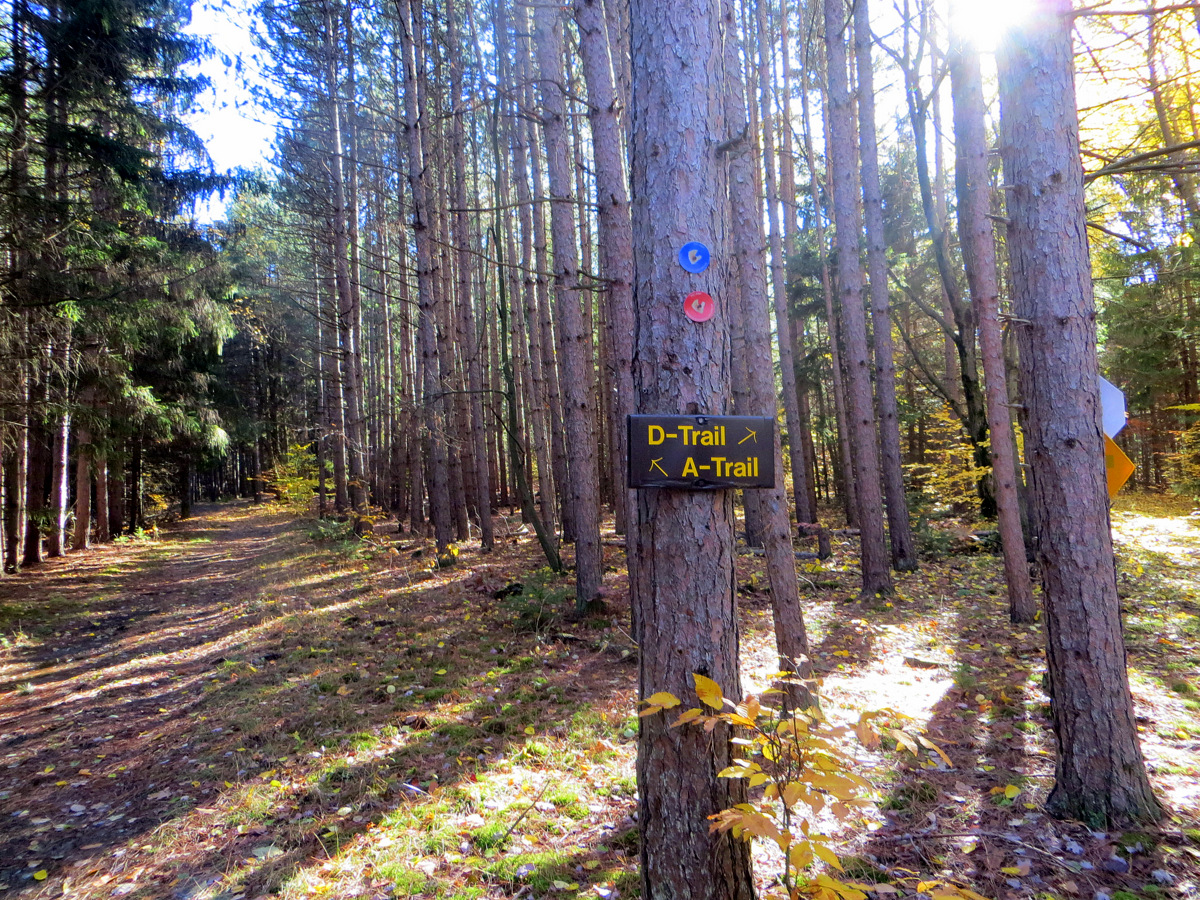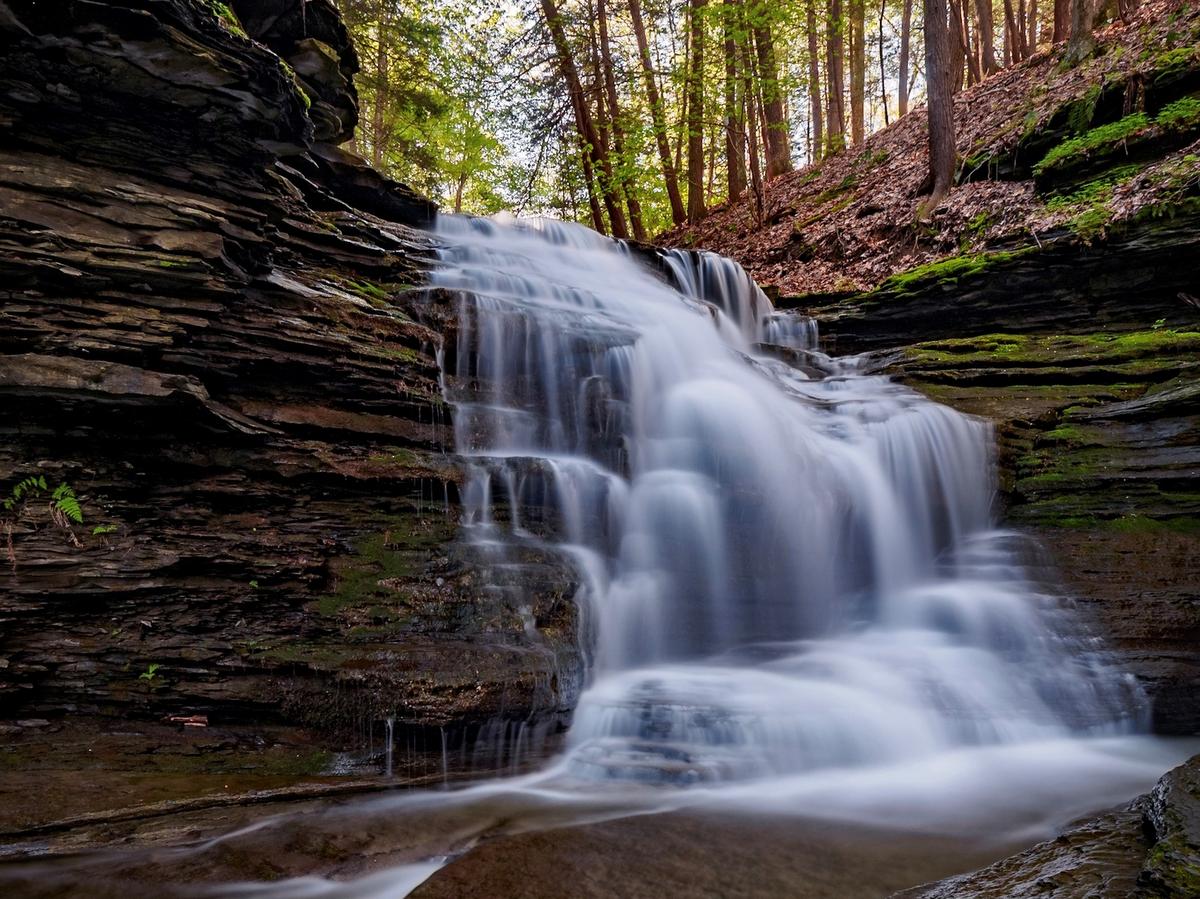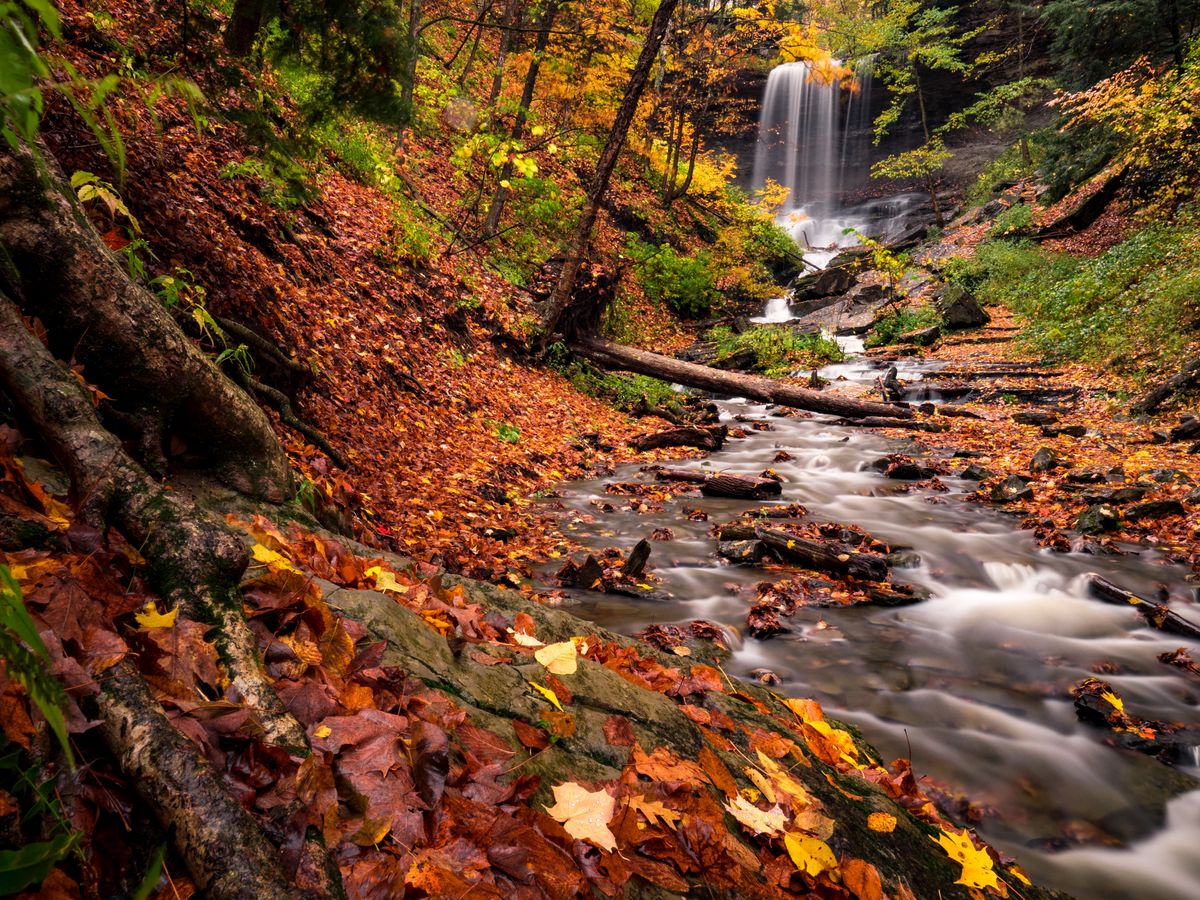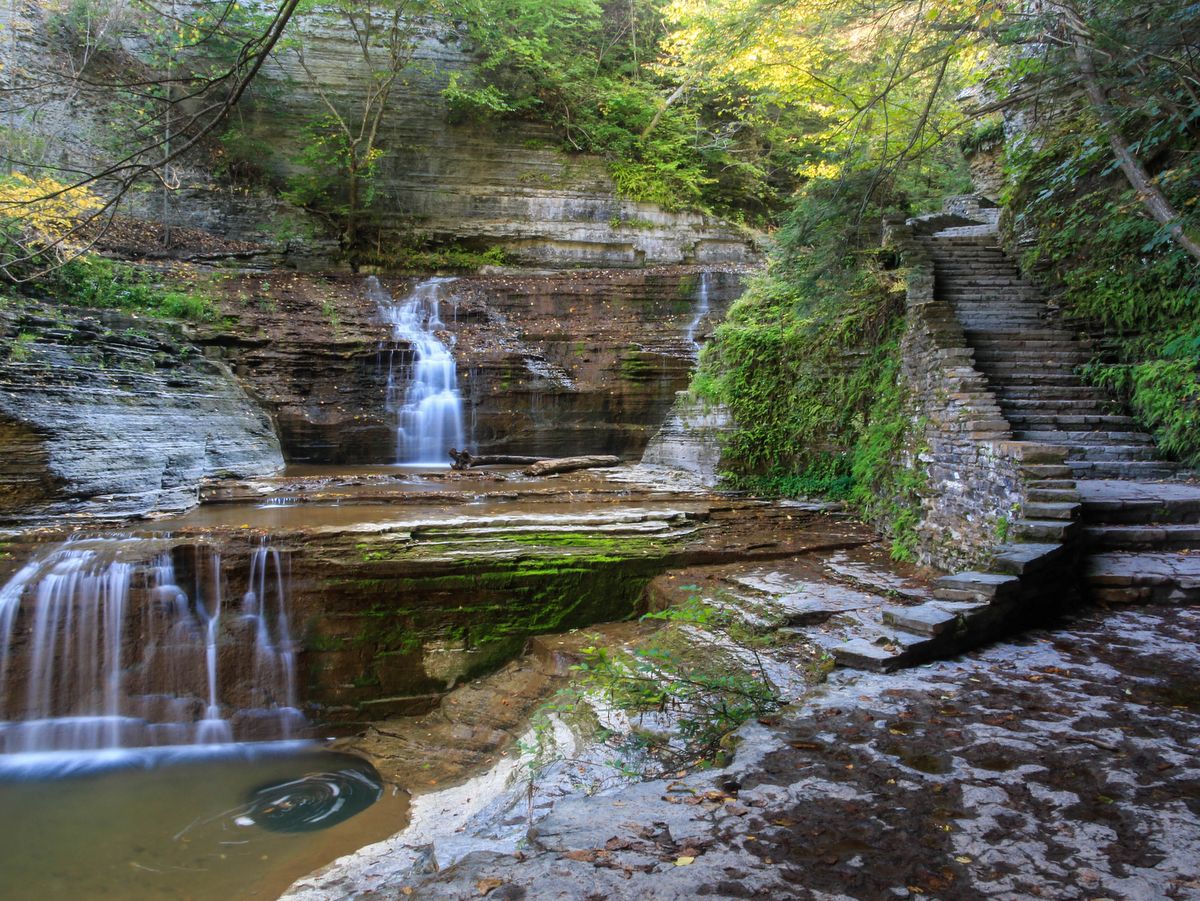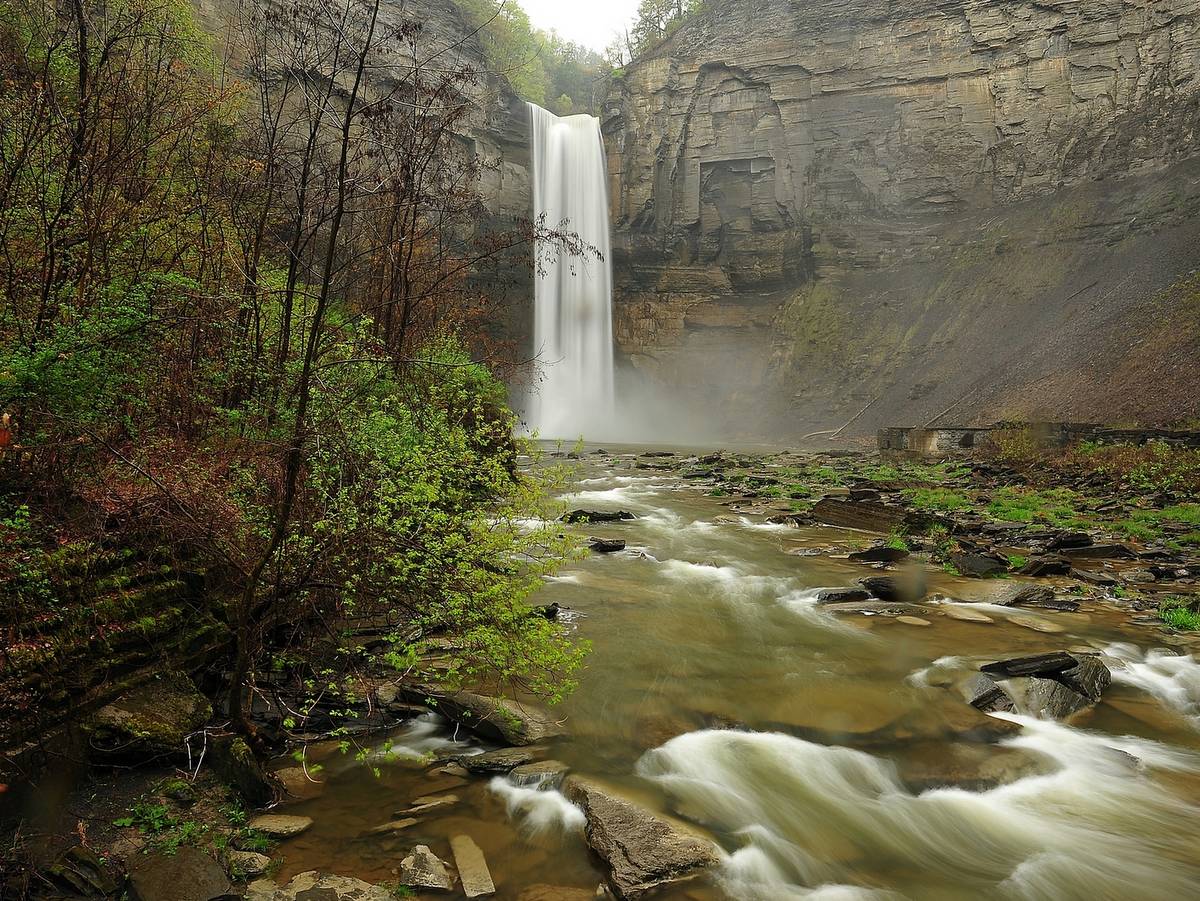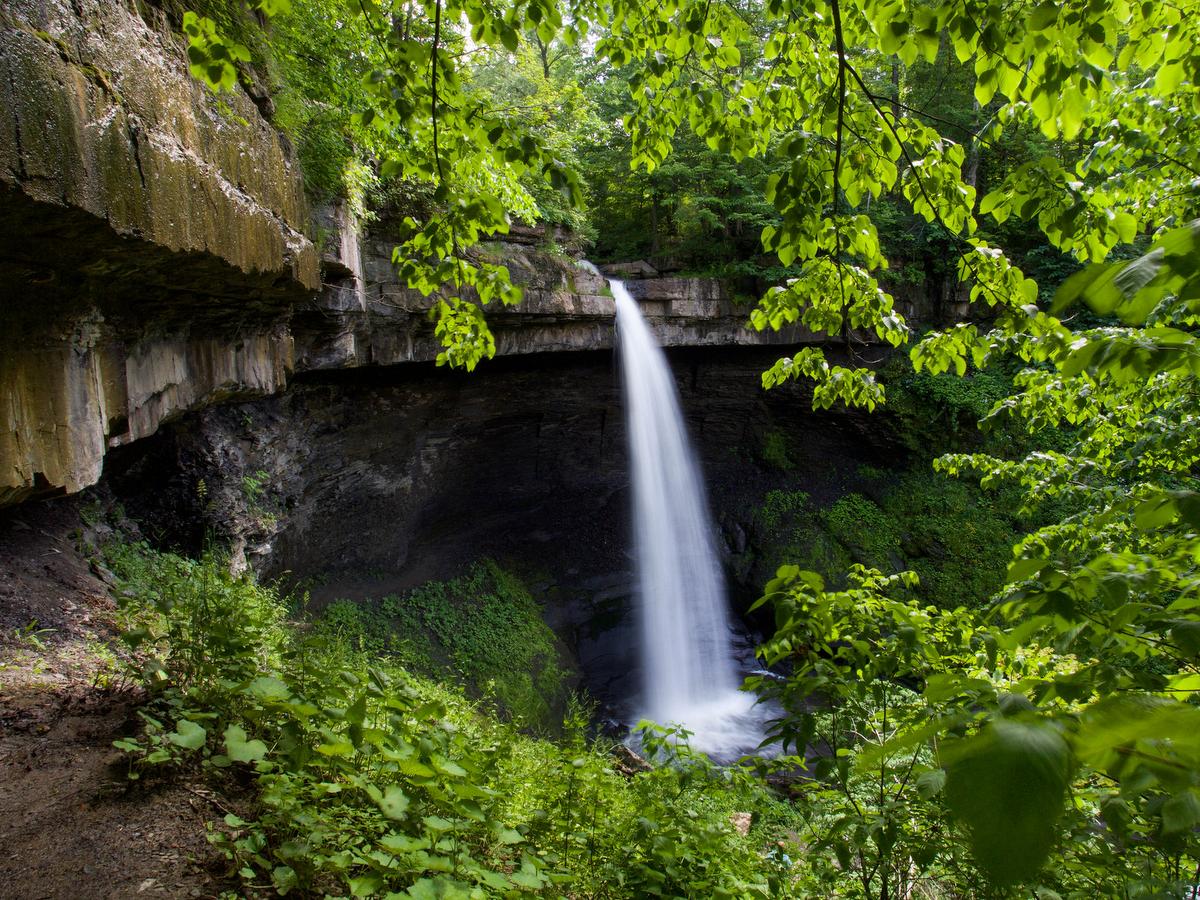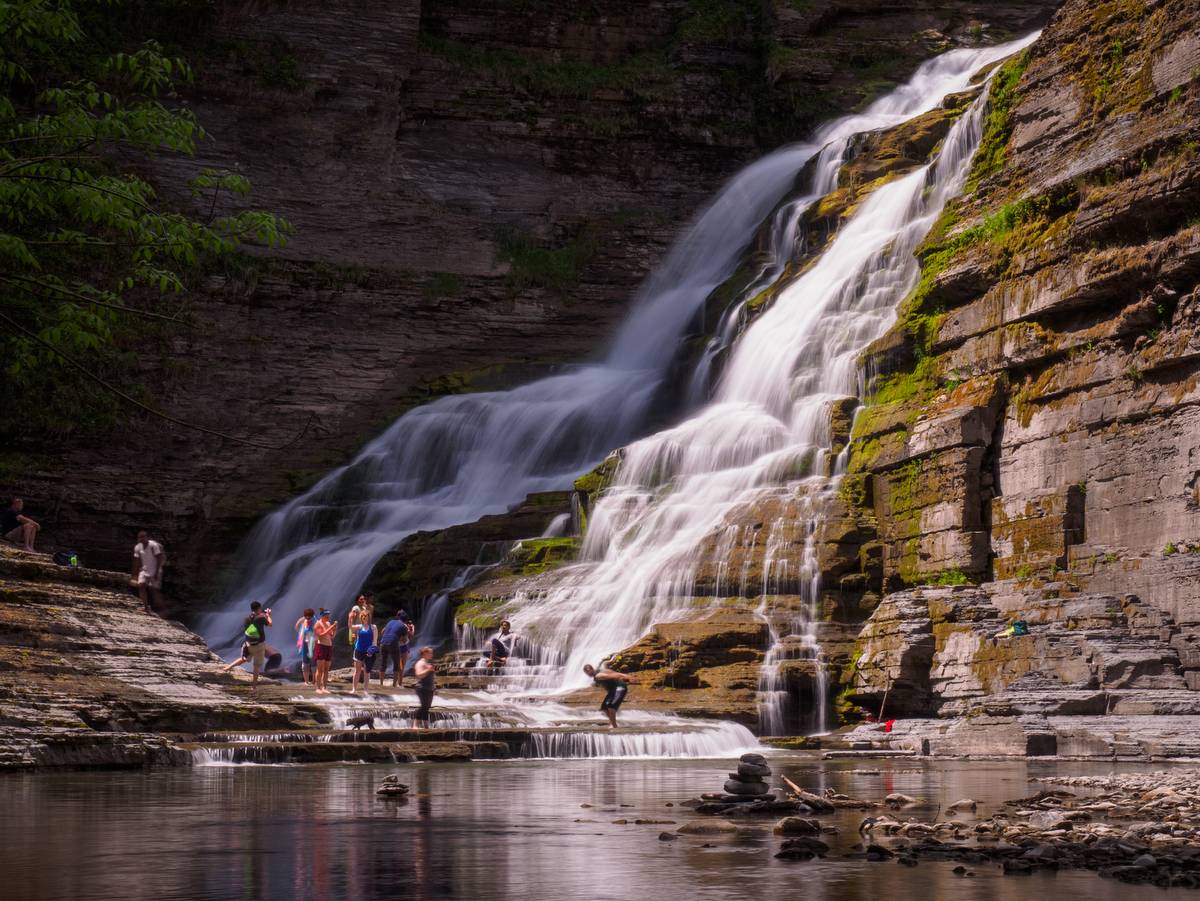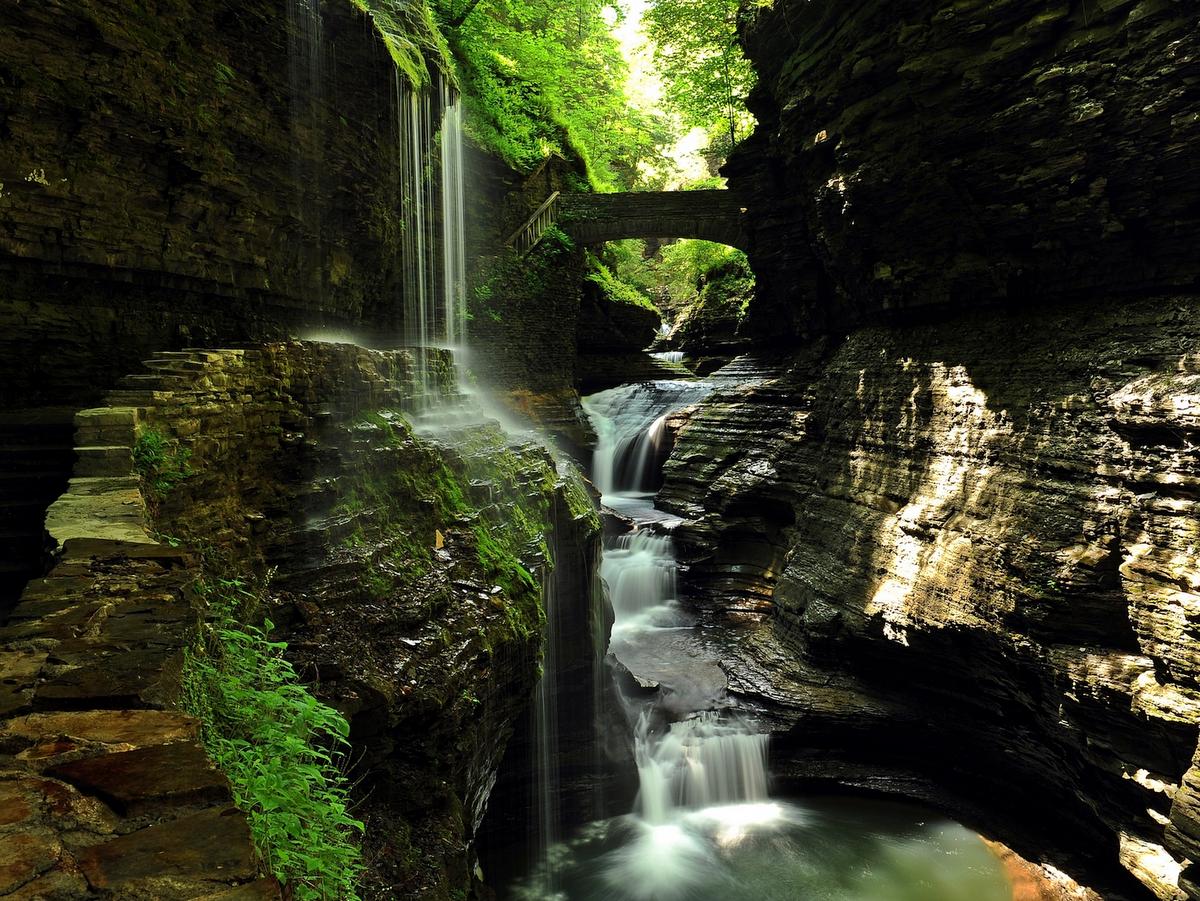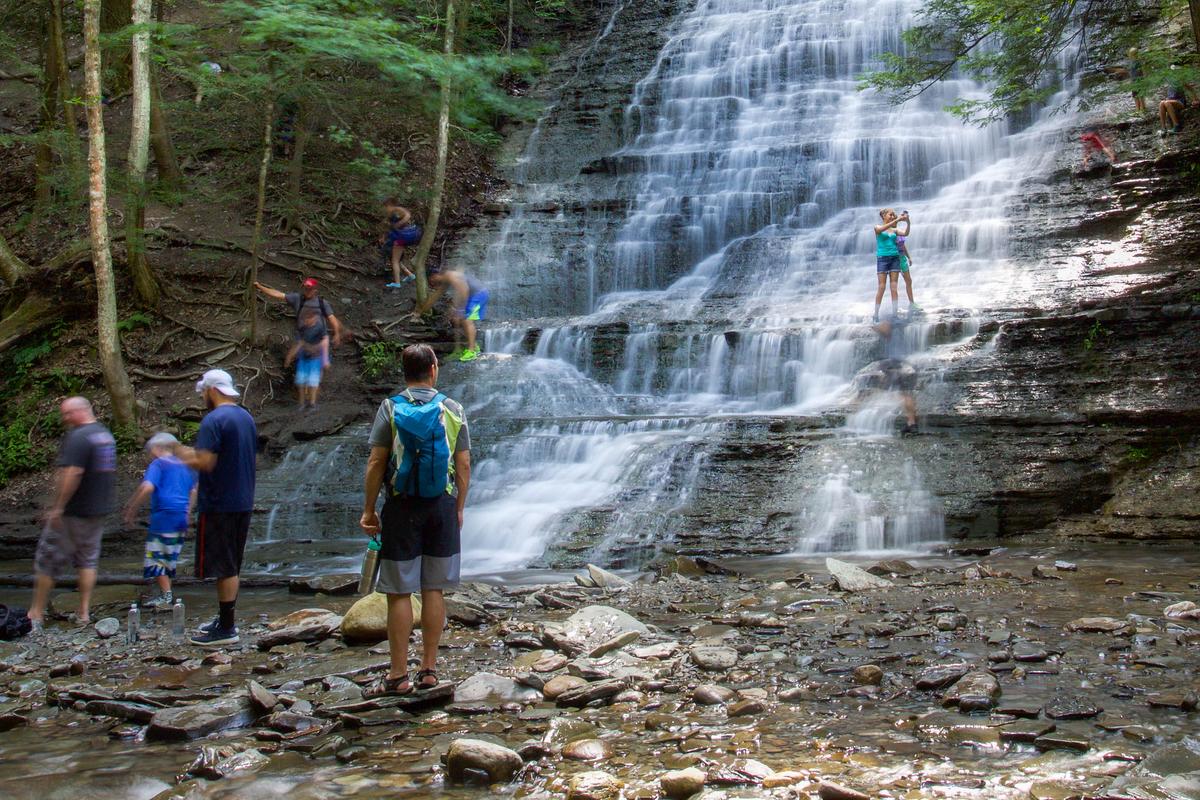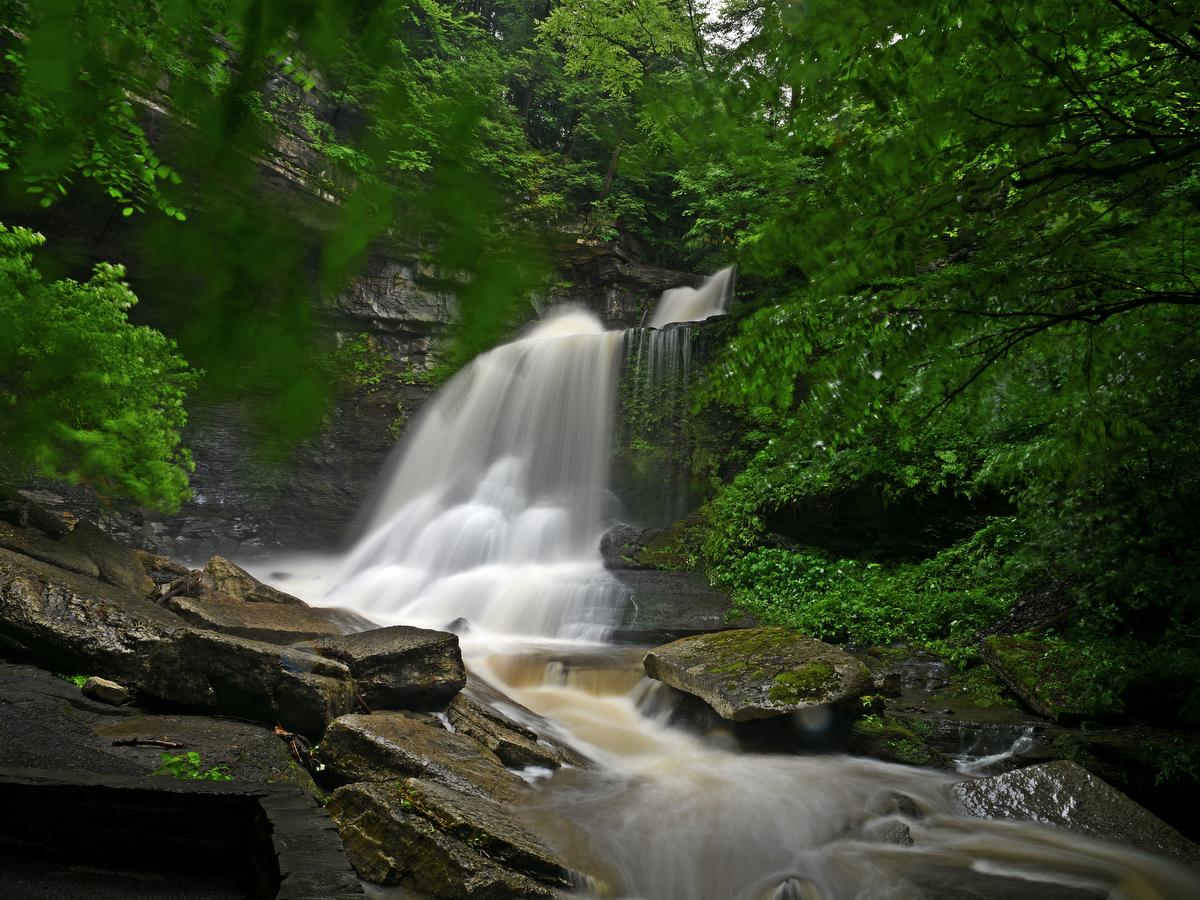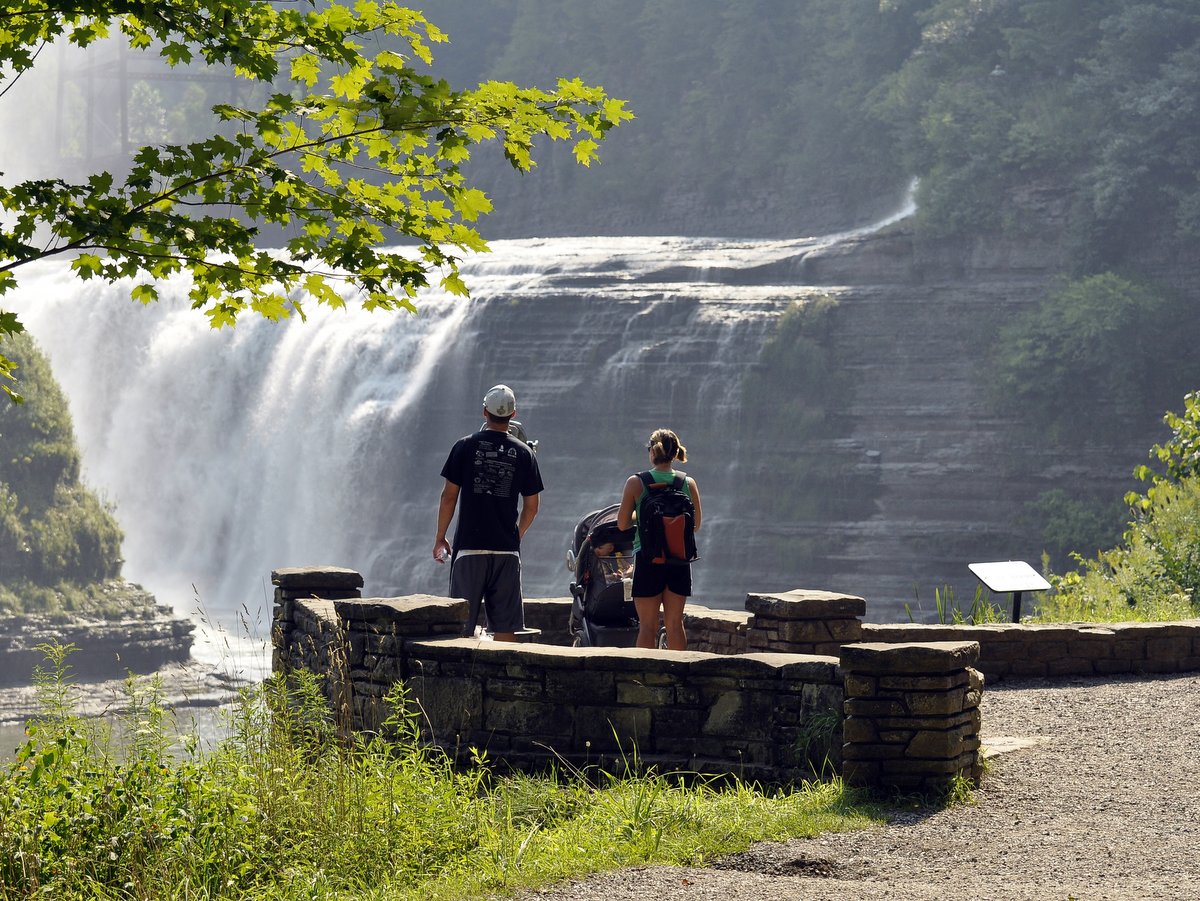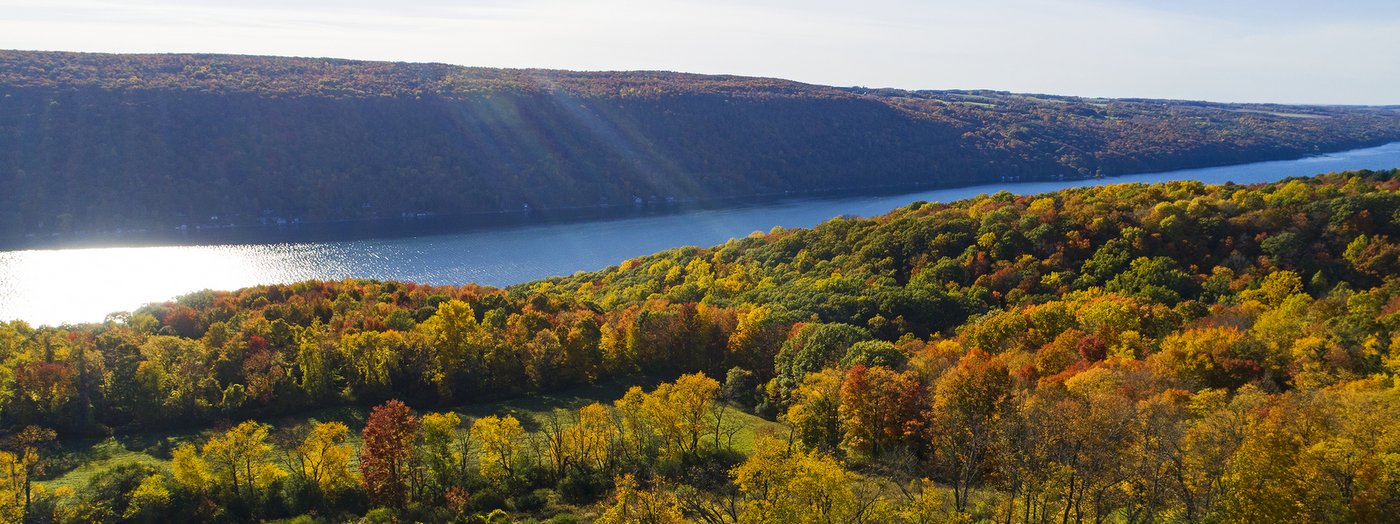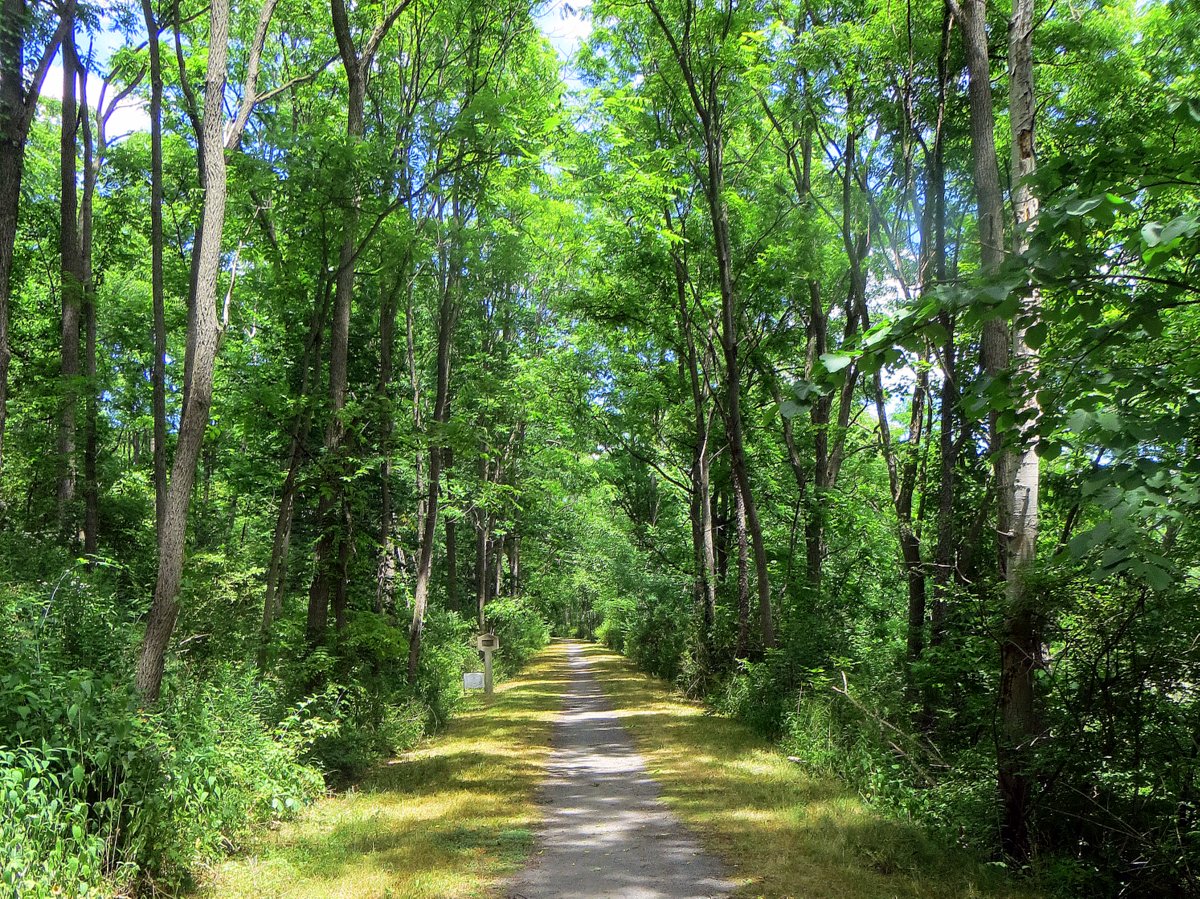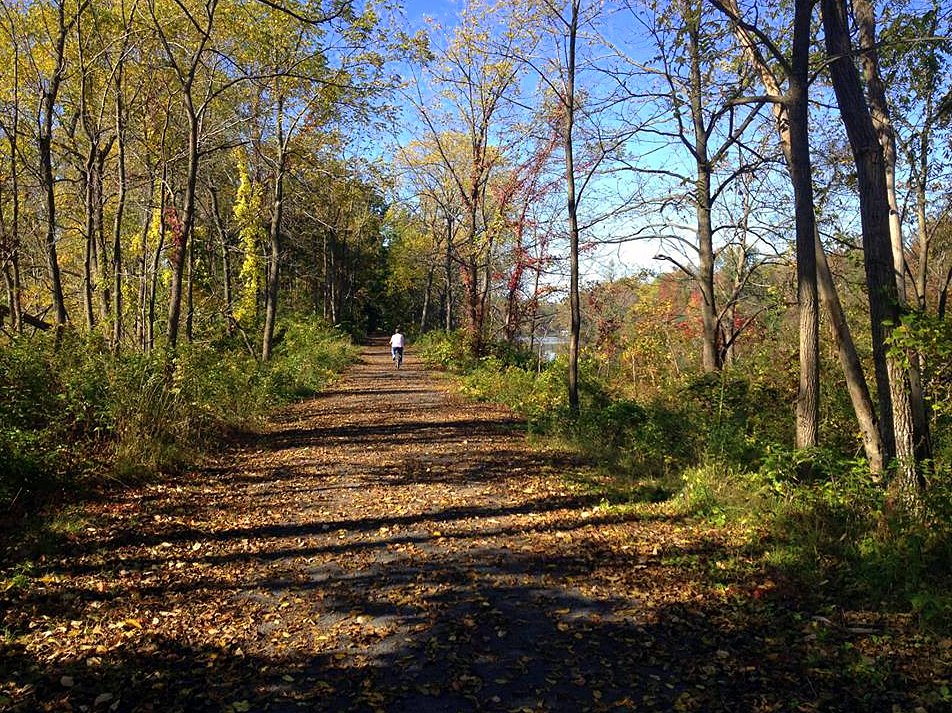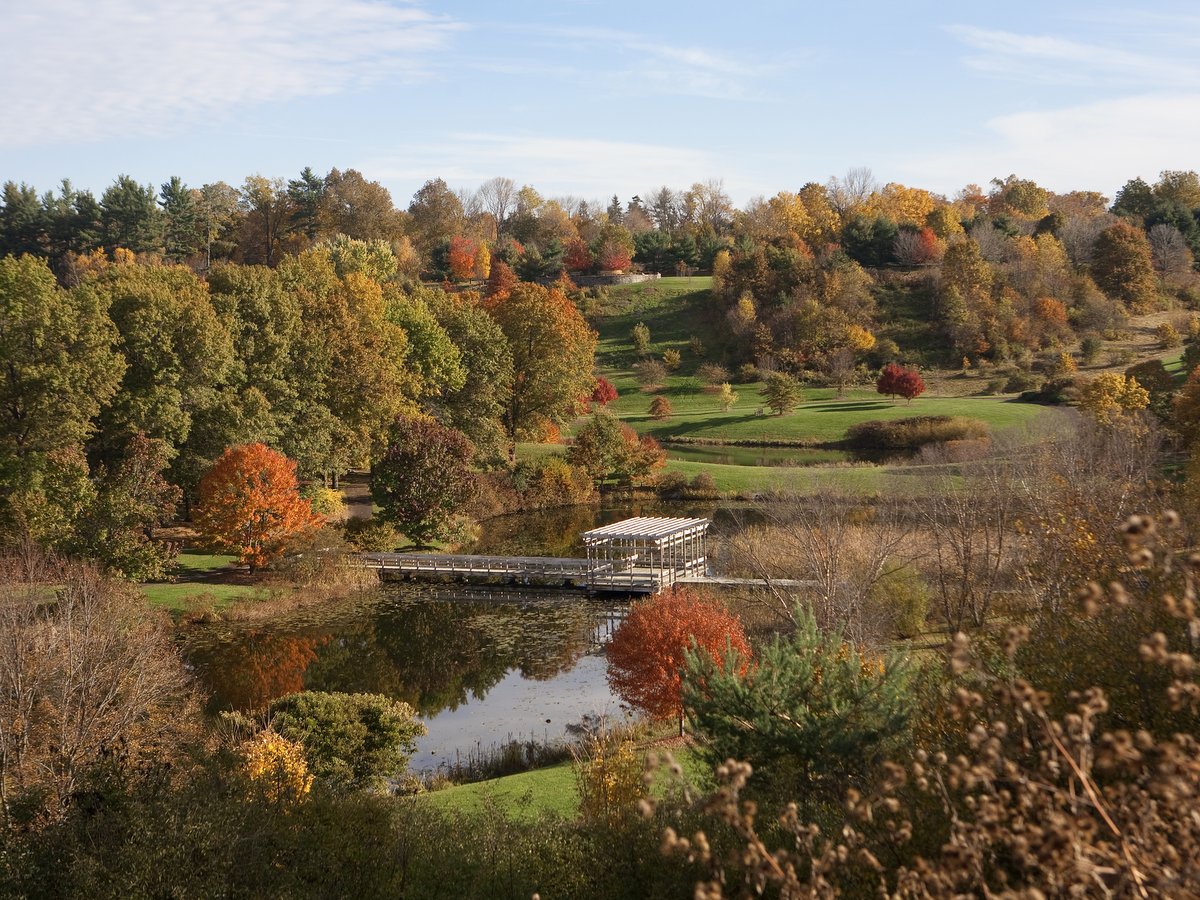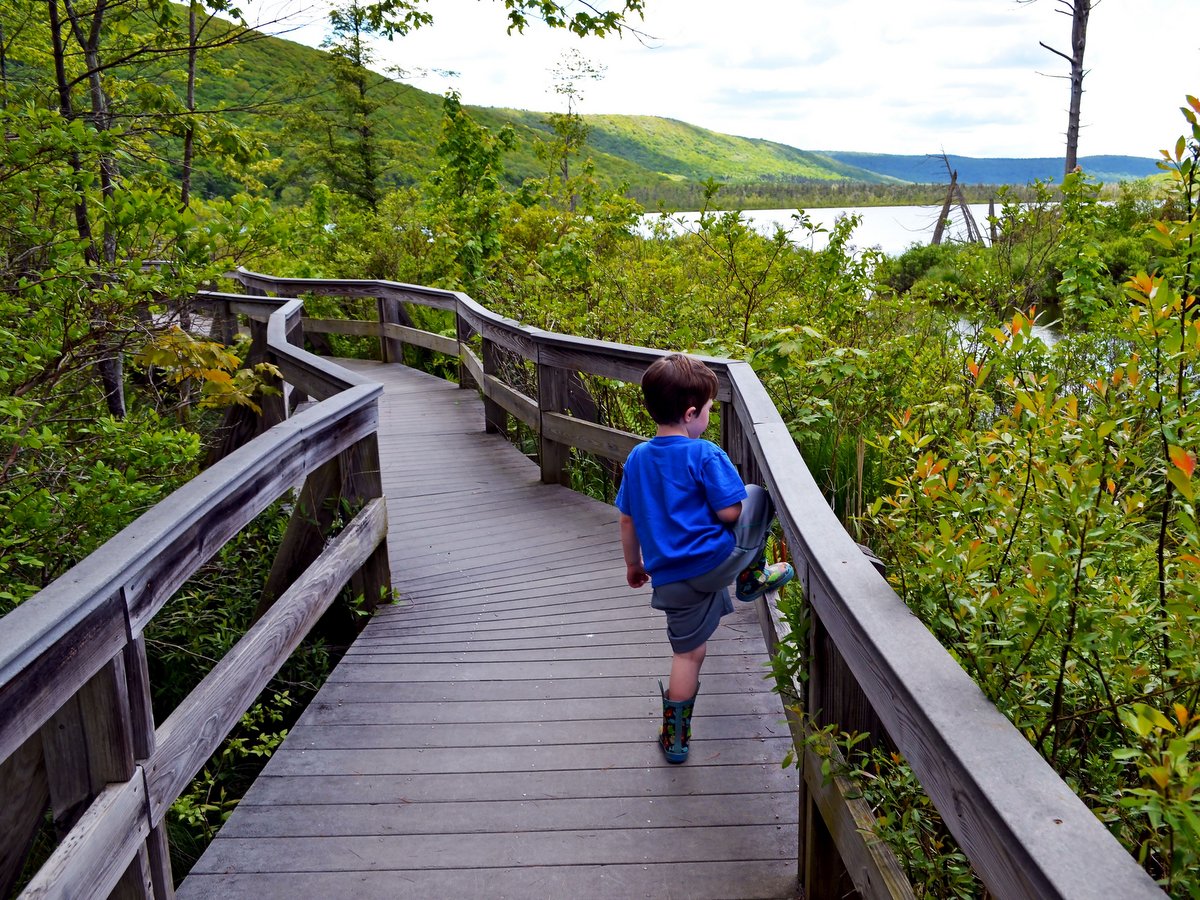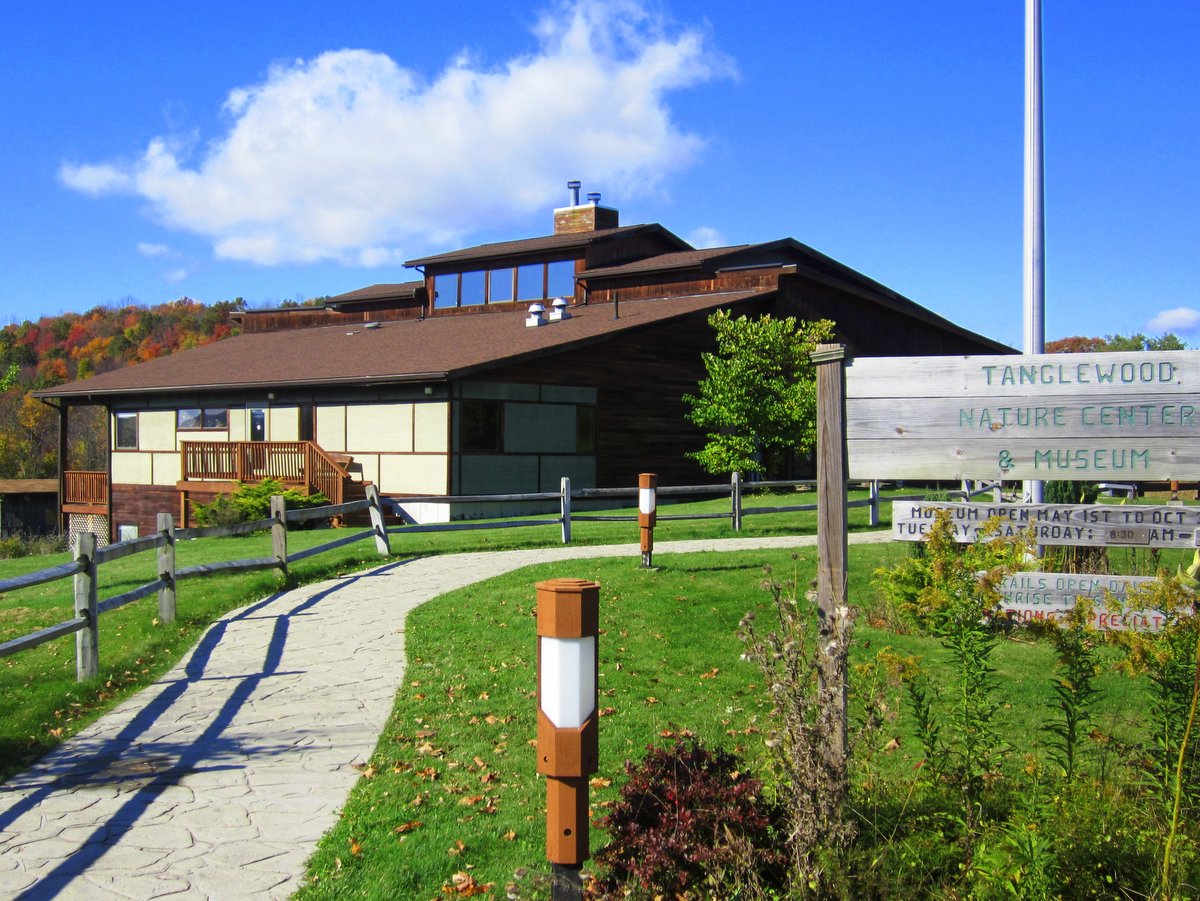Go Finger Lakes Locations Without Hunting
Many of your favorite trails and outdoor locations may be closed or have limited access during the fall hunting season. For anyone looking for peace of mind and open space without trail closures, explore this list of places where hunting is not allowed. We also advise you to check with each location before visiting as hunting policies can change.

Cornell Lab of Ornithology
The Cornell Lab of Ornithology, more commonly known as Sapsucker Woods, is a birding haven and great resource for long-time birders and those with an aspiring interest. Four miles of trails wander through the 230-acre sanctuary, with multiple interconnected loops that can be intermixed for longer trips. The mostly level trails weave through deep woods, atop boardwalks in swamps, and beside ponds bursting with wildlife of all kinds.
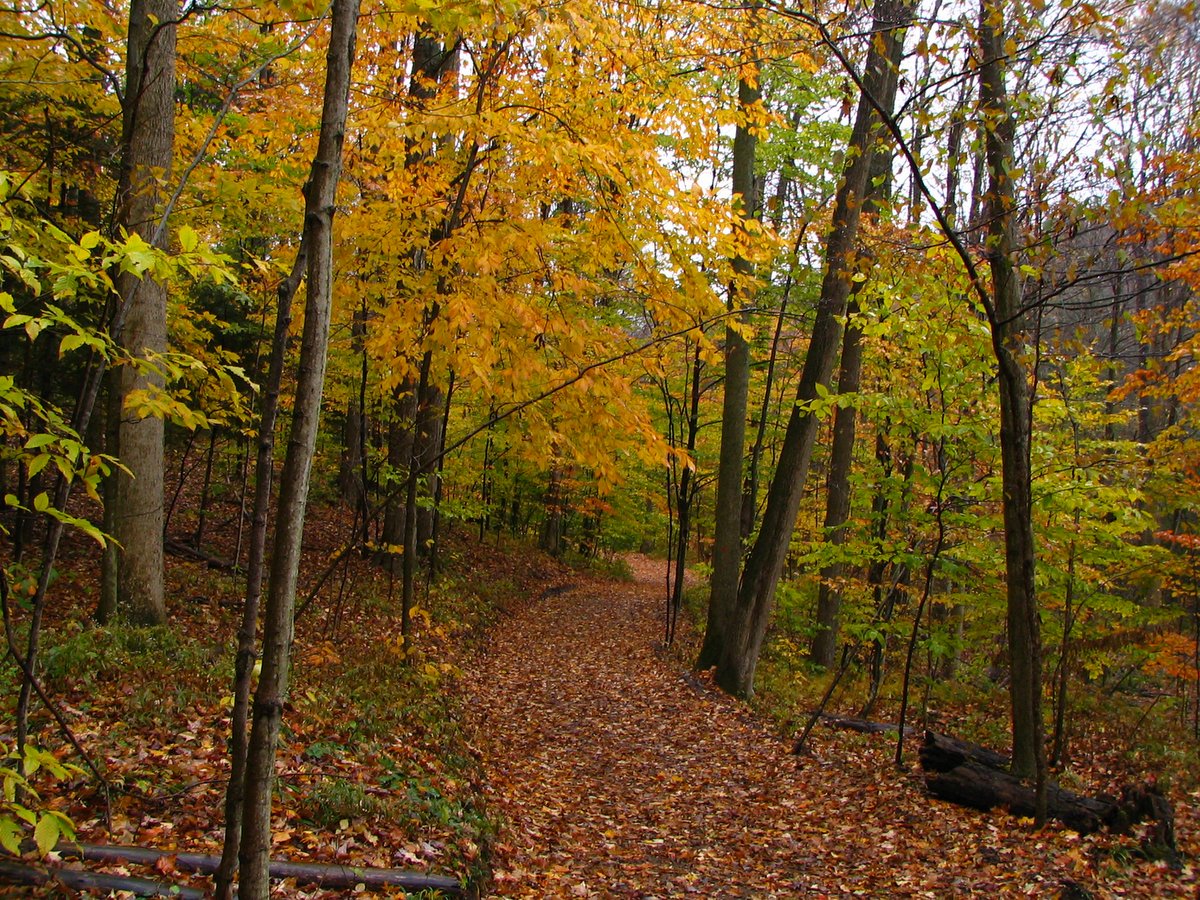
Baltimore Woods Nature Center
Rolling wooded hills, well-groomed trails, and varied niches make this small gem in Marcellus a must-visit for all members of the family. Short trails through an arboretum as well as wildflower and herb gardens near the John A. Weeks Interpretive Center are perfect for those who just want a brief, easy stroll. The longer Valley, Boundary, and Field to Forest trails offer extended trips to expand the experience and are thoroughly enjoyable by hikers of all levels.
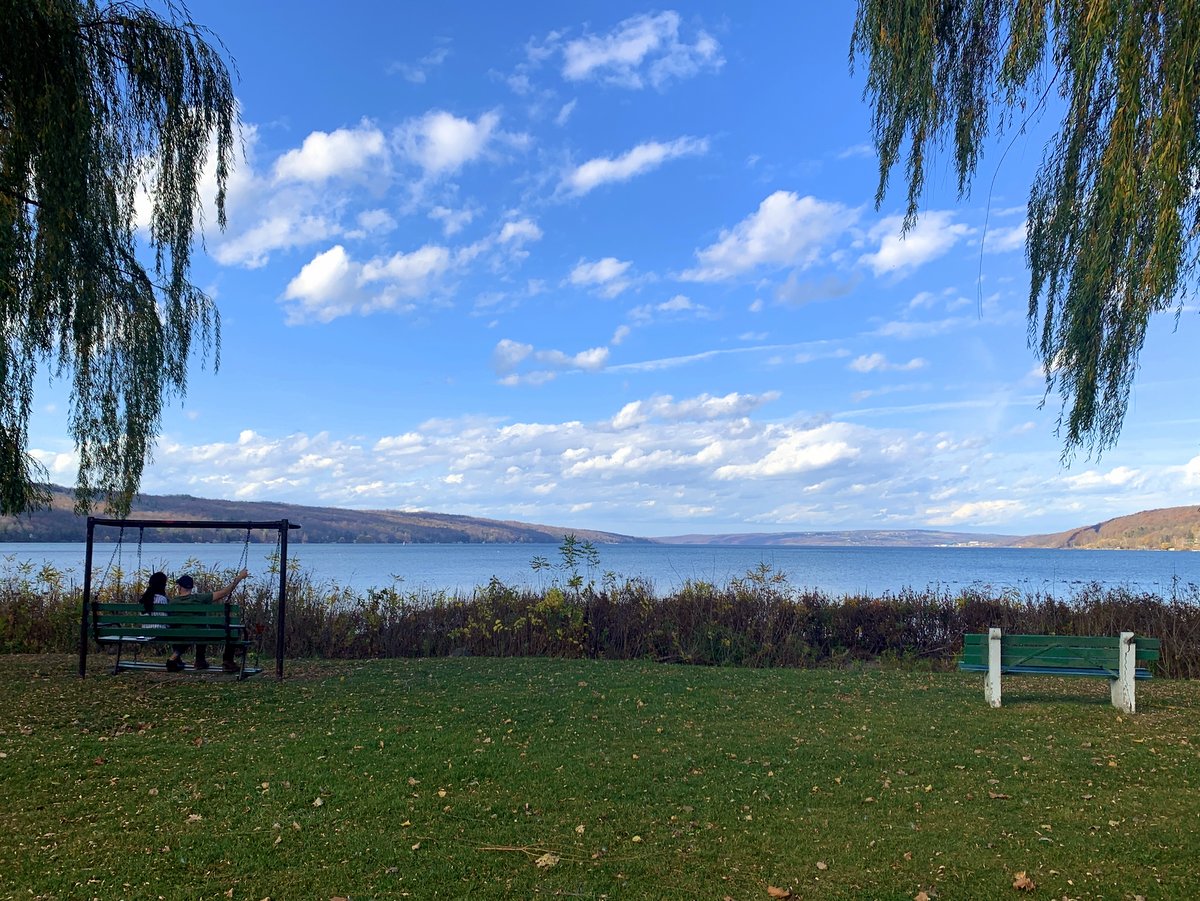
Cayuga Waterfront Trail
Whether you walk a mile or run the full, 16-mile round trip, the Cayuga Waterfront Trail (CWT) is a great way to experience all that Ithaca’s Cayuga Lake waterfront has to offer. Benches, scenic overlooks, interpretive signs, and trailheads with decorative paving and kiosks help make the CWT a special place to relax or exercise, all while enjoying Ithaca’s beautiful waterways.
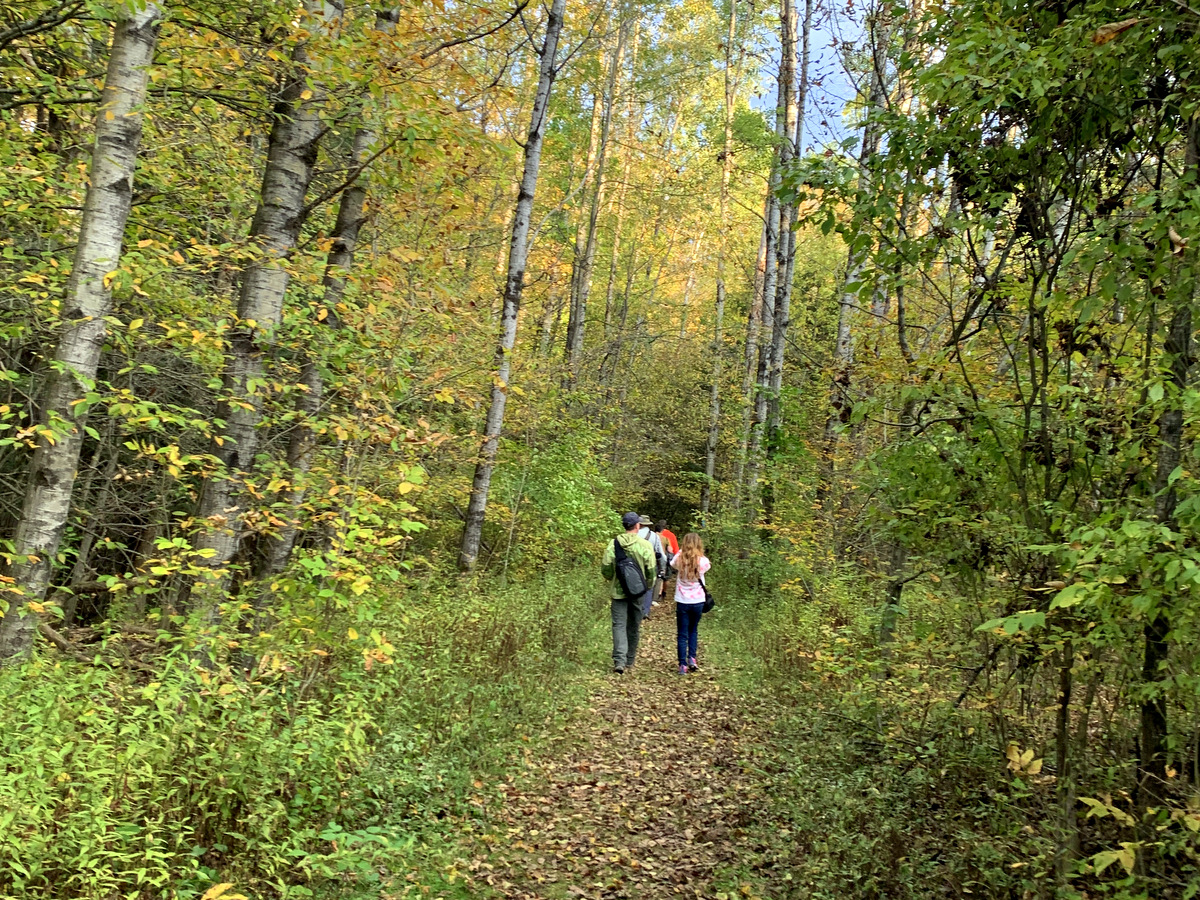
Roy H. Park Preserve
An easy meandering trail accessed from the south parking area of this Finger Lakes Land Trust preserve in Dryden leads you through a meadow that encircles a beautiful evergreen plantation. Follow the spur trail and you will find yourself in a mature forest that leads to the hemlock-studded gorge and waterfalls along Six Mile Creek. Please note that while hunting is prohibited in the Roy H. Park Preserve, it is allowed in the adjacent Hammond Hill State Forest which can be accessed from the preserve’s northern entrance.
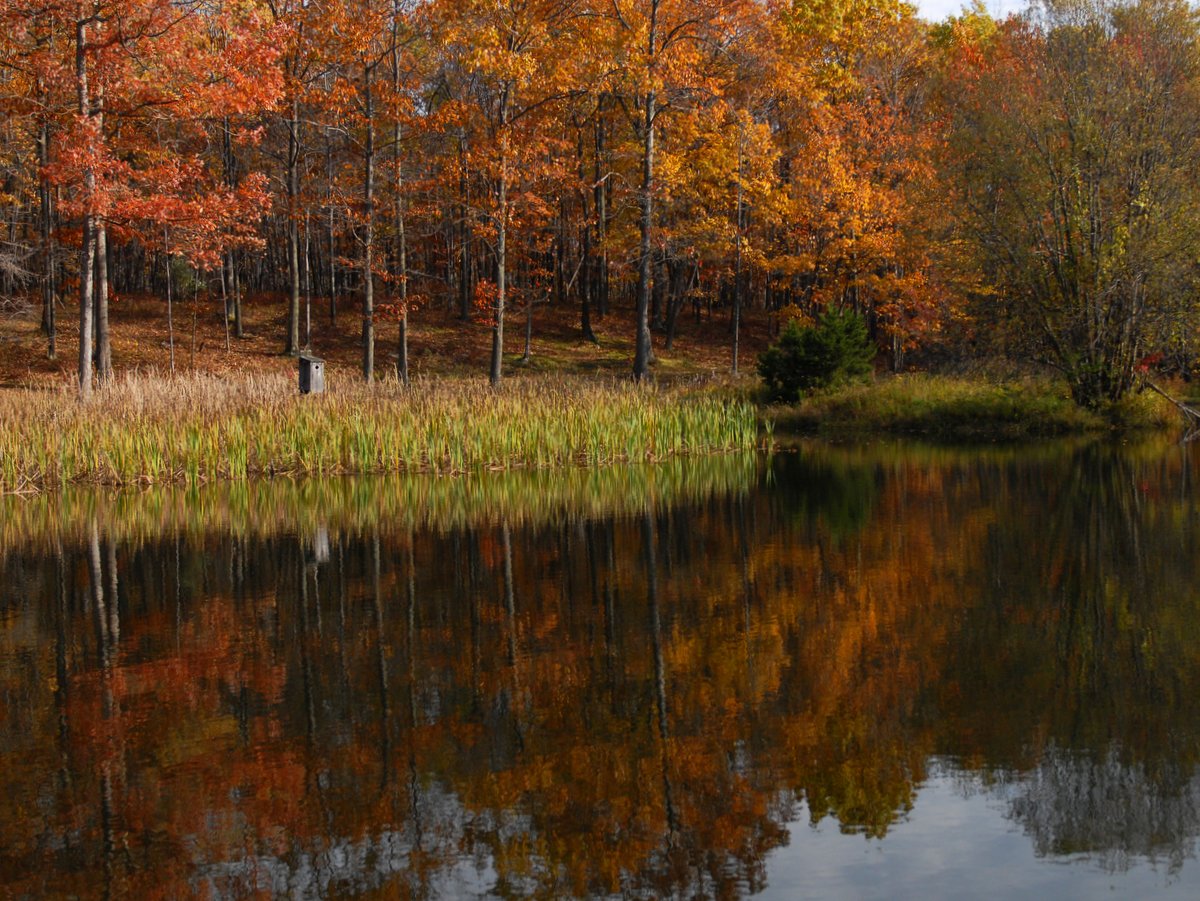
Steege Hill Nature Preserve
The 793-acre Steege Hill Nature Preserve in Big Flats has seven miles of hiking trails and is the Finger Lakes Land Trust’s largest conservation area. Located on a hilltop high above the Chemung River, hikers can choose from a series of connected loop trails for longer or shorter hikes.
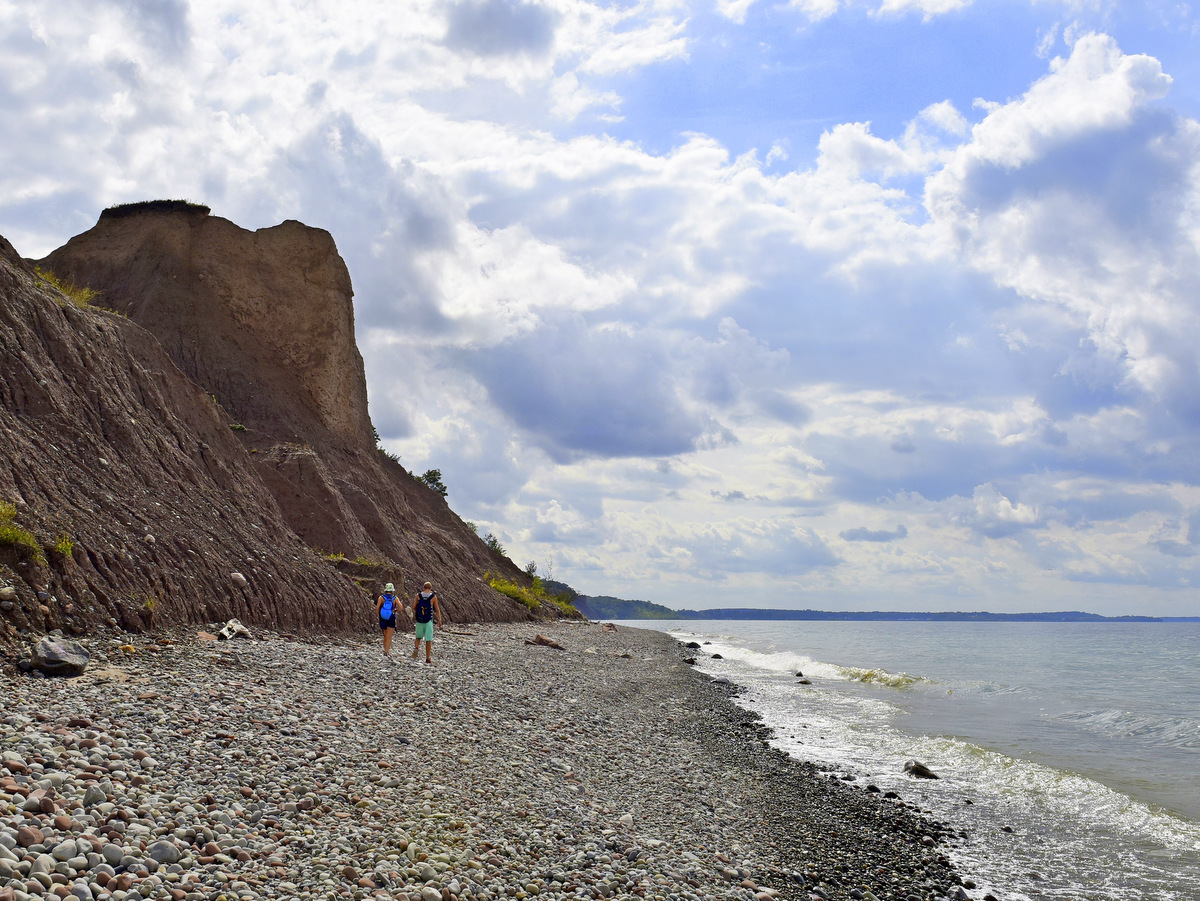
Sterling Nature Center
The 1,150-acre Sterling Nature Center is a true gem for hikers, birders, and outdoor enthusiasts. Open dawn to dusk every day, the nature center has a bit of something for all: 8.5 miles of hiking trails, access to paddle on Lake Ontario and Sterling Creek, bluffs, ocean-like views, a beaver pond, vernal pools, roughly 2 miles of pebble beaches, and birding opportunities that will thrill novices and veterans alike.

Mendon Ponds Park
With over 2,600 acres, Mendon Ponds is the largest park in Monroe County and includes a wide variety of options for outdoor activities including roughly 40 miles of hiking trails, cycling along the network of roads, and canoeing/kayaking. In addition, the park is also home to stunning examples of glacial landforms, a nature center and bird of prey facility, and a butterfly garden.

Tanglewood Nature Center
The Tanglewood Nature Center in Elmira is home to a six-mile trail system. Multiple loops of varying difficulty and length, allow for leisurely strolls in the meadows or more vigorous excursions through the woodland. The trails are peppered with placards that have quotes from Mark Twain whose wit and thoughts help frame our views of nature in new and amusing ways.

Waterman Conservation Education Center
The Waterman Interpretive Center in Apalachin houses a museum, live animal residents, a reference library, a gift shop, educational displays, and classroom space, all open to the public. Hikers can enjoy the 3.6-mile trail system—a collection of loops with intersecting shortcuts so you can plan a trip with varying lengths.
Other places to explore…
Ellis Hollow Nature Preserve
*Please be advised that hunting may be occurring on adjacent properties. We encourage every outdoor enthusiast to wear blaze orange, pink, or another bright color, especially during fall and winter. Doing so will allow you to be seen more easily and from greater distances. Learn more about hiker safety during hunting season.






